The QNAP TS-855X NAS Drive Review
The QNAP TS-855X NAS enters the network-attached storage market promising robust performance and high scalability, targeting businesses and advanced users with substantial data needs. Despite its commendable feature set, the device doesn’t come without its shortcomings. In this detailed review, we’ll navigate through every facet of the TS-855X – from the unassuming packaging to the expansive connectivity options and powerful internal hardware – all the while keeping a keen eye on its potential drawbacks. My objective is to provide a balanced evaluation to help you discern if the TS-855X truly offers the value for money it is asking for! So, today I want to review the new TS-855X private NAS server, drill down to how the brand has taken a different stance on 10GbE and its accompanying hardware this time around and break down its software platform into where its strengths and weaknesses are. Let’s go!
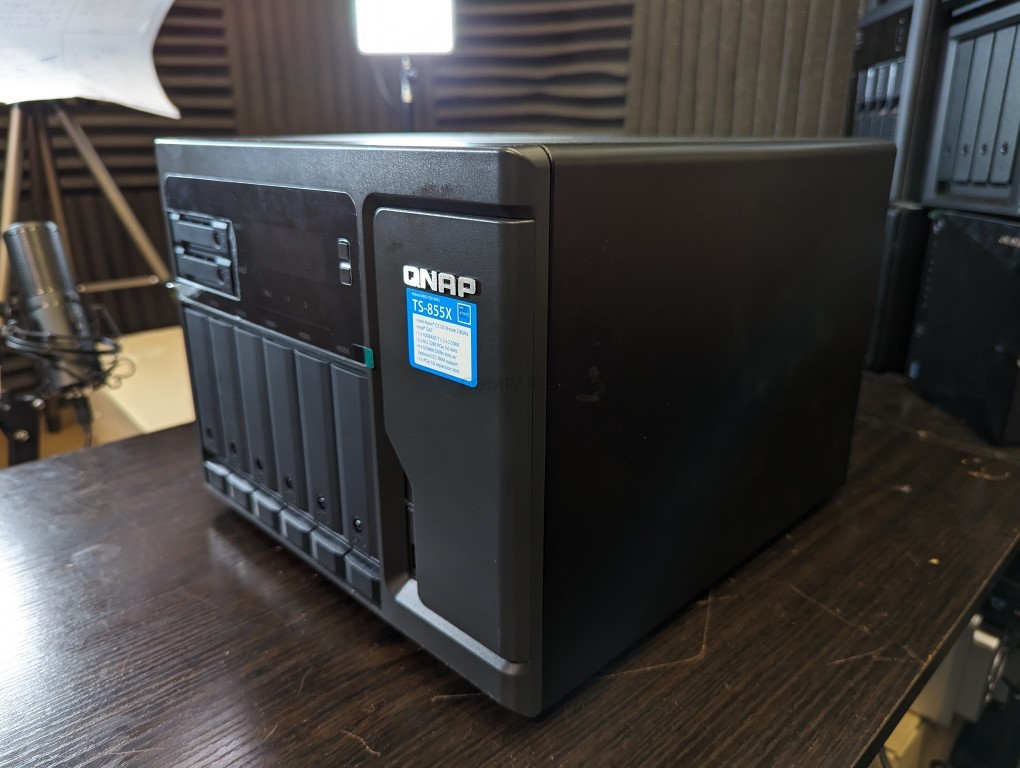
QNAP TS-855X NAS Review – Quick Conclusion
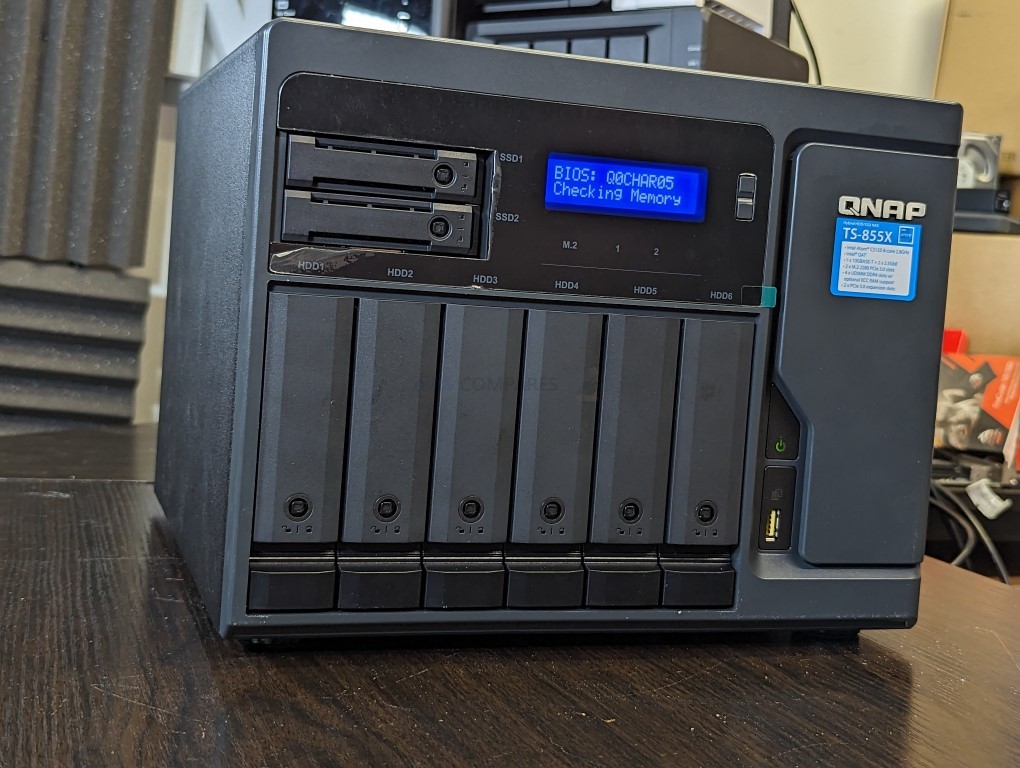
I have to say, I am MOSTLY impressed by how much bang for buck is being included in the TS-855X and although it is not the most powerful device in the market (arguably intentionally, as it favours the more affordable Atom over a xeon), it is a sensible workhorse of a NAS. On the positive side, the QNAP TS-855X NAS comes with numerous strong selling points. The device offers large storage potential, especially with the ZFS file system, making it a powerhouse for data management. The choice of CPU is also sensible, providing a balance between performance and cost-effectiveness. The inclusion of the QTier tool is particularly appealing, adding a layer of efficiency to the storage management. Another big plus is the user-friendly GUI for ZFS in QuTS, making it accessible for users with varying levels of technical expertise. The three-tier storage options and support of ECC memory with a maximum of 128GB further enhance the device’s versatility and potential. Moreover, the TS-855X provides a wealth of expansion options and comes with 8 camera licenses with QVR Pro/QTS. The well-ventilated design contributes to thermal efficiency, ensuring optimal performance, while its support for the latest 22TB and soon-to-be-released 24TB drives future-proofs your investment.
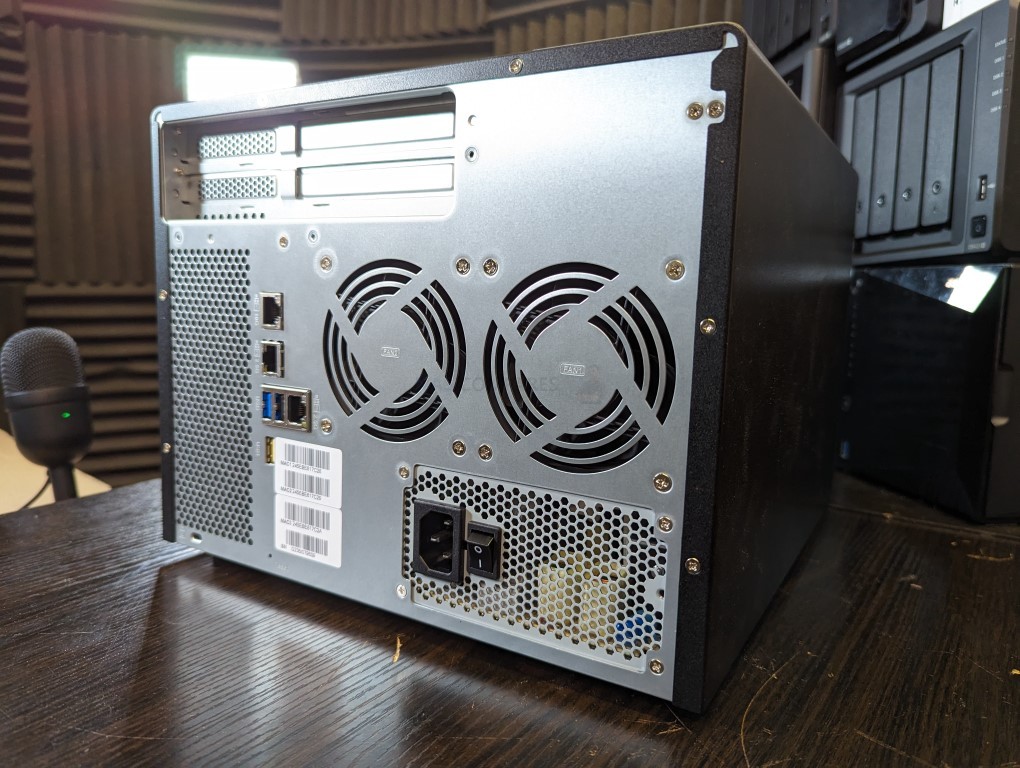
However, the TS-855X is not without its drawbacks. While the two SATA SSD bays provide extra storage options, they would have been better if they were U.2 slots, which offer faster speeds. Although the device supports ECC memory, the initial 8GB memory in the base model is non-ECC, which might not be optimal for all ZFS services. The memory capacity might also be somewhat low for users with intensive data needs. Furthermore, the software can sometimes be inconsistent under heavy use, and it has a steeper learning curve compared to competitors like Synology. Finally, the pricing structure for the TS-855X is a mixed bag. While some users may find the cost reasonable given its features, others might feel it’s a bit steep for what it offers. Therefore, while the QNAP TS-855X NAS offers a plethora of attractive features and strong performance, it’s worth keeping in mind that a spend of a few hundred more dollars opens the door to Intel Core-powered NAS in the TVS-hx74 series or more powerful Xeon triple tiered systems such as the TVS-h1288X. If you want power, but on a budget, it’s a great choice!
Where to Buy a Product





![]()
![]()

VISIT RETAILER ➤






![]()
![]()

VISIT RETAILER ➤






![]()
![]()

VISIT RETAILER ➤






![]()
![]()

VISIT RETAILER ➤
 DEAL WATCH – Is It On Offer Right Now? DEAL WATCH – Is It On Offer Right Now?These Offers are Checked Daily
|
QNAP TS-855X NAS Review – PACKAGING & ACCESSORIES
The retail packaging for the QNAP TS-855X NAS doesn’t stand out in terms of visual appeal, but it certainly does its job. Its dull exterior can be described as ‘functional chic’, focusing more on substance than style. Even so, the packaging is impressively solid, providing a sense of reassurance that the NAS device within is well-protected during transit.
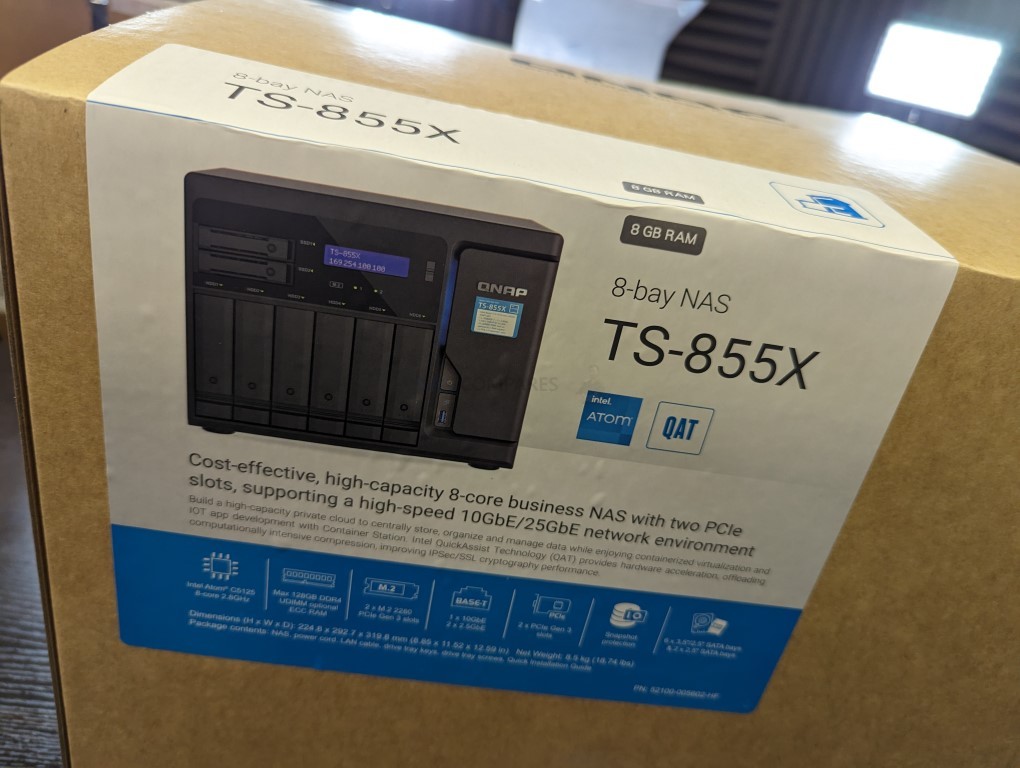
When it comes to the internal protective packaging, it boasts a sturdy and solid construction made of a hard foam structure. This robust internal packaging is designed to effectively cushion the NAS, further enhancing the protective aspects of the packaging and ensuring that the device reaches the user in impeccable condition.
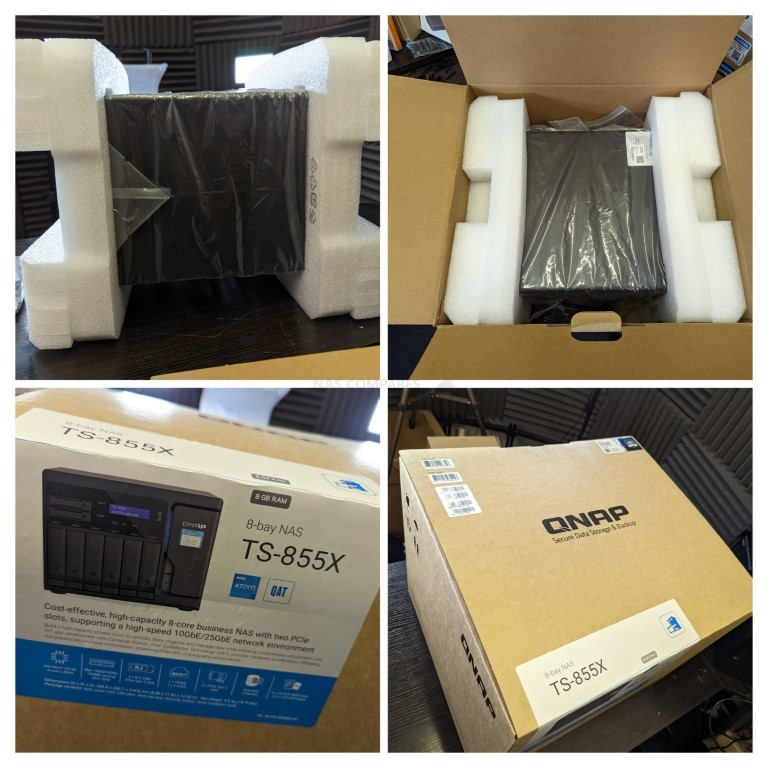
As for the accessories, they include ethernet cables, an external mains cable, screws, m.2 heatsinks, tray keys, an instruction manual, and warranty information. These accessories may not be the most exciting, but they are certainly practical, providing you with all the necessary components to set up and start using your NAS right out of the box.
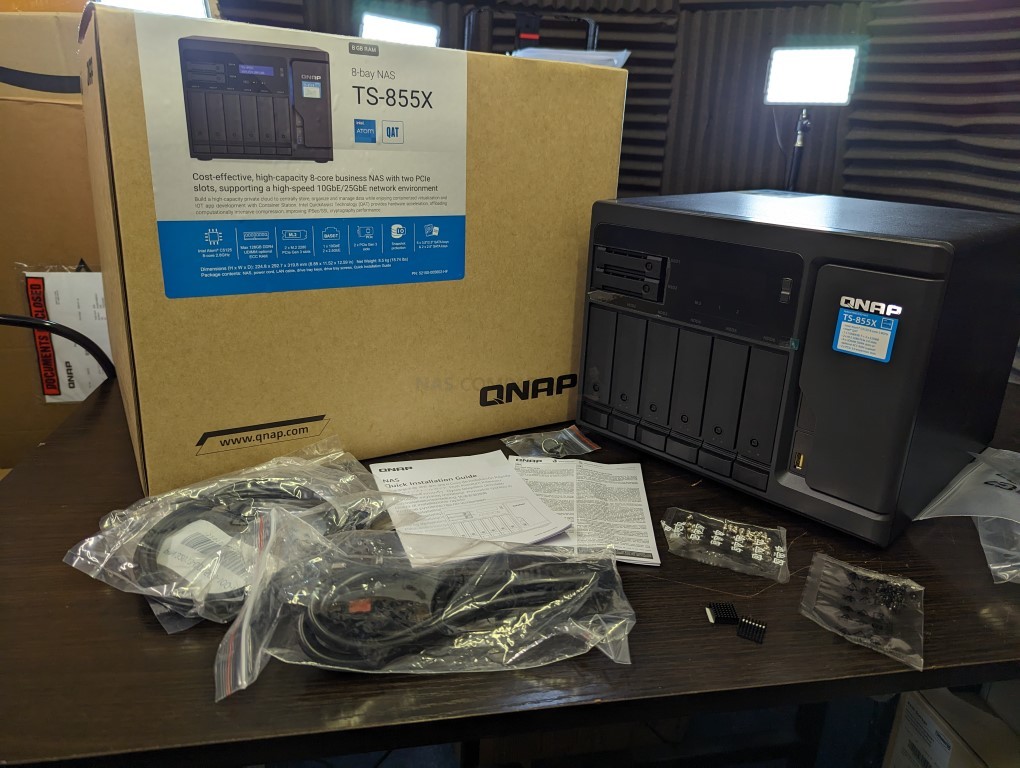
A noteworthy inclusion is the heatsinks for the M.2 NVMe slots within the QNAP TS-855X NAS. Although it may seem like a small addition, it’s an incredibly useful one. These heatsinks will play a significant role in maintaining optimal operating temperatures for your M.2 NVMe SSDs, which is especially beneficial for intensive workloads.
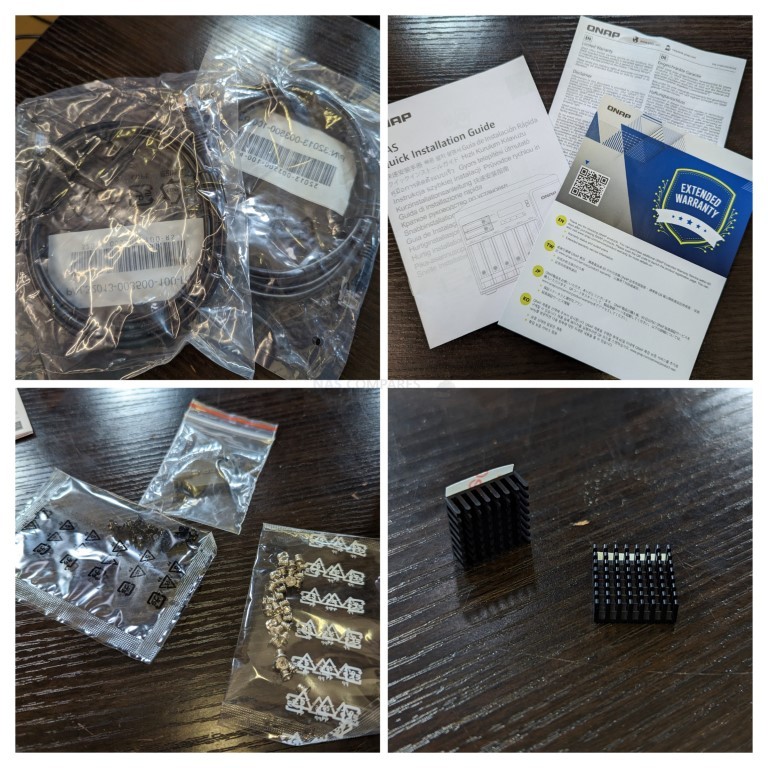
The overall packaging design strikes a perfect balance between protection and functionality. While the packaging and included accessories might be considered somewhat mundane by some, they include everything necessary for setting up and operating the NAS. This focus on utility over aesthetics makes the unboxing process a smooth and satisfying experience.
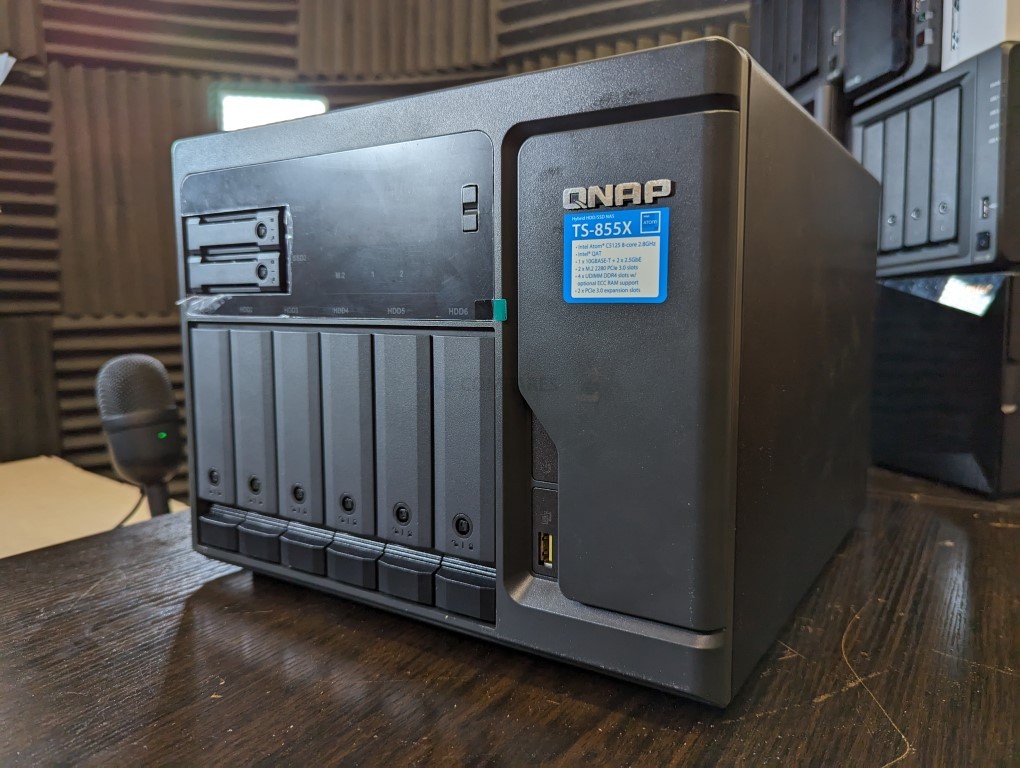
QNAP TS-855X NAS Review – Design
The QNAP TS-855X NAS chassis is sizeable, with dimensions of 231.9 × 292.9 × 319.8 mm. Its metallic structure gives it a hefty, robust feel, suggesting that it’s built to last and can handle the rigors of intensive data management.
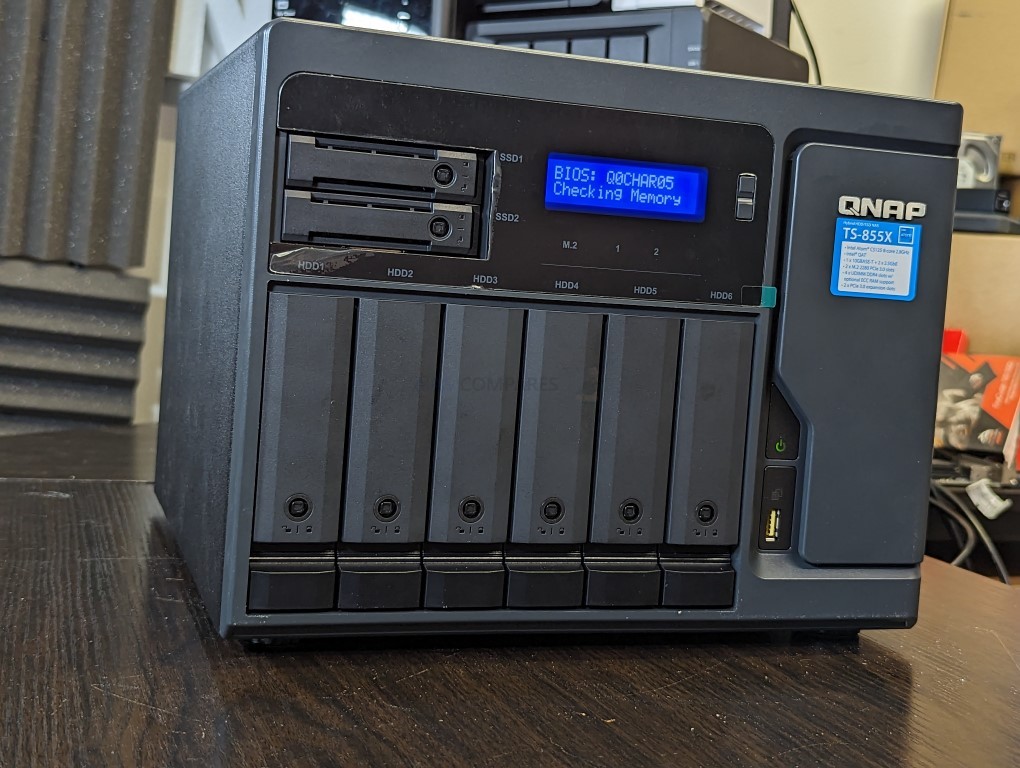
As for the ventilation system, it’s clear that a lot of thought has been put into its design. There’s abundant ventilation on the front around the trays, a large side vent panel, extensive ventilation on the bottom, and additional ventilation on the rear of the casing around the two main active fans. This comprehensive cooling system ensures efficient thermal management, which is crucial for maintaining the longevity and performance of your drives.

The TS-855X NAS also features an LCD control panel, which provides real-time system information. This includes system temperatures, LAN addresses, and system warnings. Having this level of information readily available at a glance makes for a more user-friendly experience and allows for better system management.
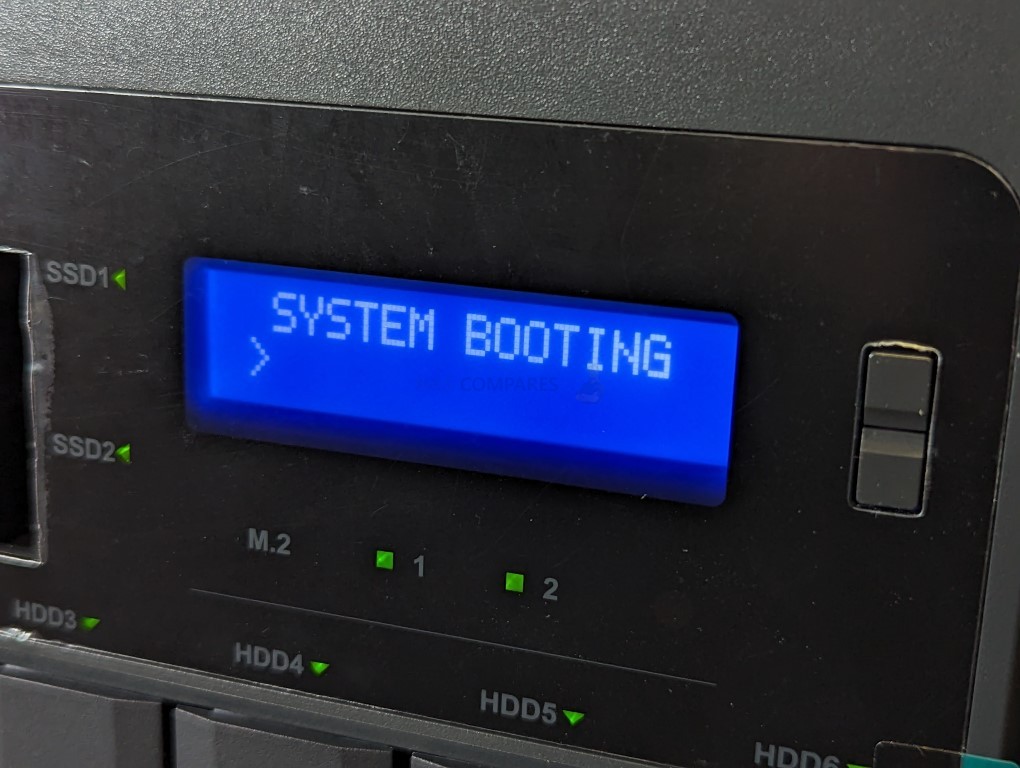
Each empty bay of the TS-855X, which includes six SATA HDD and two SATA SSD bays, comes equipped with a plastic tray that requires no screws to secure the drives. This screwless design makes installing and replacing drives a breeze, adding to the overall user-friendly design.

Each bay features a dedicated LED light that indicates drive access and health. These LED indicators can have their brightness increased or decreased as per your preference. This offers an easy visual cue to help you keep track of drive performance and access.
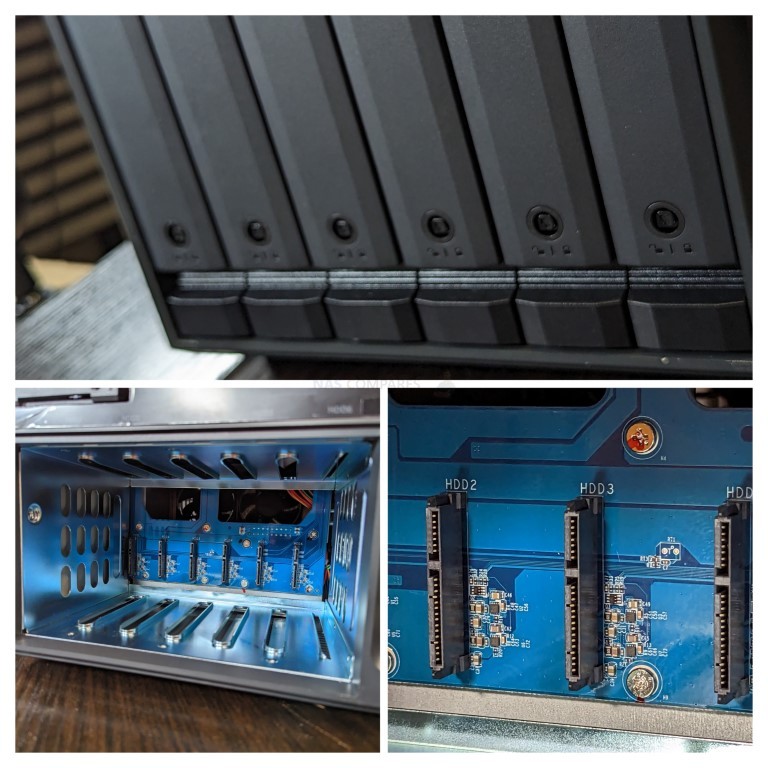
Moreover, each bay is lockable, offering an added level of security for your drives. This can be particularly useful in shared environments, providing a physical deterrent against unauthorized drive removal.

The TS-855X is quite flexible when it comes to drive configuration. You can operate the system with as few as a single SATA drive, or you can choose to partially or fully populate the bays. This scalability ensures the NAS can adapt to your storage needs as they evolve.
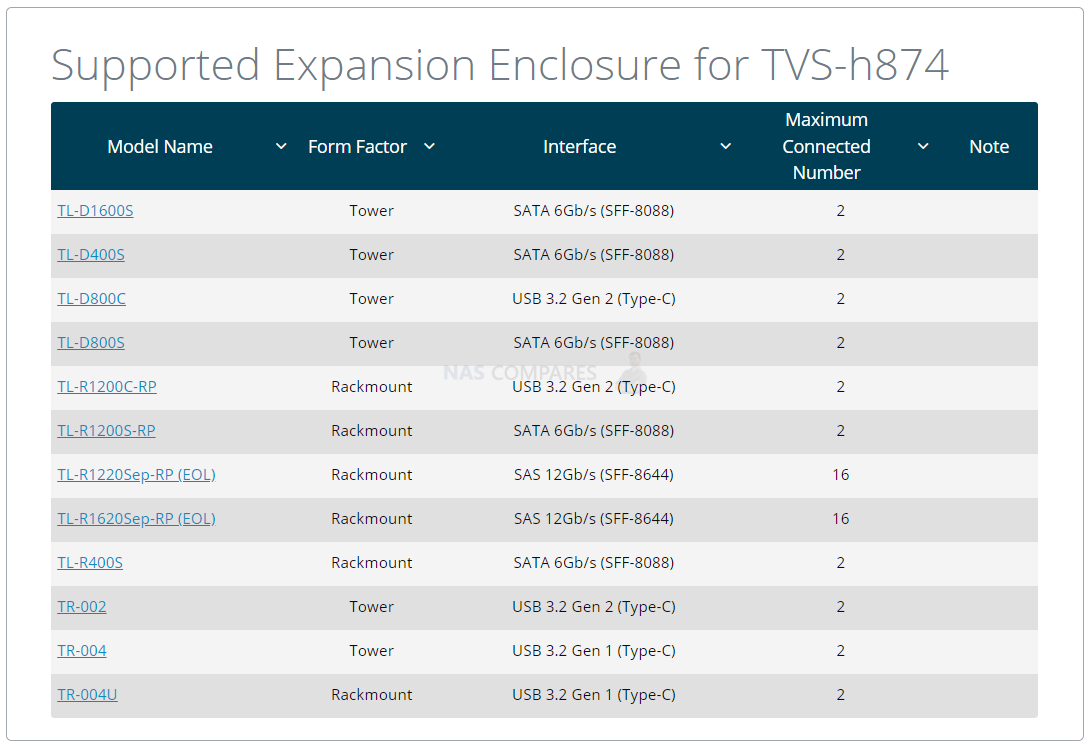
Additionally, you can attach up to two expansion devices from QNAP to the TS-855X. These expansion devices range from 2-bay and 4-bay models to larger 16-bay models and even daisy-chainable rackmounts. This flexibility allows for considerable storage expansion possibilities, ensuring your NAS can grow along with your data requirements.
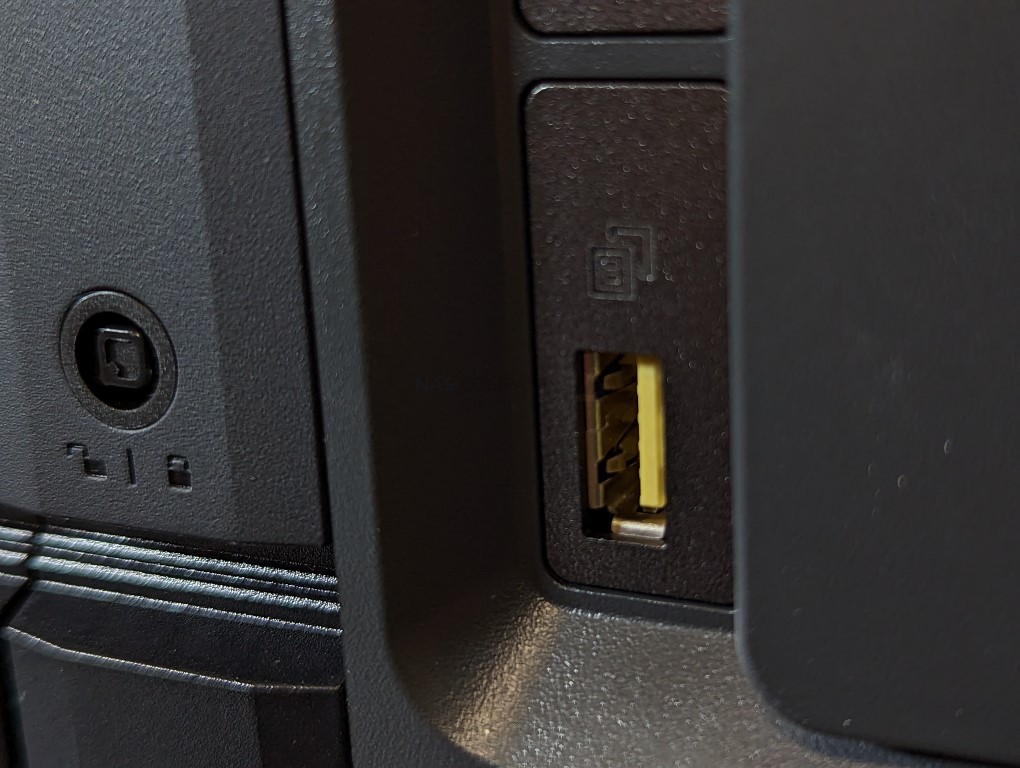
There is a front-mounted one-touch button USB port available for local backups on the TS-855X. This convenient feature enables straightforward local backups, adding to the overall versatility of the system.
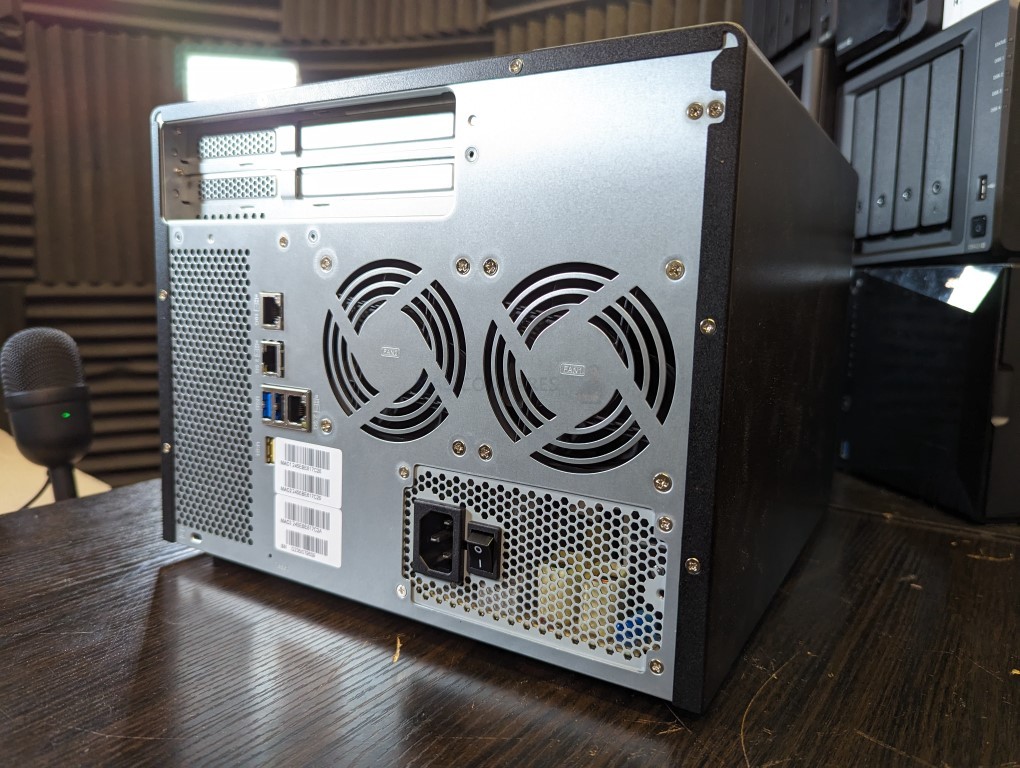
QNAP TS-855X NAS Review – Ports & Connections
In terms of connectivity, the QNAP TS-855X NAS brings a variety of options to the table, even if it feels a bit oriented towards business needs.
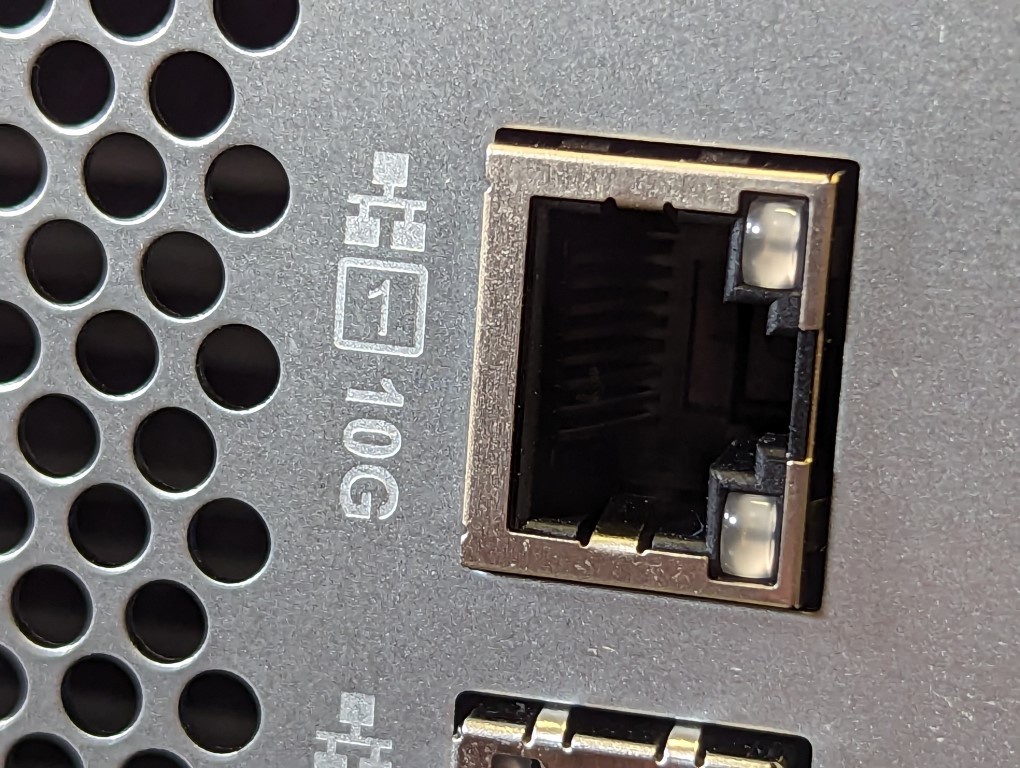
It offers a 10GbE copper port, which is directly available and not via a PCIe card. This high-speed network connection allows for rapid data transfer, making it ideal for businesses or power users with demanding data needs.
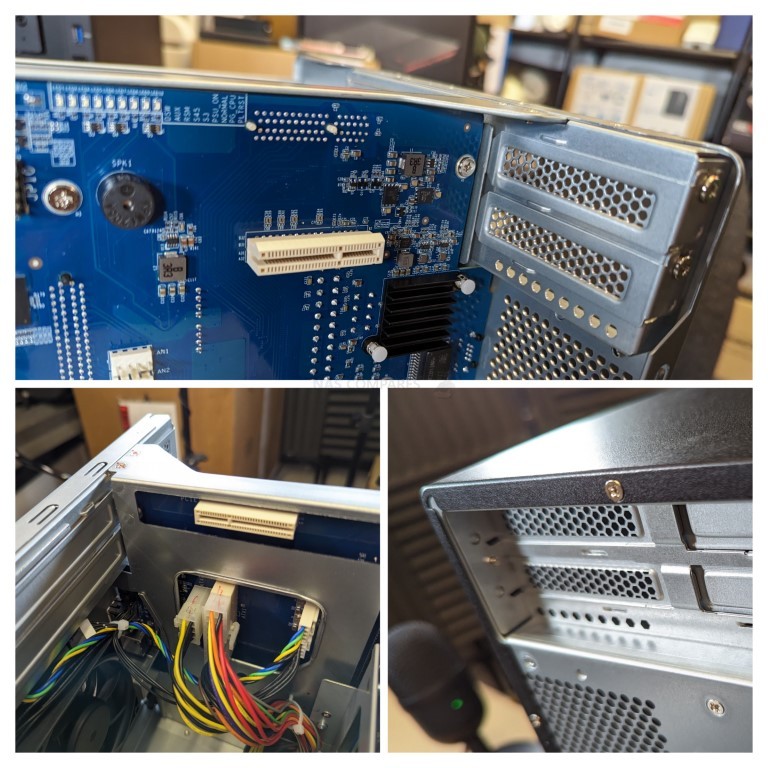
There are two Gen 3×4 PCIe slots available for adding upgrade cards. These slots can be utilized for various additions, including 10GbE, 25GbE, NVMe Storage Upgrade cards, and more. This provides the user with considerable expansion possibilities, catering to potential future upgrade requirements.
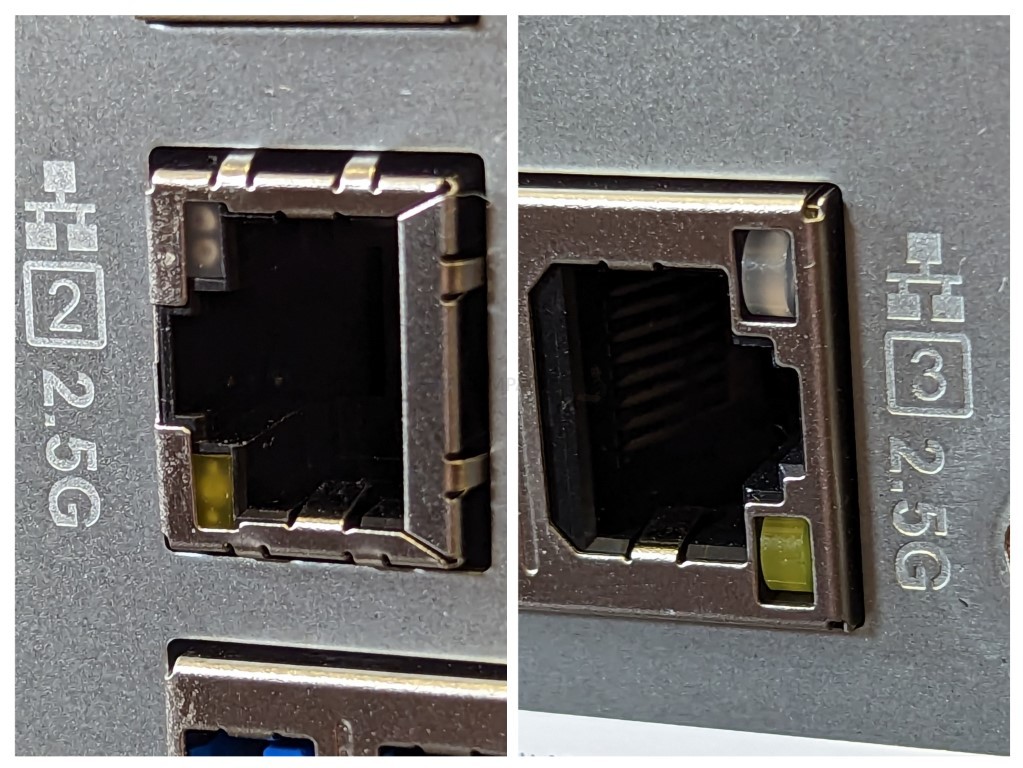
The TS-855X also comes with two 2.5GbE ports, which support SMB Multichannel. With these ports, the system can provide a potential 15GbE of network connectivity on day one, with lots of room for increased bandwidth later on.
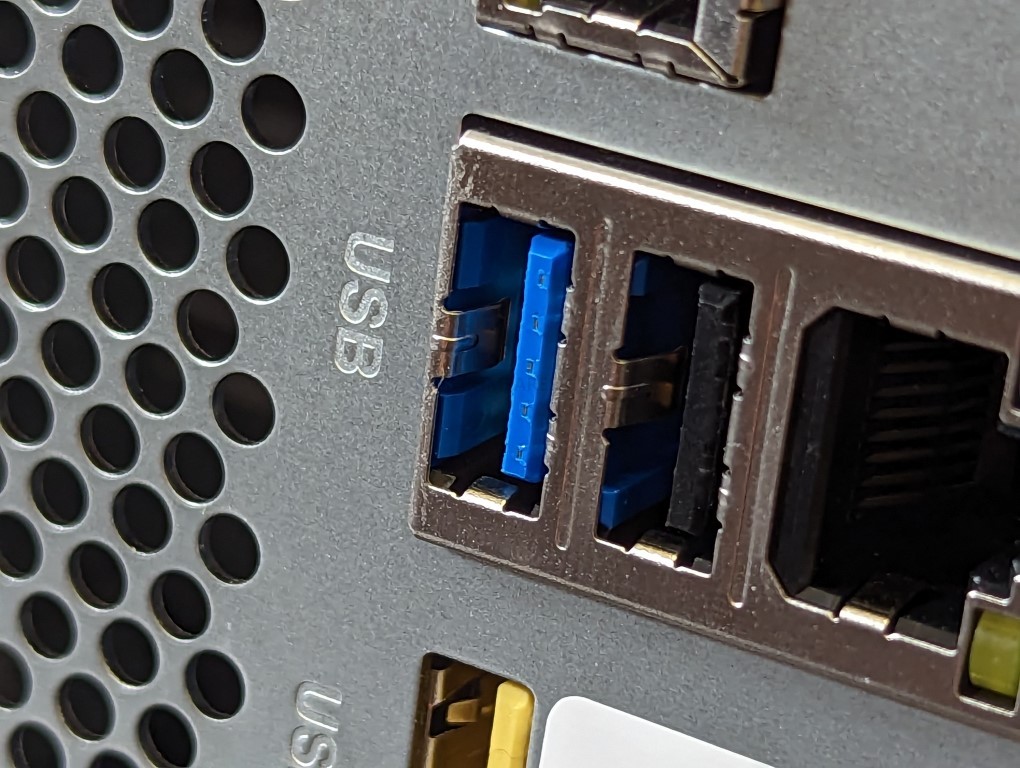
Additional connectivity options include two USB 3.2 Gen 1 Ports, which can be used for external storage drives, network adapters, office appliances, UPS’, and the previously mentioned QNAP expansion devices. This wide variety of connectivity options positions the TS-855X as a highly versatile and adaptable NAS solution.
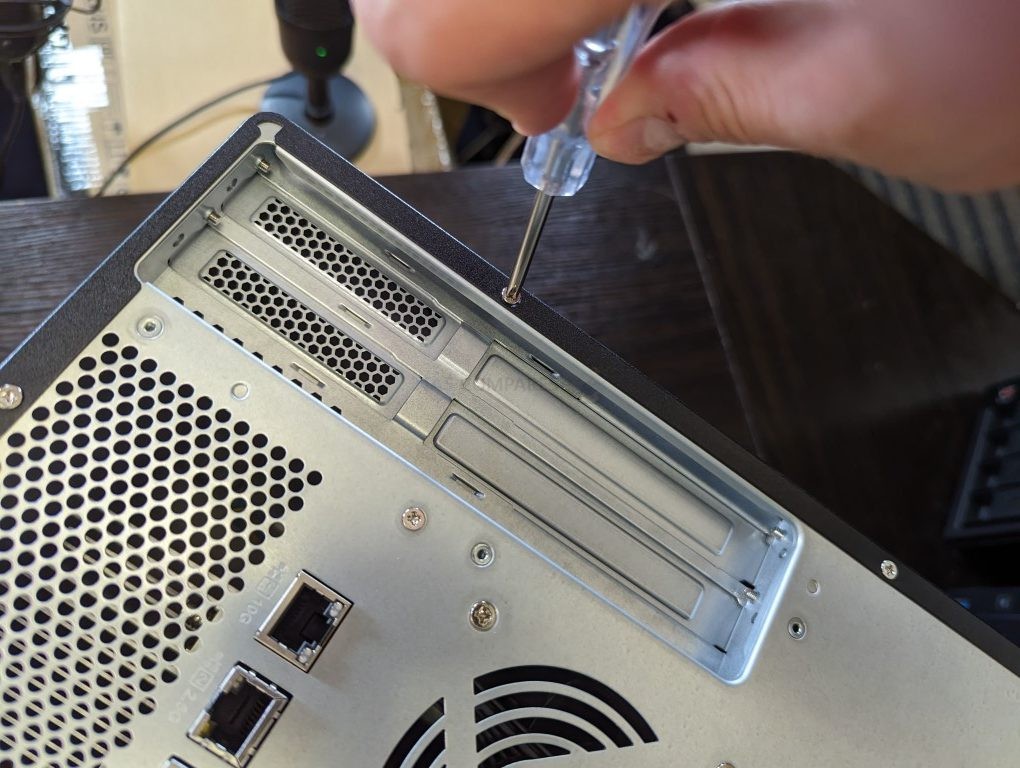
QNAP TS-855X NAS Review – Internal Hardware
At the heart of the QNAP TS-855X NAS is an Intel Atom C5125 8-core processor, with each core operating at a clock speed of 2.8GHz. This CPU is a reasonable and affordable alternative to a Xeon Processor, bringing a solid balance between performance and cost-effectiveness.
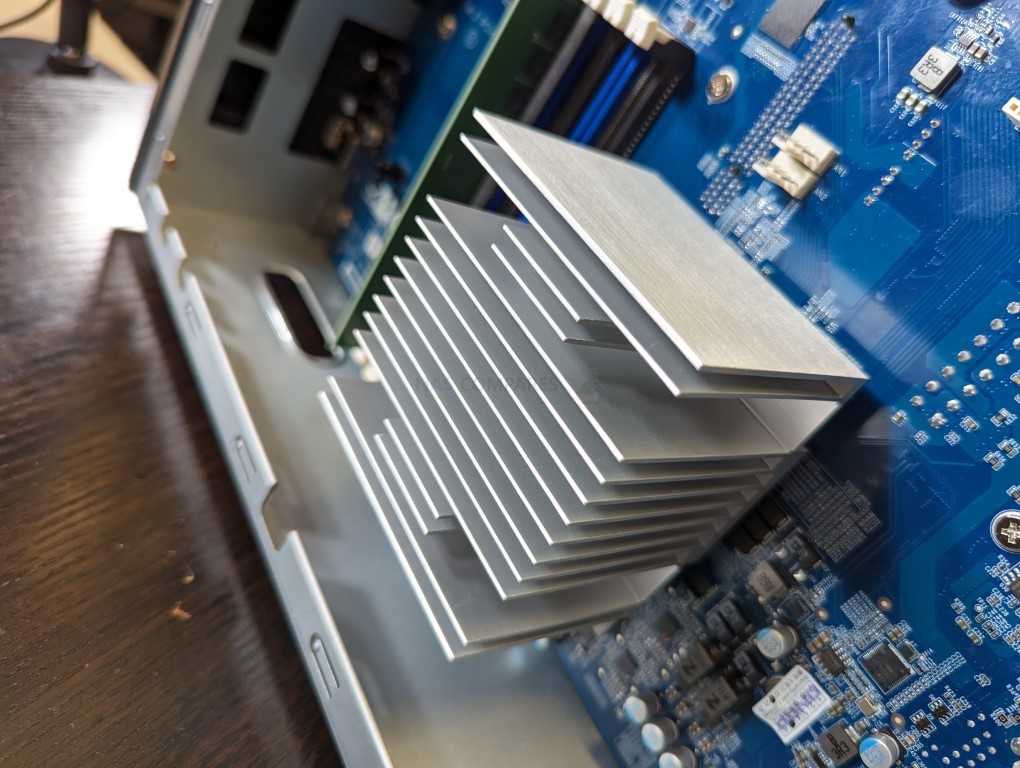
This CPU allows the TS-855X to deliver impressive performance, achieving up to 3,500MB/s sequential read and 2,200MB/s sequential write with SATA SSDs and 25GbE network upgrades. These figures demonstrate the power of the TS-855X, which is well-suited for handling demanding tasks such as large file transfers, streaming high-definition content, or running intensive server applications.
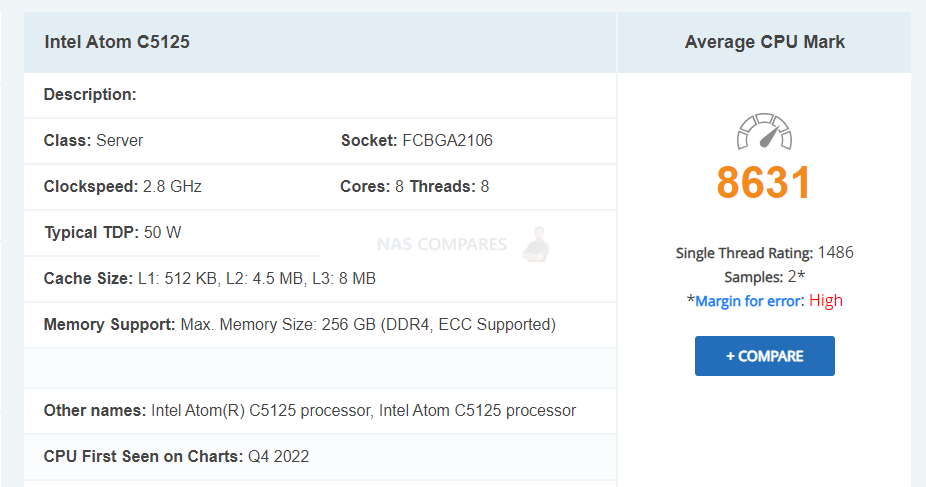
The NAS arrives with 8GB of UDIMM Memory that can be upgraded over 4 slots up to a maximum of 128GB. This expanded memory capacity will be particularly beneficial for tasks that require a lot of RAM, such as running virtual machines, managing large scale databases, and handling dedicated flash storage.
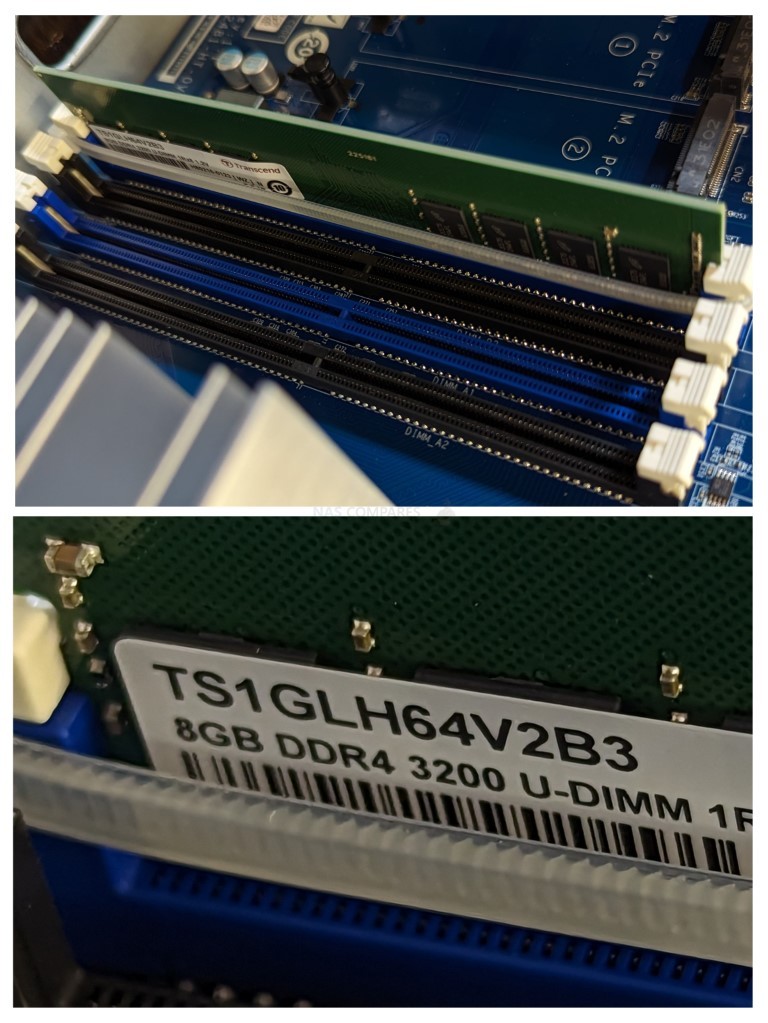
The CPU of the TS-855X supports ECC memory. However, to keep the cost of the NAS at an affordable range of $1300-1400, ECC memory is not included by default. This compromise allows QNAP to offer the TS-855X at a more competitive price, while still providing the option for users to upgrade to ECC memory if needed.
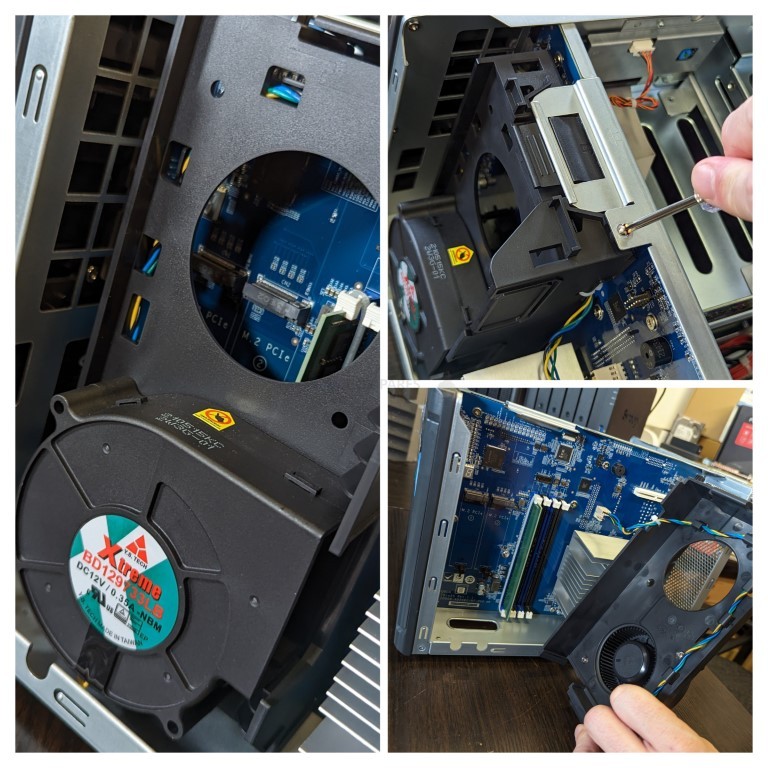
Apart from the 6 HDD bays and 2 SSD bays, the QNAP TS-855X NAS also incorporates 2x NVMe SSD Bays inside. This additional storage option introduces an extra level of versatility to the system’s storage configuration, opening up new possibilities for performance enhancement.
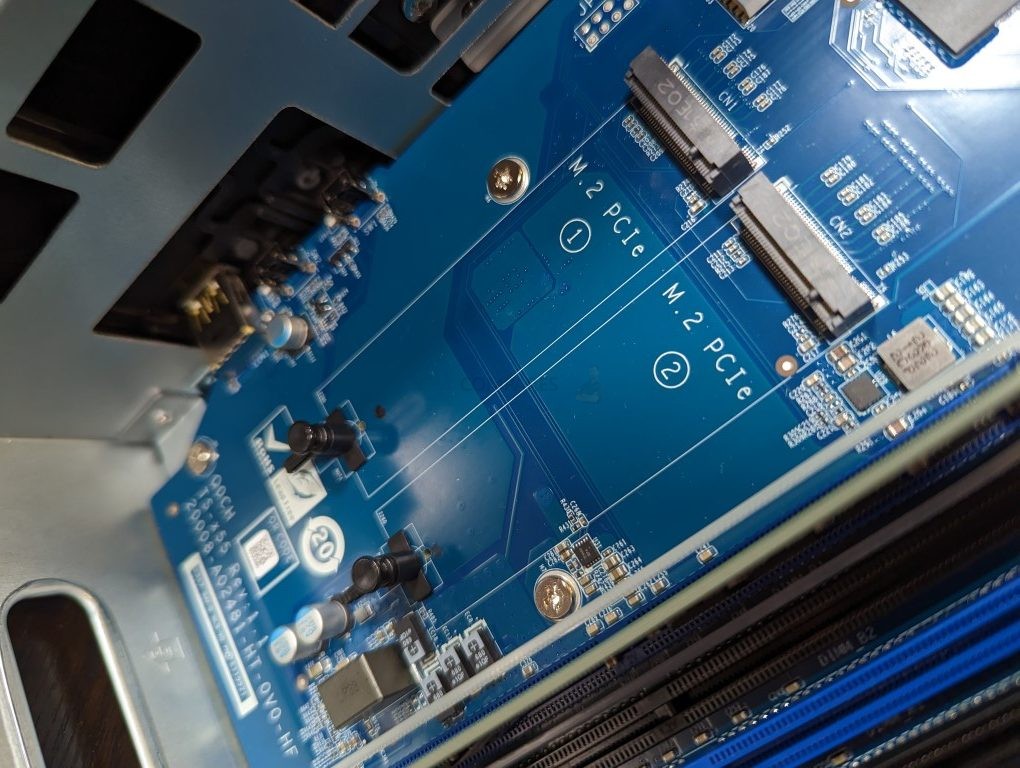
These M.2 NVMe Bays are 2280 PCIe Gen 3×4 and allow the TS-855X to function as a three-tier storage system, supporting caching and QTier. This three-tier system enables the NAS to efficiently manage and distribute data across different types of storage media, optimizing performance and storage efficiency. The M.2 NVMe Bays can also be used for storage pools with drives OR for AI upgrade cards like the Google Coral or NPU upgrades. This provides users with even more options for enhancing the capabilities and performance of the TS-855X.
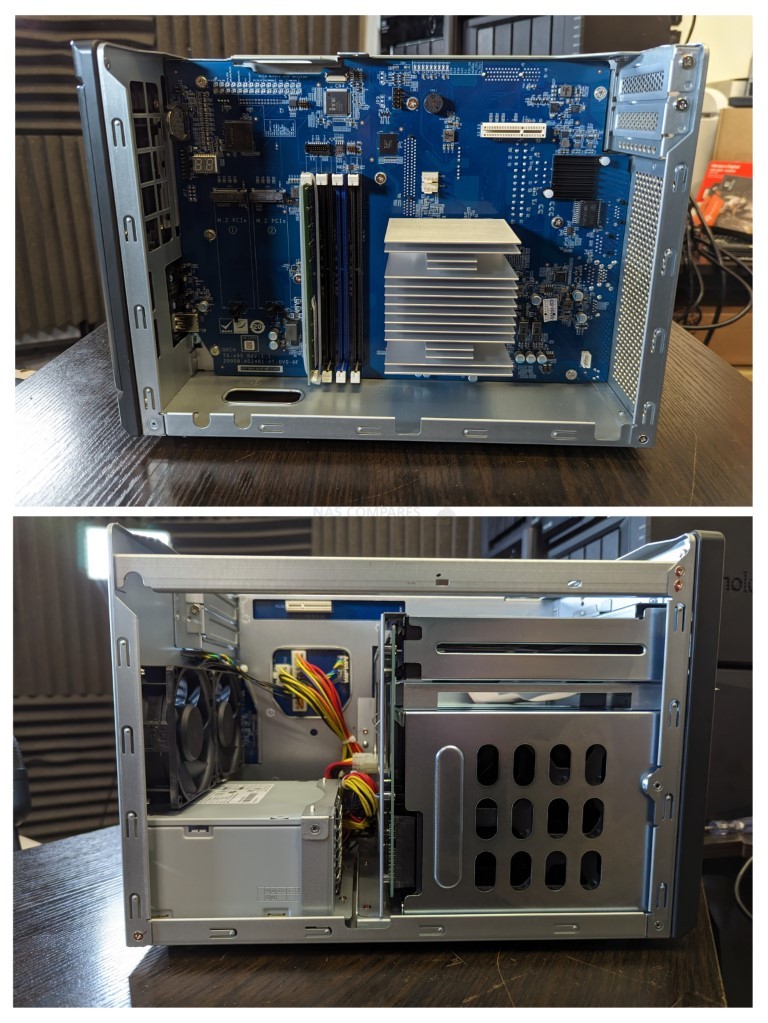
The good news is that unlike Synology and its inclusion of M.2 NVMe SSD slots, the 2280 slots inside the QNAP can be used for more than just read/write caching. The use of SSD caching to provide performance benefits to a slower, but larger and more affordable Hard Drive RAID away are quite well established in the NAS industry, using the SSD space to either write files to the system faster (acting as the primary write area, before moving the data) or increase the speed of accessing commonly requested files on the NAS (making copies of those files onto the SSDs, though largely tiny files are optimized and do not really affect larger block/sequential data). However, though the QNAP TS-855X supports SSD caching on these bays, it also supports their use in QTier. This is similar to caching but in QTier the available HDD and SSDs are combined into a single storage area and it intelligently moves files periodically to the appropriate storage media as it analyzes their access and requests. Finally, if you wish, you can use the NVMe SSD bays for just a fast accessing and performing storage pool and volumes of it’s own. These two bays, plus the main SATA HDD bays, plus adding a PCIe SSD storage card in an available slot means that the TS-855X has enormous storage potential. These m.2 bays can also be used for system upgrades, but these are still quite few in reality and it is only the google TPU m.2 upgrade that increases AI system processes that is recommended in 2023 so far.
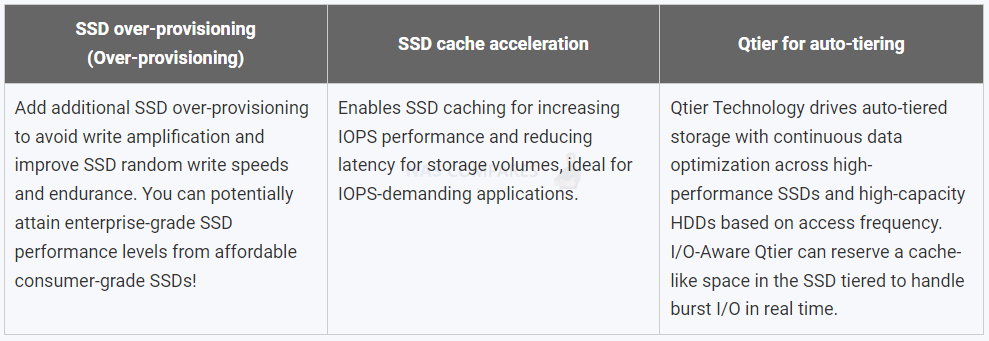
Finally, despite the size of the TS-855X NAS, the interior is surprisingly spacious. The clever design allows for excellent airflow within the chassis, contributing to efficient cooling and optimal performance. This thoughtful design ensures that the TS-855X can handle even the most demanding tasks while maintaining a high level of reliability and durability.
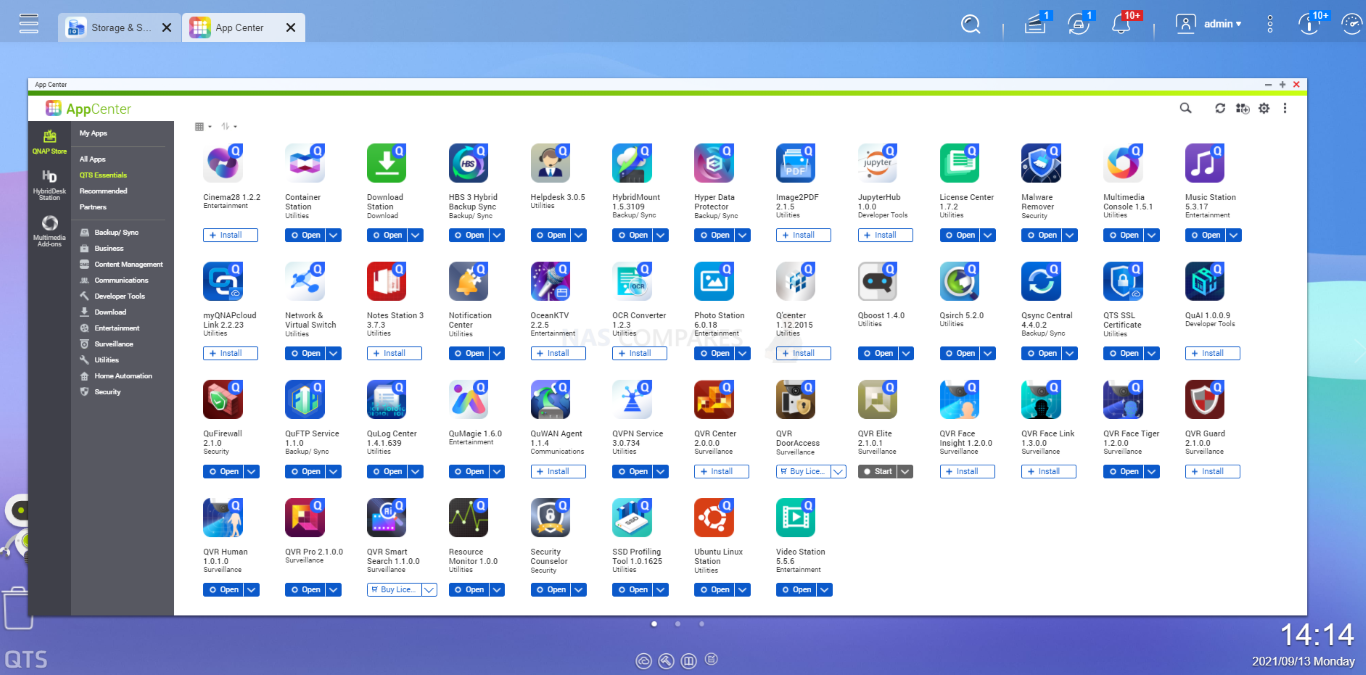
]QNAP TS-855X NAS Review – Software & Services
Alongside the hardware of the TS-855X NAS, you also receive the complete software and services package of QNAP QTS (currently in version 5.0). This is a complete operating system. similar in design and presentation to Android OS, it runs hundreds of applications, services and functions, as well as arriving with many mobile and desktop client applications that allow you to interact with the data on your NAS in a much more tailored way. Alongside this, the QNAP QTS software on the TS-855X also includes a few extra SSD tools for anti-wearing on SSDs, better SSD profiling and even options to separate the media into storage, caching or tiered storage where appropriate. The performance and services of QTS have been covered many times on this channel, so reviewing it’s individual performance on the TS-855X NAS is a difficult task, as we have to look at two key things. Is QTS a good software platform and is QTS 5.0 a substantial update on QTS 4.5?
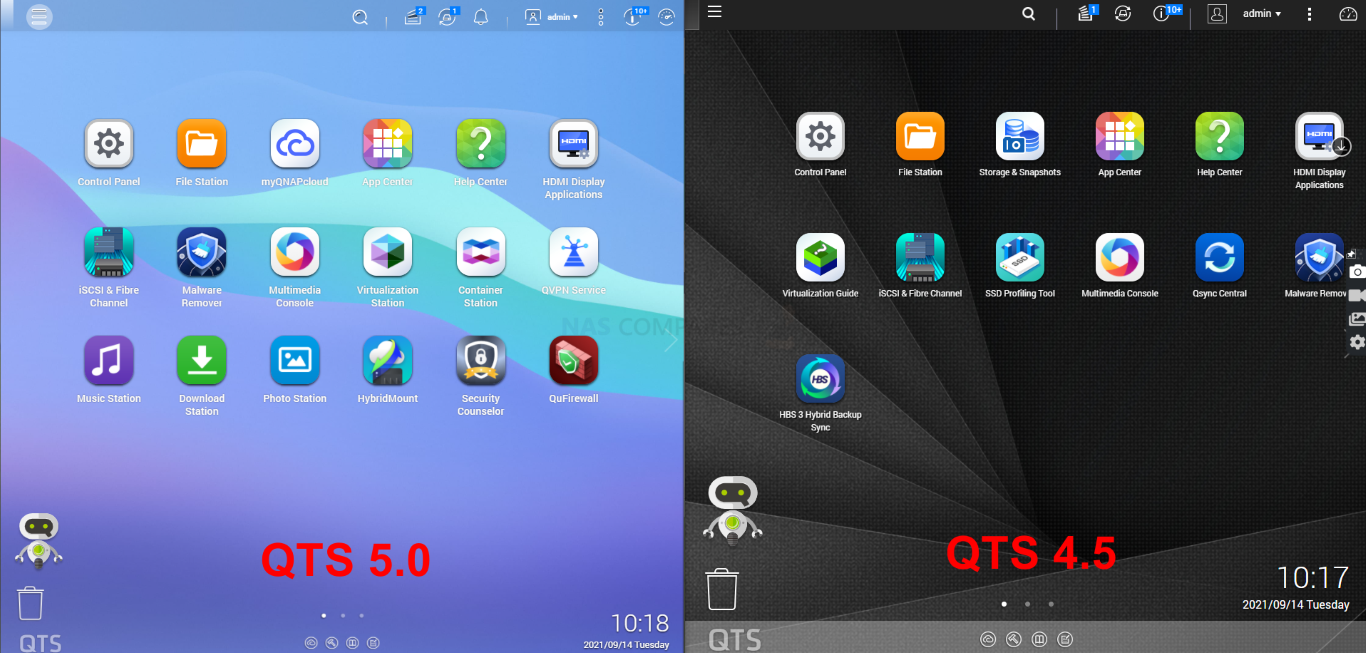
On the first score, I can comfortably say that QNAP NAS software and services have truly come into their own and the balancing act of supplying the end-user with the flexibility to use the system ‘their way’, whilst still keeping it user-friendly is the best it has ever been. Is it perfect, no. In its efforts to make itself customizable in every way possible, QTS develops an inadvertent learning curve that may catch some novice users unaware. Likewise, although QTS 5 has done a lot of work on its presentation of information and notifications, there is still the odd moment of ‘TMI’ when switching between services on the fly. QNAP’s NAS software is still easily one of the most adaptable in the market right now and allows users to have a truly unique storage environment if they choose and although not quite as user-friendly as Synology DSM, it counters this by being fantastically flexibly by comparison (from file/folder structure to 3rd party services support and connectivity). That said, 2020-2021 were a bumpy road for the brand and a series of ransomware attacks were targetted at the brand that was caused by a combination of vulnerabilities in Linux (which practically all NAS and Android software is built upon) but also in how applications in the QNAP platform were allowed to have external access. In previous revisions of QTS, customization and guidance for changing settings on the system was made very easy and open but lacked a lot of the gravitas and significance that these changes ade to the system being highlighted to less experienced users (such as allowing the QNAP to adapt remote ports on your router over UPnP and how the HBS3 program allowed remote access. These omissions, vulnerabilities and communication issues in QTS have seemingly been resolved and QTS 5 seems to be a much tighter system on the whole (as much as anything can be once you open it to the internet). But many users still feel that the brand needs to do more and therefore until QNAP can remove the lingering stories of ransomware and malware over time, this si always going to be an existing sensitive issue for buyers. In order to see the extent of the latest version of QNAP TS 5.0 use the links below to the written review and video below released in late 2021:
| FULL Written QNAP QTS 5 Review | FULL Video Review of QNAP QTS 5 |
 |
Although the full review of QNAP QTS is available in the article and video linked above, let’s discuss the highlights of the platform. First off there are the software and services for managing files and folders on the fly. QTS includes several tools for managing files in your web browser (with full copy, paste, archive, extract, sharing, etc options built-in), as well as smart system/file search functionality.
The security when using your TS-855X NAS (again, a continued area of contention and criticism for QNAP in the past) in terms of customization and alerts have been noticeably improved and upgraded in both their deployment and presentation in QTS. These range from a multi-layered security advisor to control anti-malware scans, anti-virus schedules, firewall monitoring and more. There is also a range of access and security credential tools that are quite far-reaching all built-in. With QNAP having to prove its platform is safe more than most, there is a bit shift positively in this direction in the latest versions of QTS.
Overall storage management, access, mounting and how this factors into backups have also been massively diversified in QTS and along with numerous means to create a very unique storage system (factoring RAID, multi-stage 1-2-3 backups, connecting with cloud drive/objects and how this is presented to the end-users are incredibly deep. It can lead to a situation in which the end-user is a pinch overwhelmed, but you cannot say that QNAP is not providing the tools – they are just almost TOO numerous in their presentation.
The same goes for multimedia handling on the QNAP TS-855X, with a wide range of tools for handing photos, music and video in a tailored GUI to each media type. This is made considerably easier with QNAP’s multimedia console tool that provides a single GUI that can be used to handle all the backend setup of all your individual media apps. QNAP also provides AI photo recognition to allow decades of photos to be searched intelligently for people and subjects to quite an impressively deep degree (not needing internet access to do so, with the AI onboard the system). Then you have support for a wide range of 3rd party multimedia tools such as Plex media server, Emby, Twinky and Kodi (unofficially).
Then you have business tools (small, medium or even enterprise) included that can range from the deployment of multiple virtual machines across many platforms and a dedicated 1st party container deployment tool. One very unique feature of QNAP QTS compared with other NAS brands in their deployment of VMs is that they include 2-3 click download options in their respective applications that allow you to download ready to use VM in Windows 7,8 and 10, as well as a VM market place for more enterprise virtual clients and even a Ubuntu 18/19/20 VM deployment tool that allows you to quickly set up a VM and then access remotely OR use the HDMI+KVM set up locally. The container station tool also has its own pre-built tool repository too.
Finally, for surveillance use, the TS-855X arrives with QVR Pro which allows you to have a business-class surveillance platform hosted on your NAS. This platform has its very own GUI that supports thousands of IP Camera brands, as well as the software arriving with 8 camera licenses with the TS-855X, a multi-camera feed display, intelligent alerts, AI services (hardware appropriate), multiple client tools for mobile/desktop clients, integration of 3rd party system management tools and you can even attach USB cameras to your QNAP NAS and have local cameras fed into the NAS too.
So, software on the QNAP TS-855X is pretty diverse and although the brand has seen its fair share of security complaints in the past, I think that it would be hard for me to ignore the range of NAS hardware configuration, services and tools that are included. Tests of the QNAP TS-855X on how it performs as a Plex Media Server, host for Virtual Machines and more will be conducted shortly over on NASCompares YouTube channel. I recommend visiting there to learn more. Below is the video review for the QNAP TS-855X NAS
QNAP TS-855X NAS Review – Conclusion & Verdict
I have to say, I am MOSTLY impressed by how much bang for buck is being included in the TS-855X and although it is not the most powerful device in the market (arguably intentionally, as it favours the more affordable Atom over a xeon), it is a sensible workhorse of a NAS. On the positive side, the QNAP TS-855X NAS comes with numerous strong selling points. The device offers large storage potential, especially with the ZFS file system, making it a powerhouse for data management. The choice of CPU is also sensible, providing a balance between performance and cost-effectiveness. The inclusion of the QTier tool is particularly appealing, adding a layer of efficiency to the storage management. Another big plus is the user-friendly GUI for ZFS in QuTS, making it accessible for users with varying levels of technical expertise. The three-tier storage options and support of ECC memory with a maximum of 128GB further enhance the device’s versatility and potential. Moreover, the TS-855X provides a wealth of expansion options and comes with 8 camera licenses with QVR Pro/QTS. The well-ventilated design contributes to thermal efficiency, ensuring optimal performance, while its support for the latest 22TB and soon-to-be-released 24TB drives future-proofs your investment.
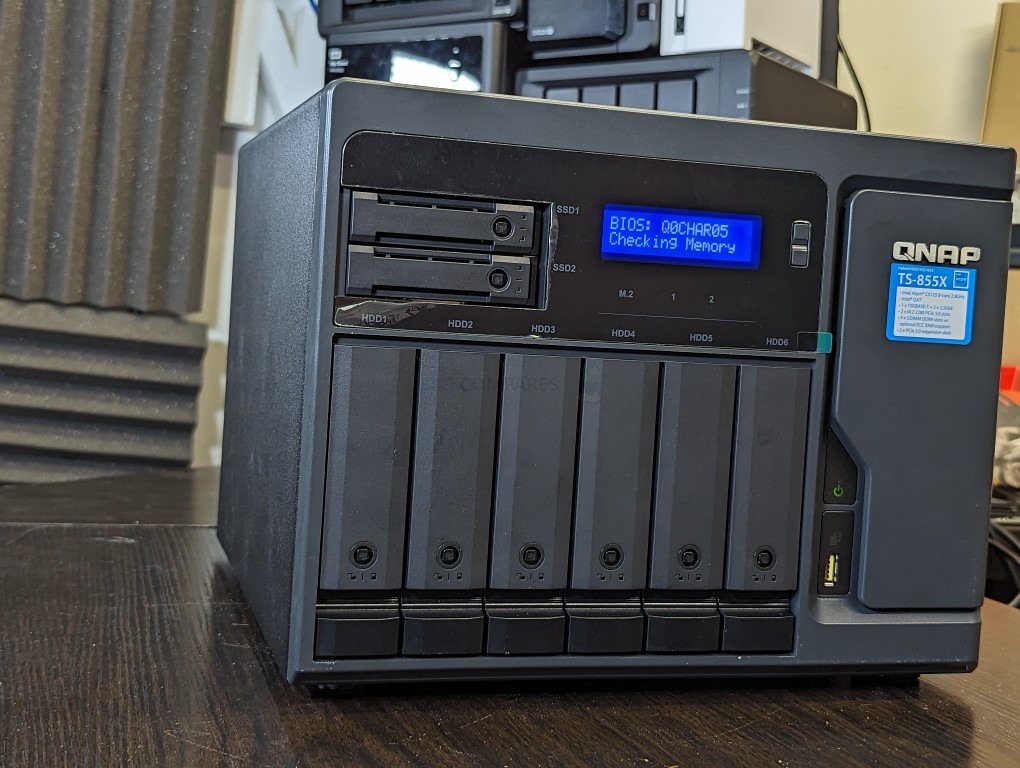
However, the TS-855X is not without its drawbacks. While the two SATA SSD bays provide extra storage options, they would have been better if they were U.2 slots, which offer faster speeds. Although the device supports ECC memory, the initial 8GB memory in the base model is non-ECC, which might not be optimal for all ZFS services. The memory capacity might also be somewhat low for users with intensive data needs. Furthermore, the software can sometimes be inconsistent under heavy use, and it has a steeper learning curve compared to competitors like Synology. Finally, the pricing structure for the TS-855X is a mixed bag. While some users may find the cost reasonable given its features, others might feel it’s a bit steep for what it offers. Therefore, while the QNAP TS-855X NAS offers a plethora of attractive features and strong performance, it’s worth keeping in mind that a spend of a few hundred more dollars opens the door to Intel Core-powered NAS in the TVS-hx74 series or more powerful Xeon triple tiered systems such as the TVS-h1288X. If you want power, but on a budget, it’s a great choice!
| PROs of the QNAP TS-855X NAS | CONs of the QNAP TS-855X NAS |
|
|
Need More Help Choosing the right NAS?
Choosing the right data storage solution for your needs can be very intimidating and it’s never too late to ask for help. With options ranging from NAS to DAS, Thunderbolt to SAS and connecting everything up so you can access all your lovely data at the touch of a button can be a lot simpler than you think. If you want some tips, guidance or help with everything from compatibility to suitability of a solution for you, why not drop me a message below and I will get back to you as soon as possible with what you should go for, its suitability and the best place to get it. This service is designed without profit in mind and in order to help you with your data storage needs, so I will try to answer your questions as soon as possible.
📧 SUBSCRIBE TO OUR NEWSLETTER 🔔
🔒 Join Inner Circle
Get an alert every time something gets added to this specific article!
This description contains links to Amazon. These links will take you to some of the products mentioned in today's content. As an Amazon Associate, I earn from qualifying purchases. Visit the NASCompares Deal Finder to find the best place to buy this device in your region, based on Service, Support and Reputation - Just Search for your NAS Drive in the Box Below
Need Advice on Data Storage from an Expert?
Finally, for free advice about your setup, just leave a message in the comments below here at NASCompares.com and we will get back to you. Need Help?
Where possible (and where appropriate) please provide as much information about your requirements, as then I can arrange the best answer and solution to your needs. Do not worry about your e-mail address being required, it will NOT be used in a mailing list and will NOT be used in any way other than to respond to your enquiry.
Need Help?
Where possible (and where appropriate) please provide as much information about your requirements, as then I can arrange the best answer and solution to your needs. Do not worry about your e-mail address being required, it will NOT be used in a mailing list and will NOT be used in any way other than to respond to your enquiry.

|
 |
The BEST NAS of 2026.... ALREADY??? (UnifyDrive UP6)
How Much RAM Do You Need in Your NAS?
A Buyer's Guide to Travel Routers - GET IT RIGHT, FIRST TIME
Jonsbo N6 DIY NAS Case Review
The Best Bits (and Worst Bits) of NAS of 2025!
Minisforum MS-02 Ultra Review
Access content via Patreon or KO-FI
Discover more from NAS Compares
Subscribe to get the latest posts sent to your email.


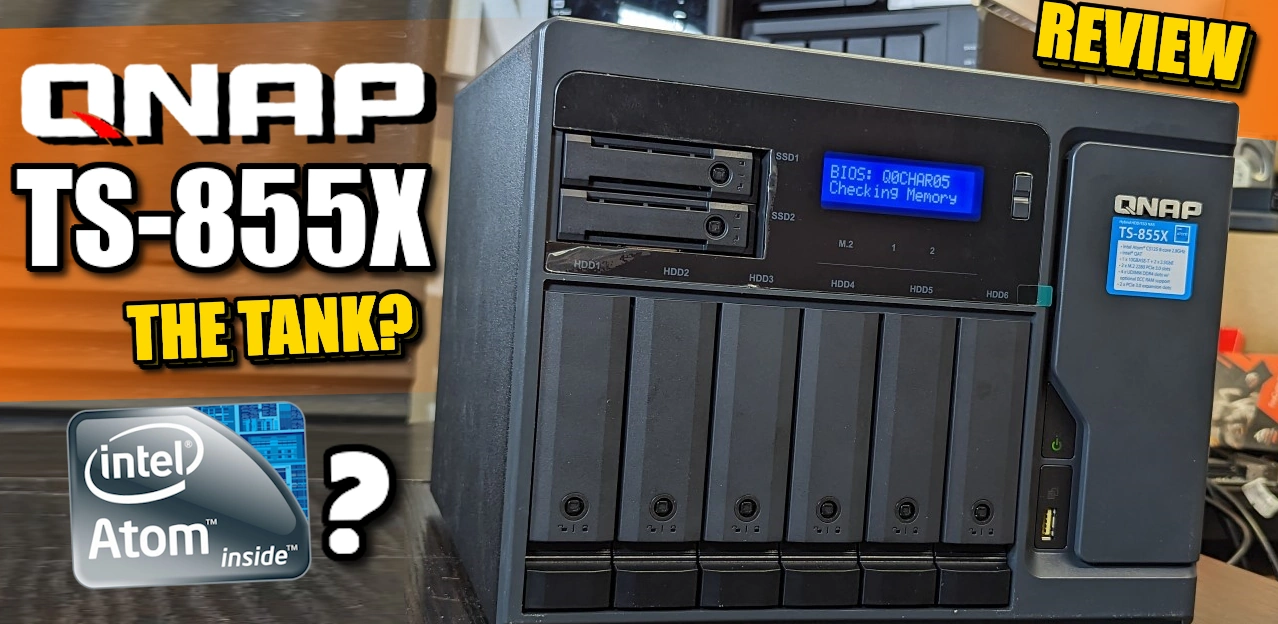
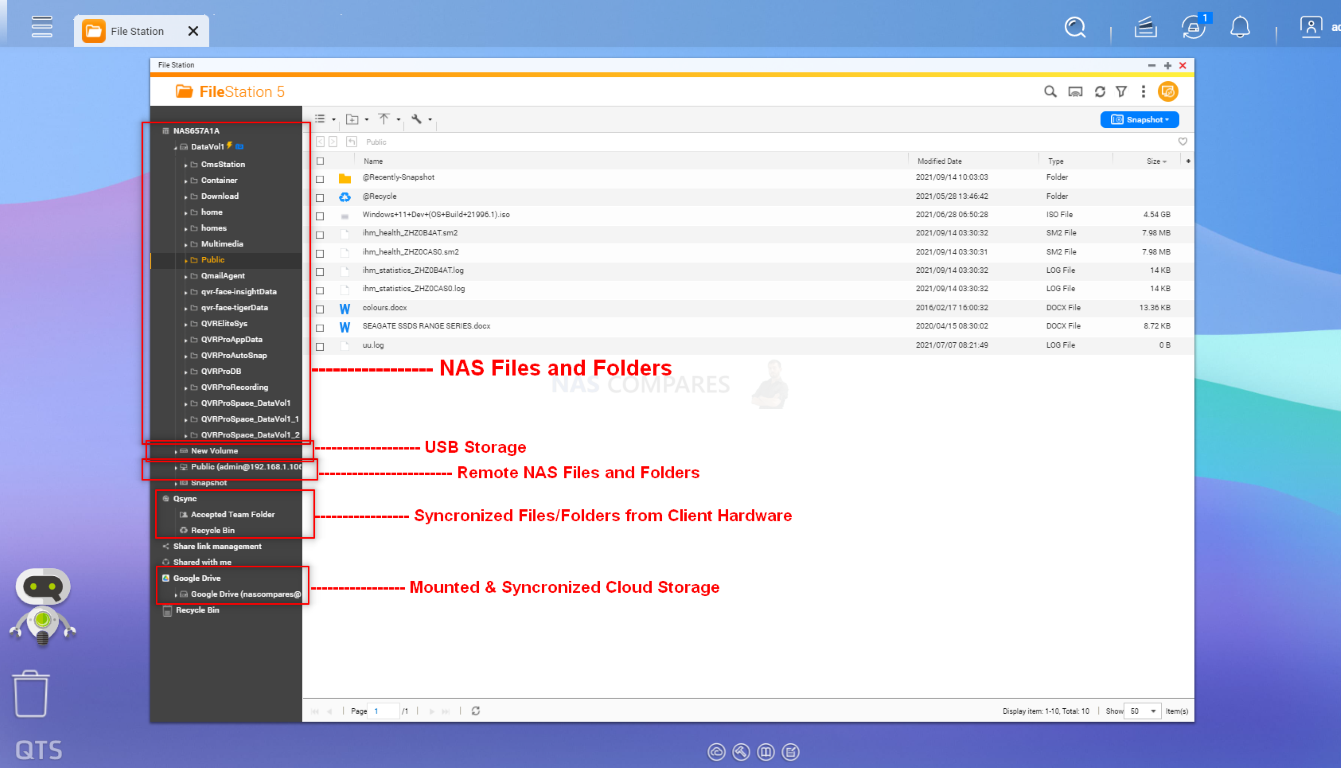
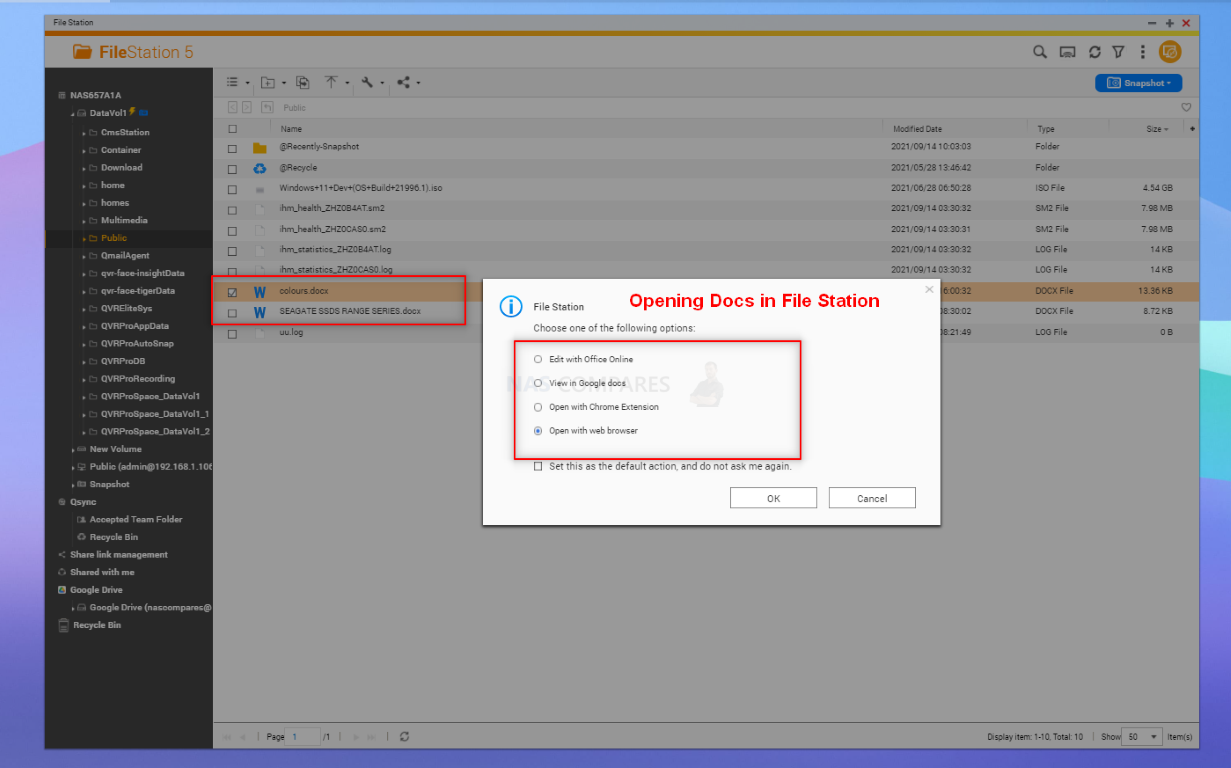
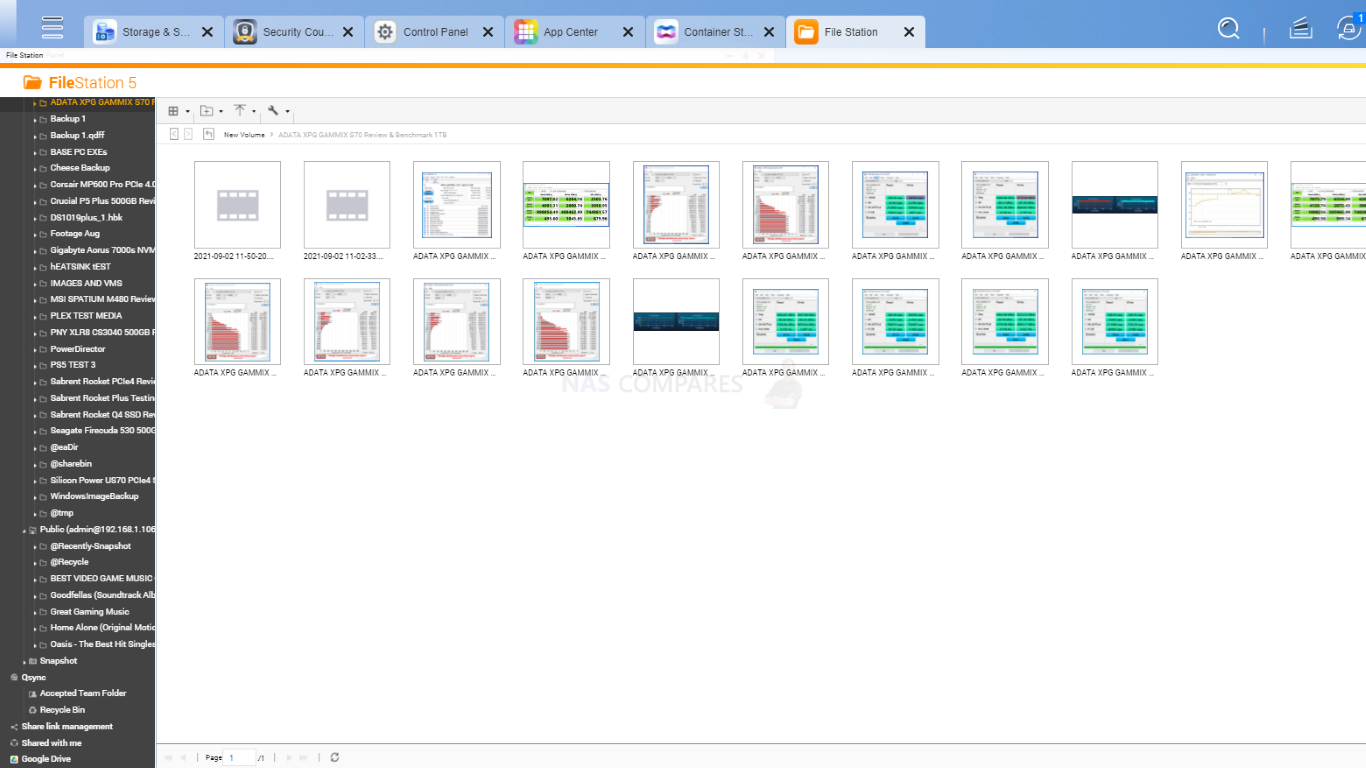
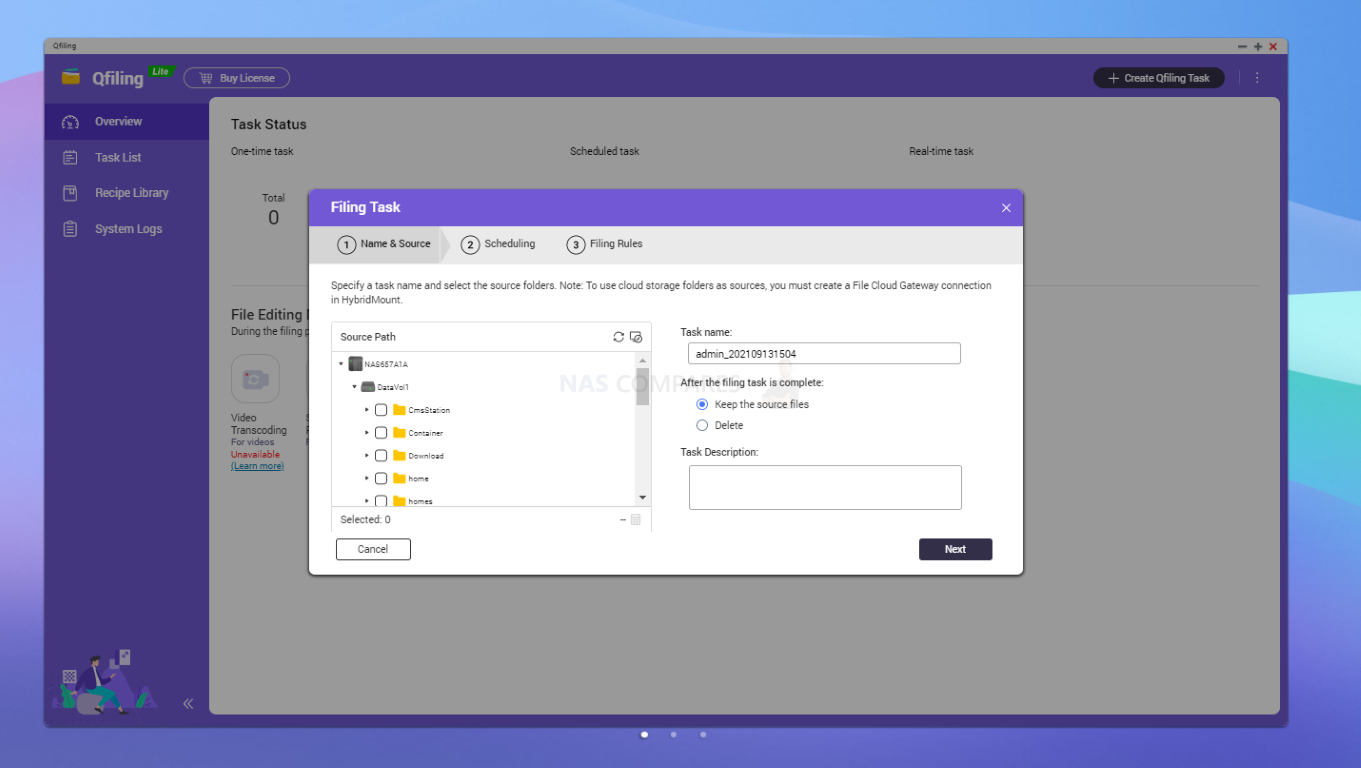
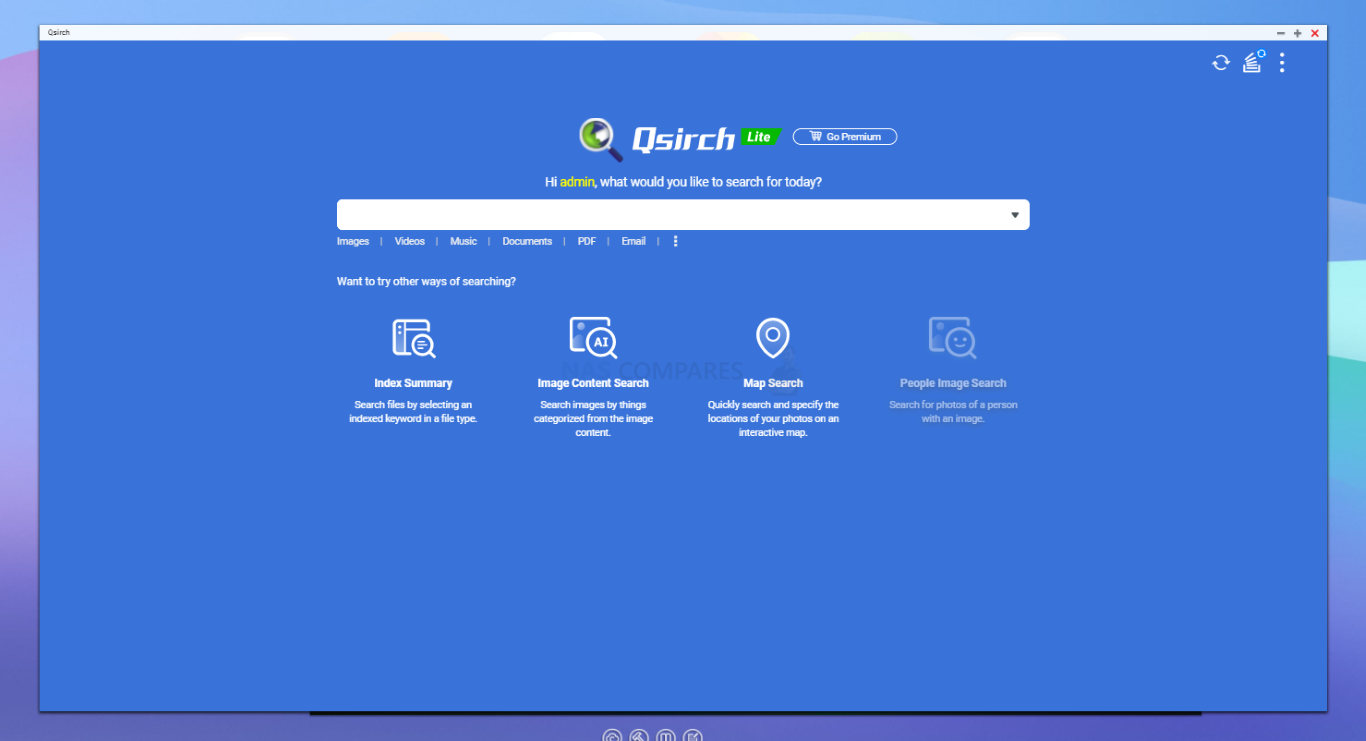
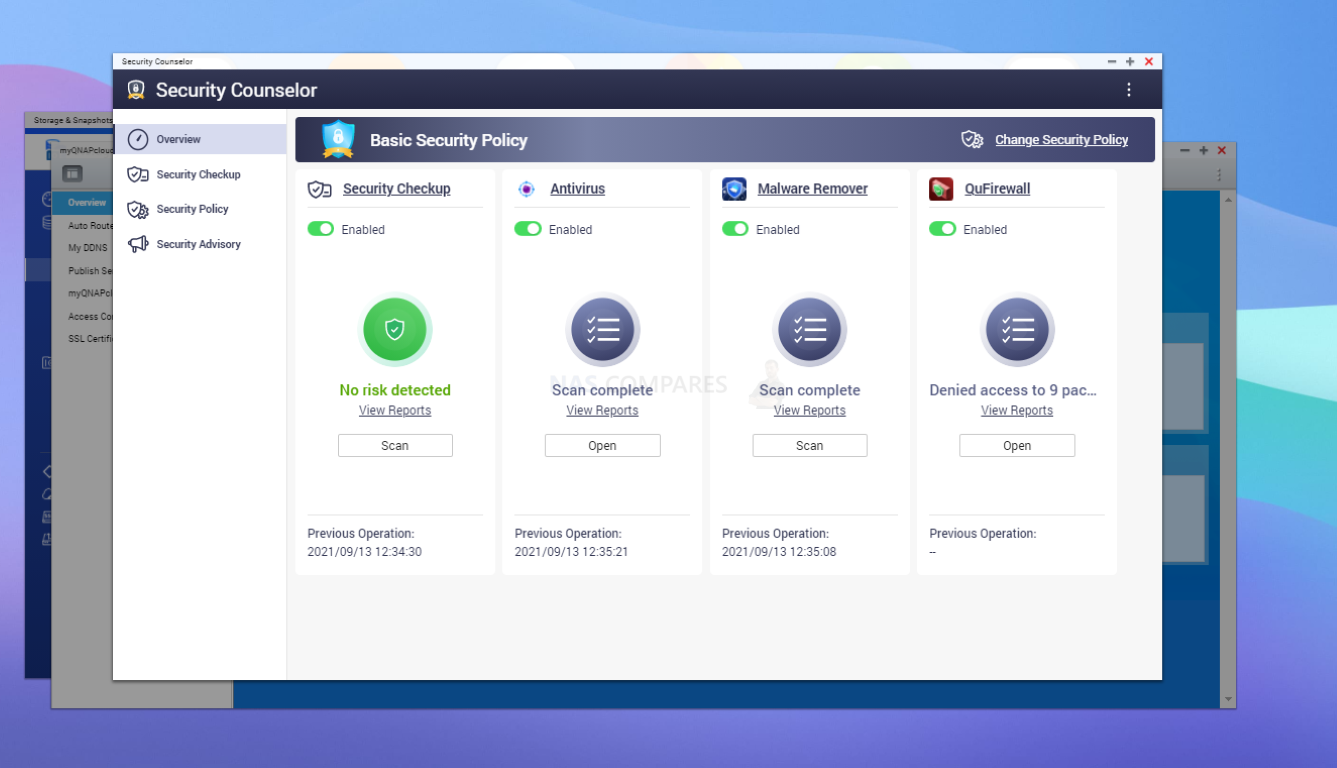
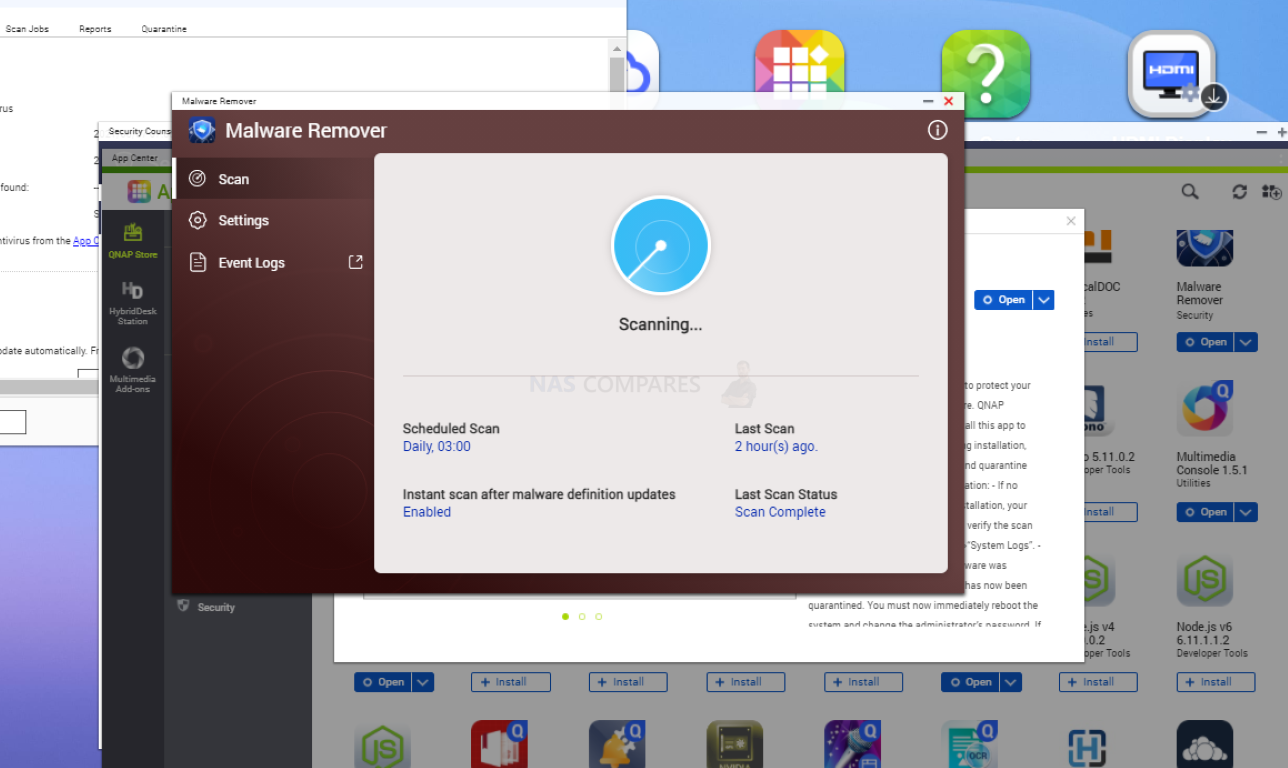

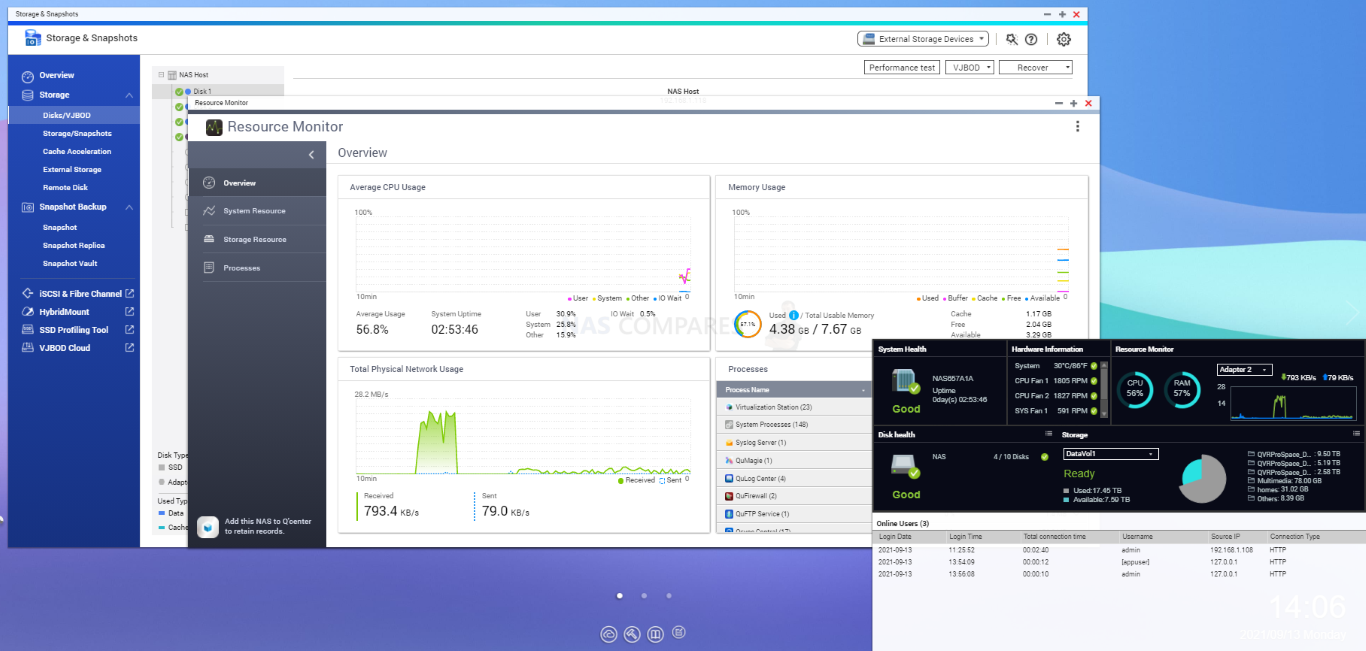
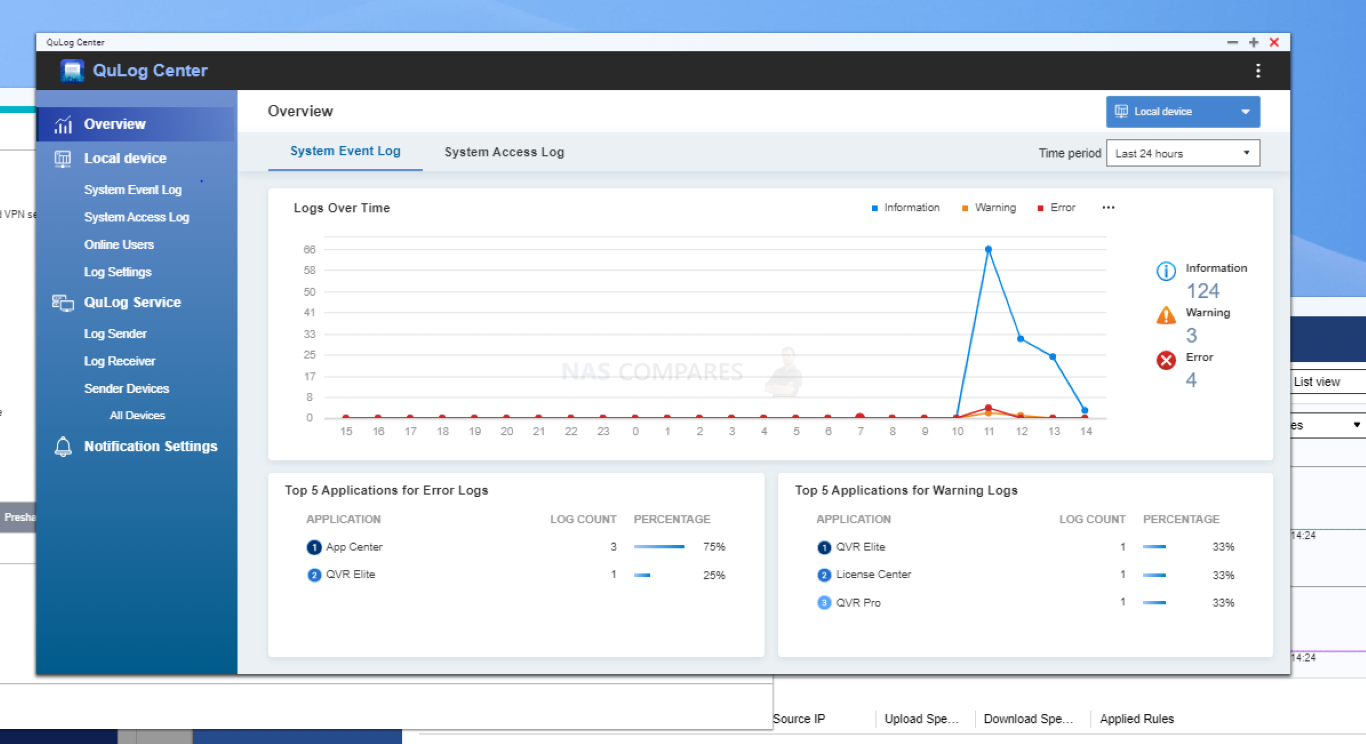
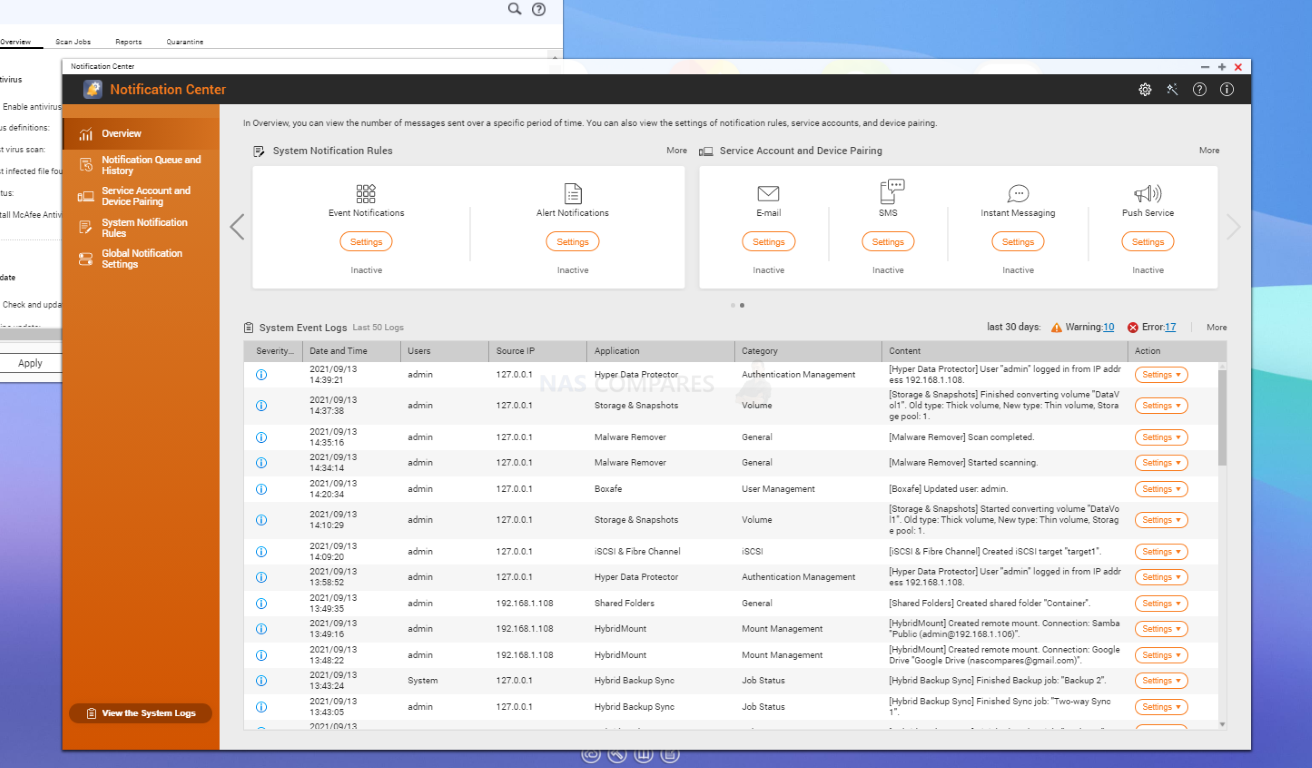



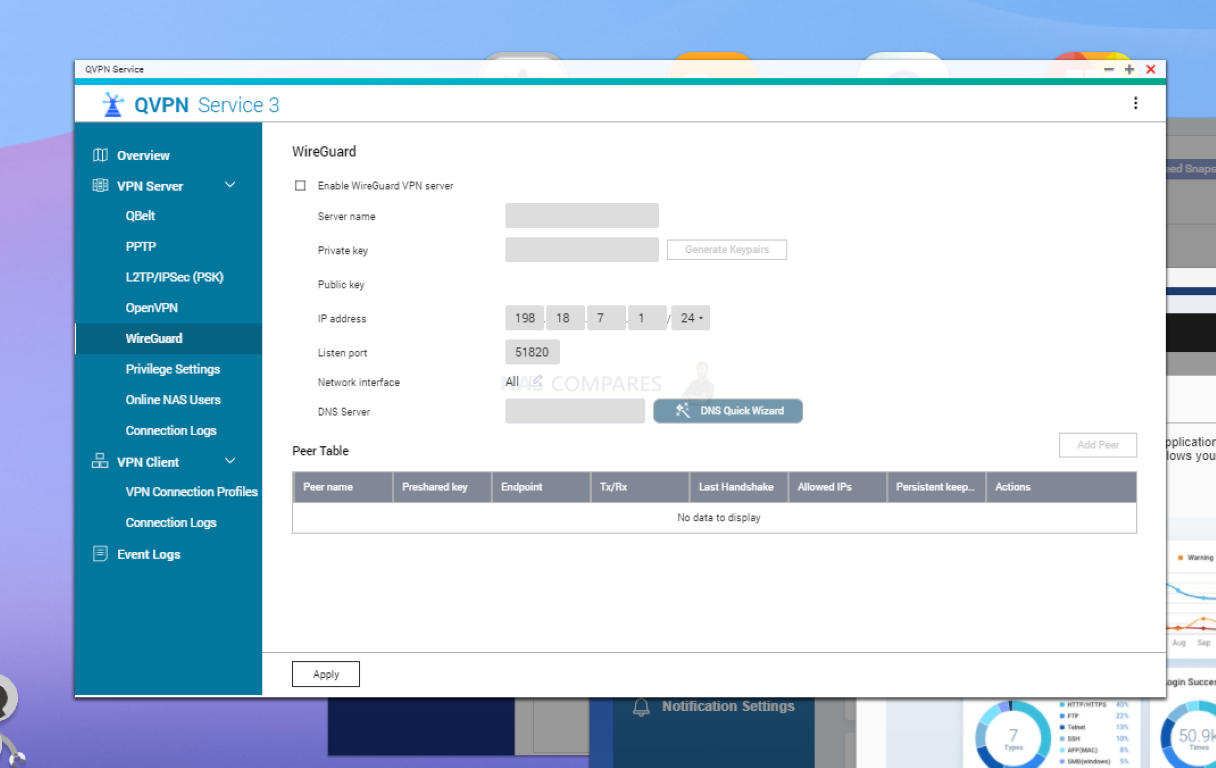
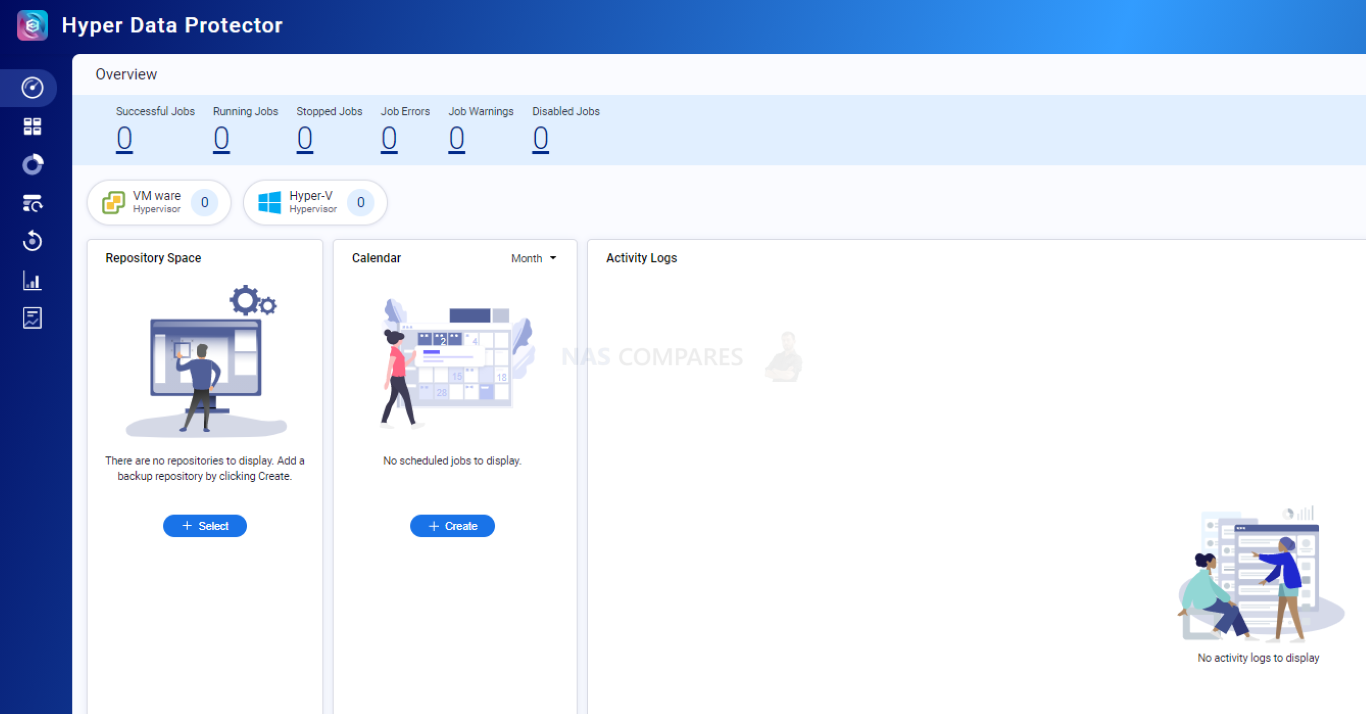

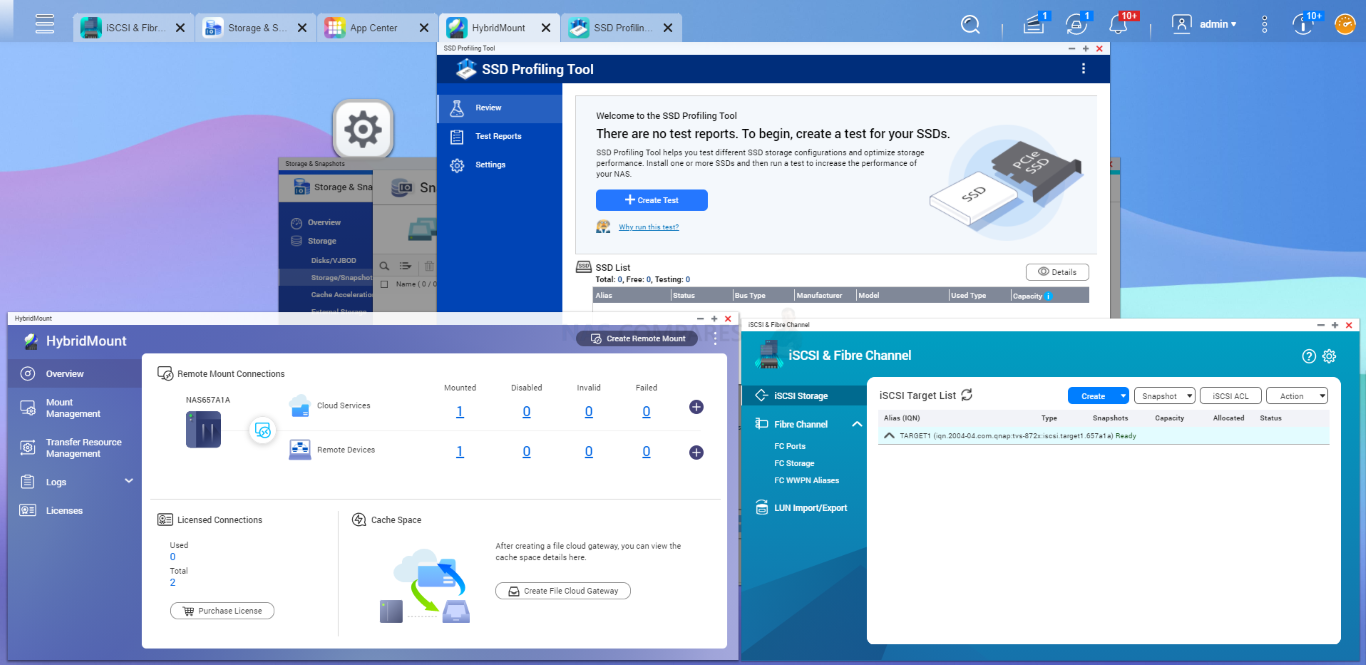
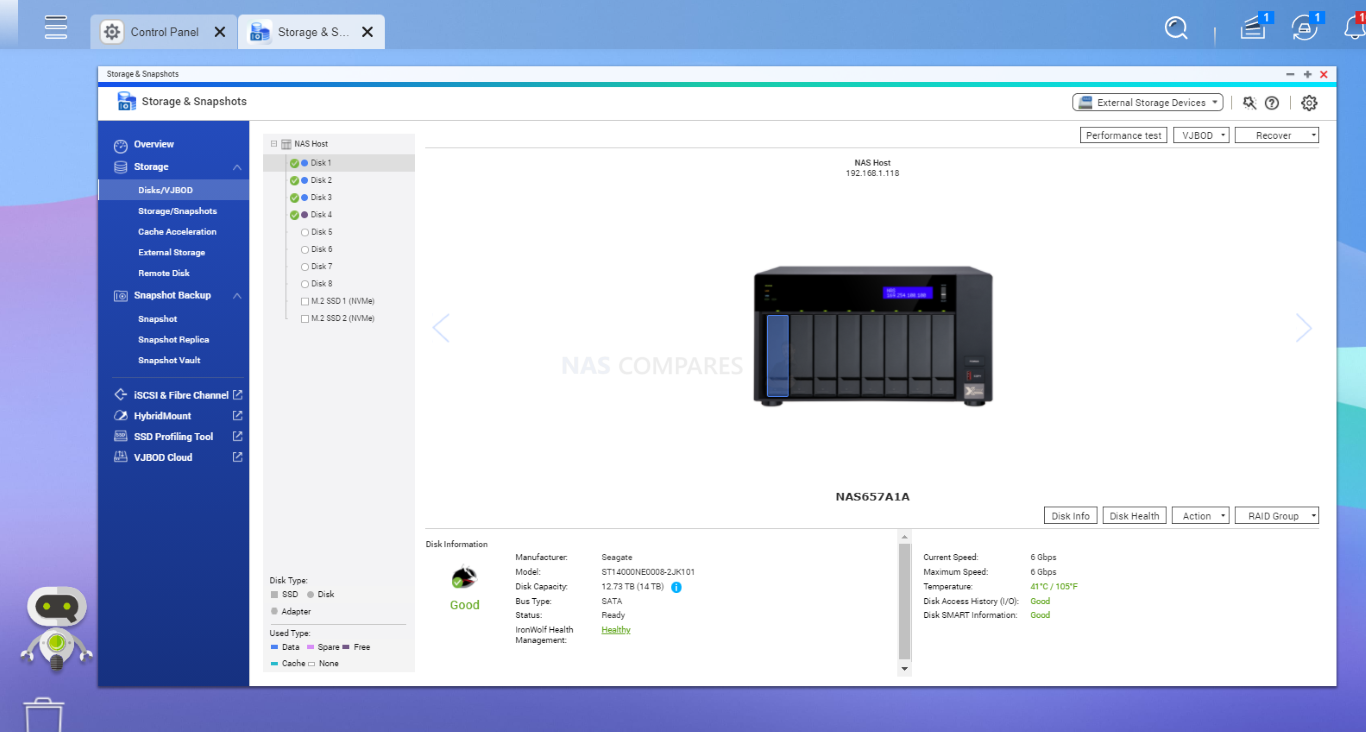
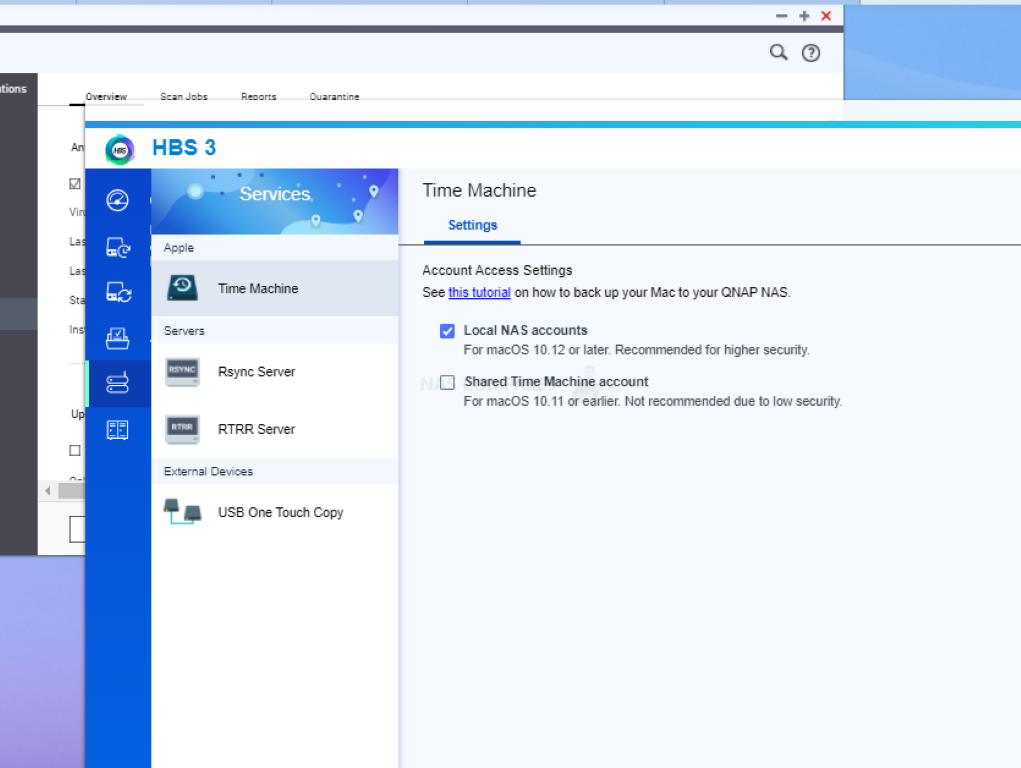
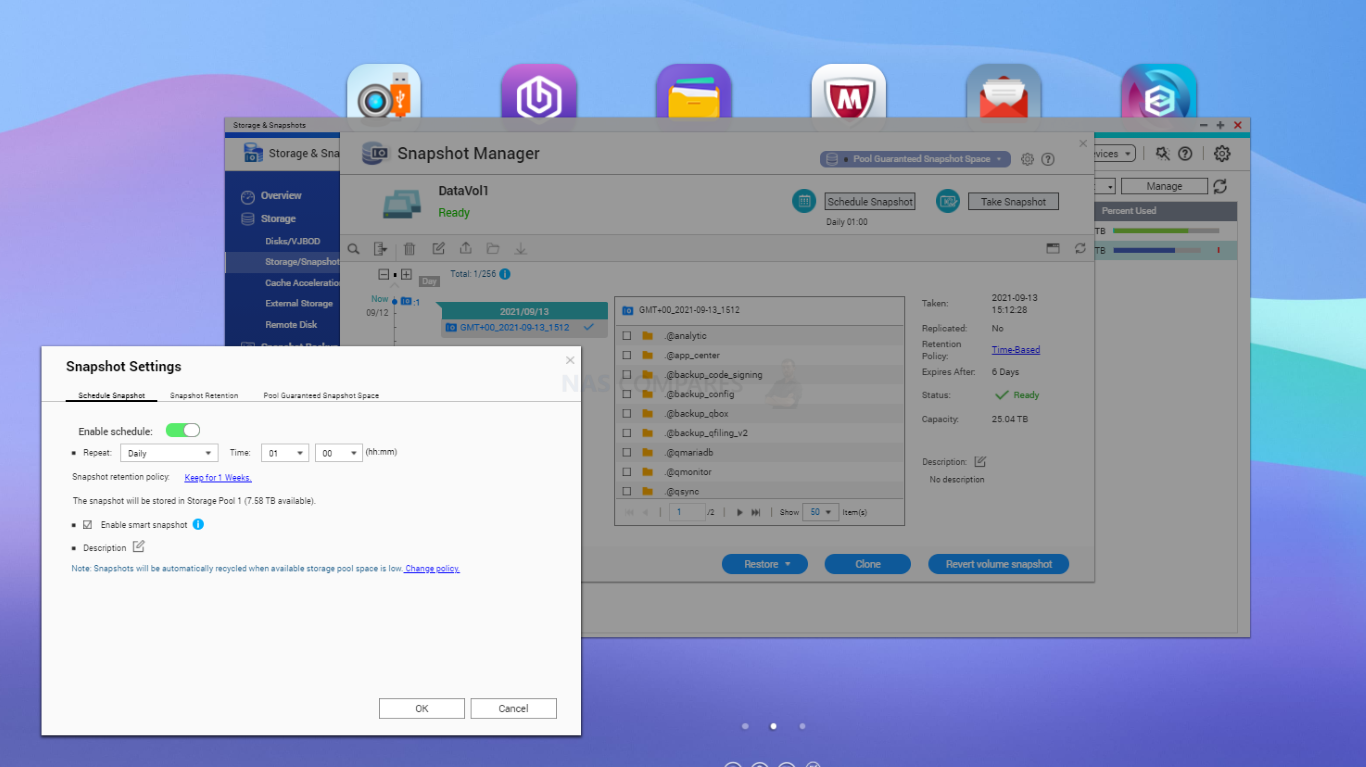
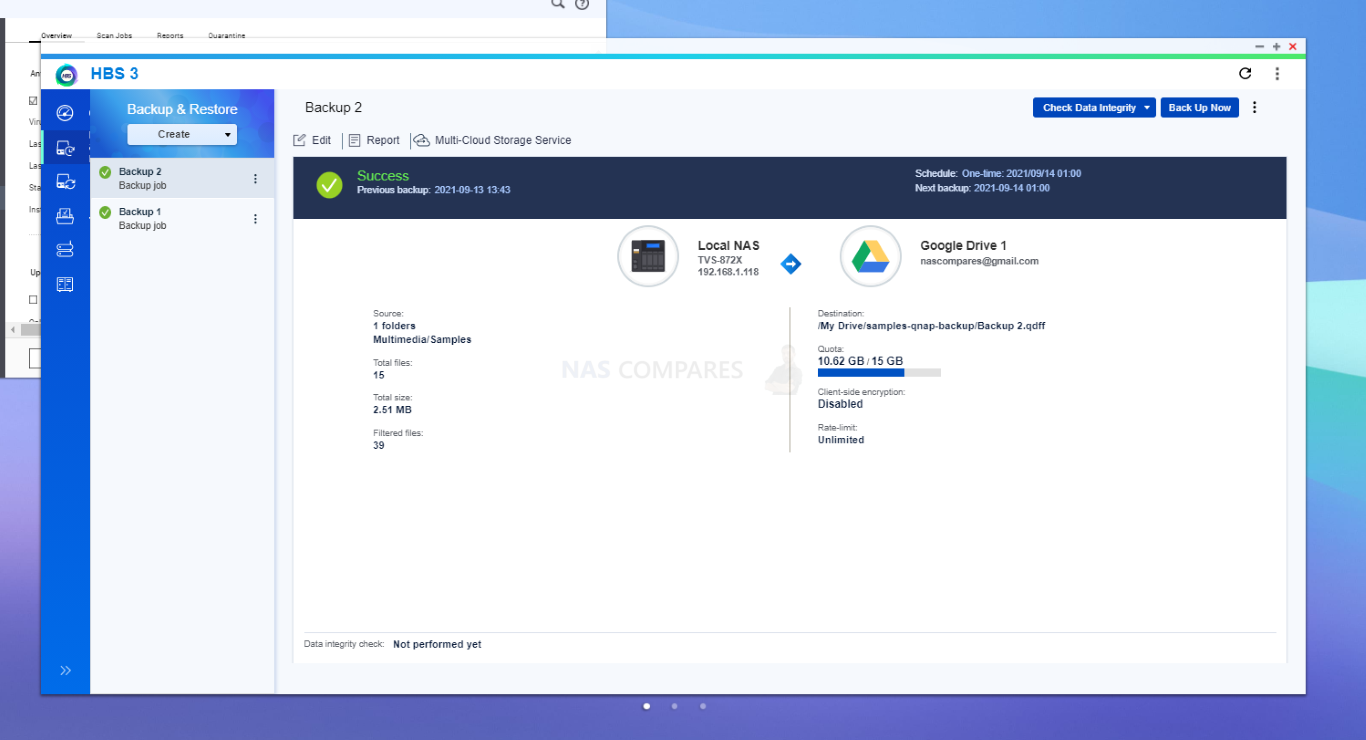

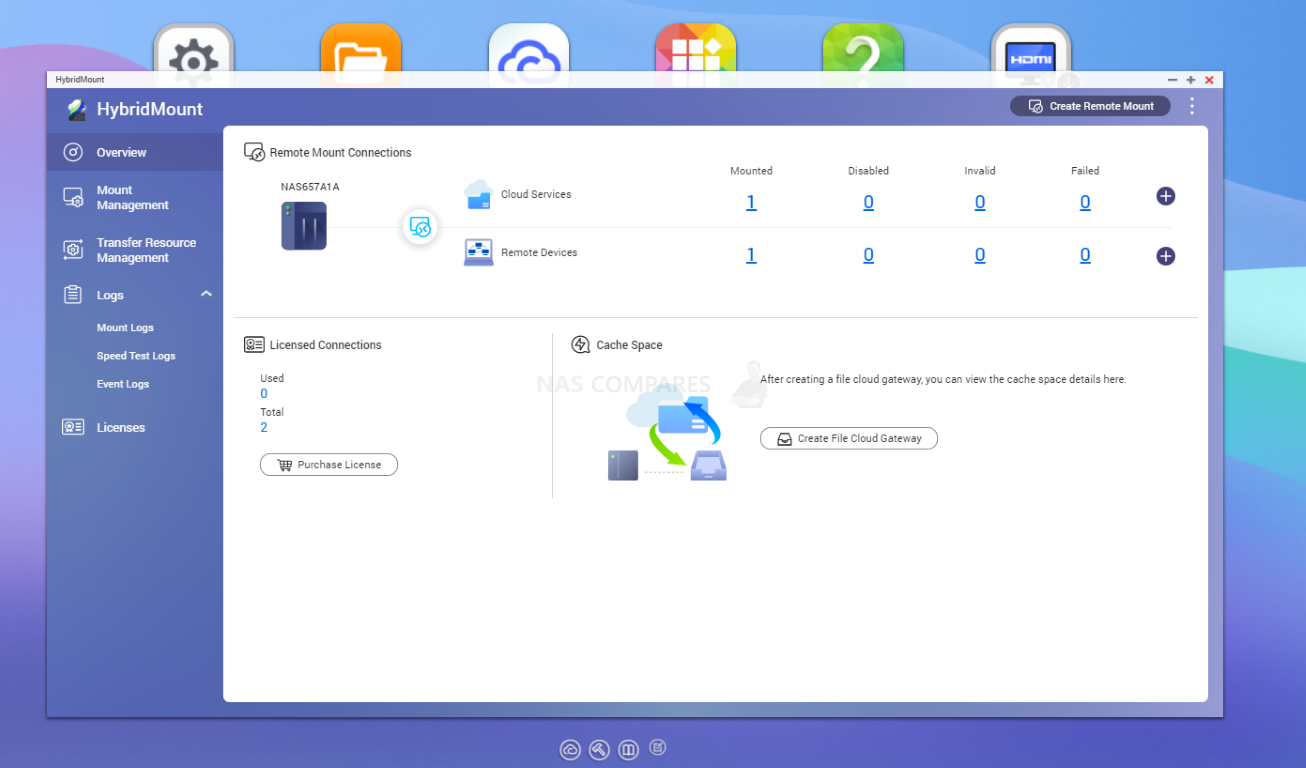
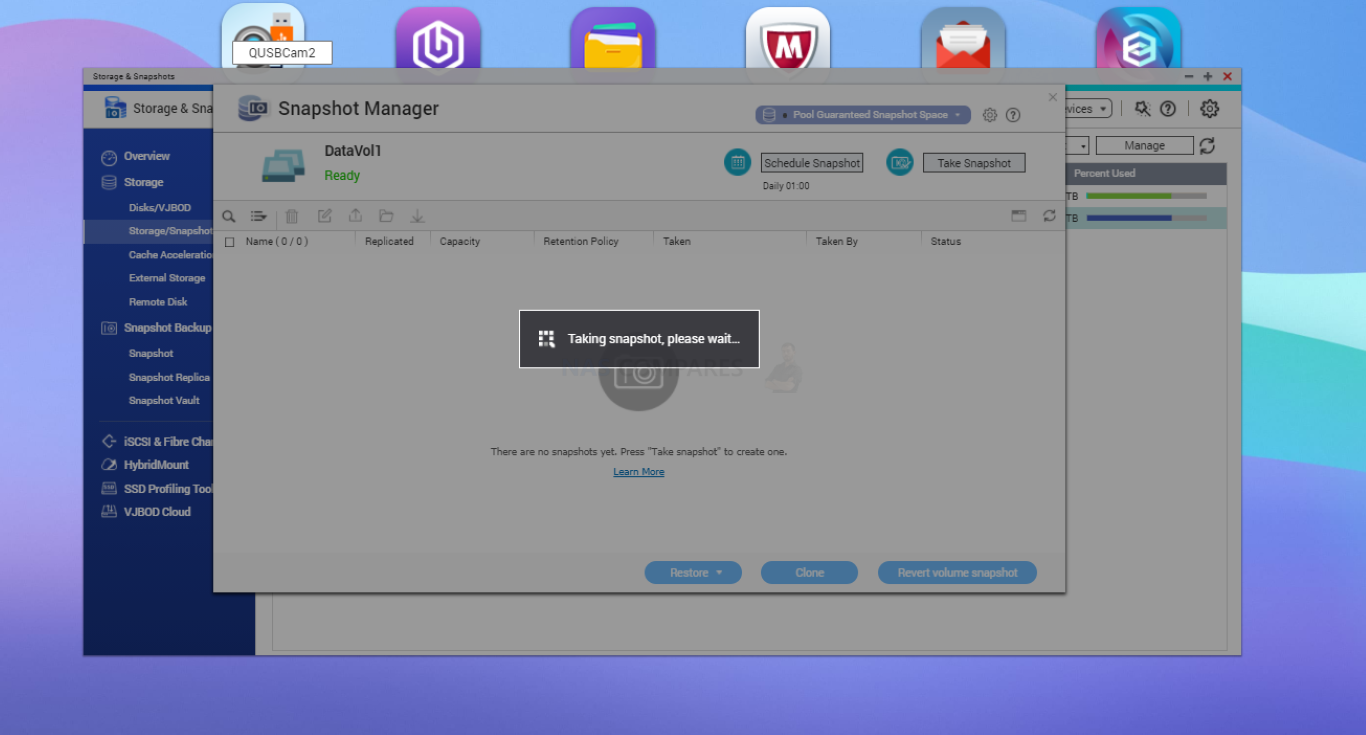
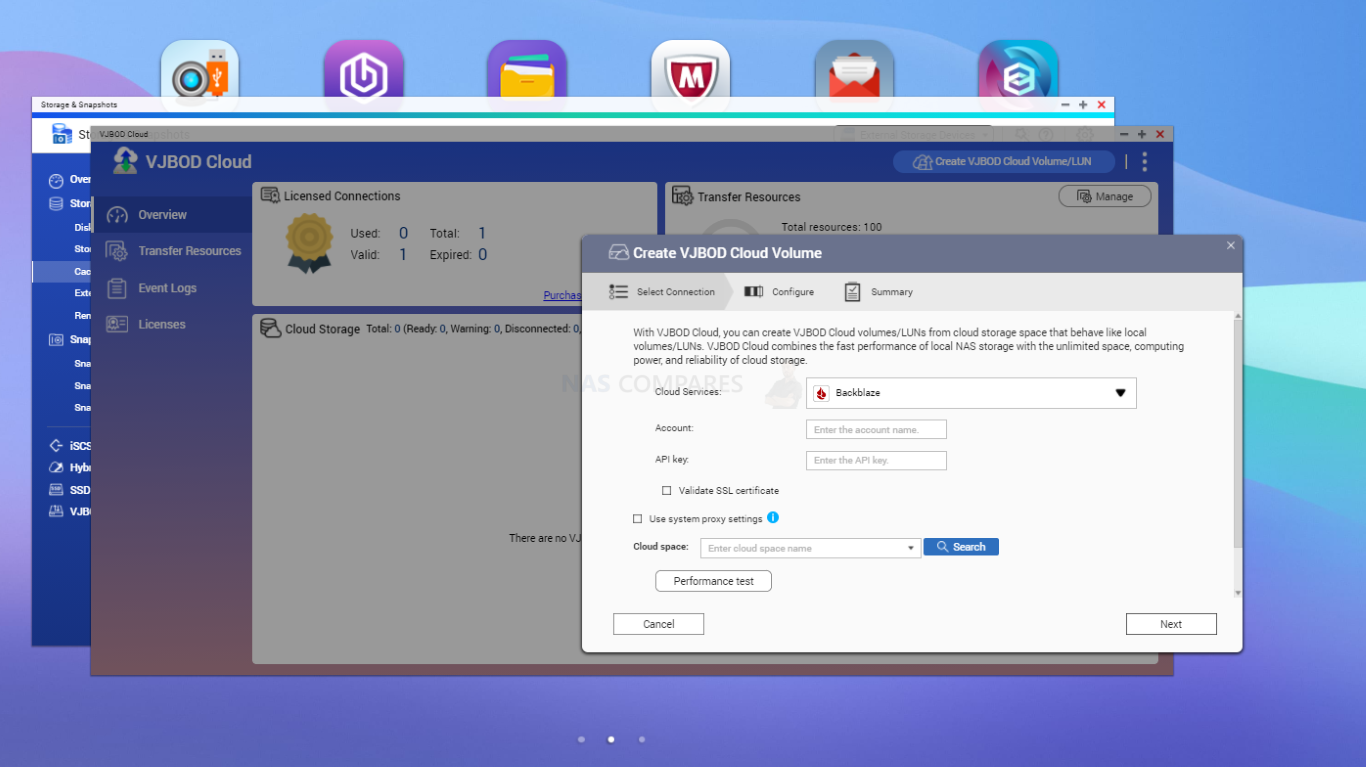
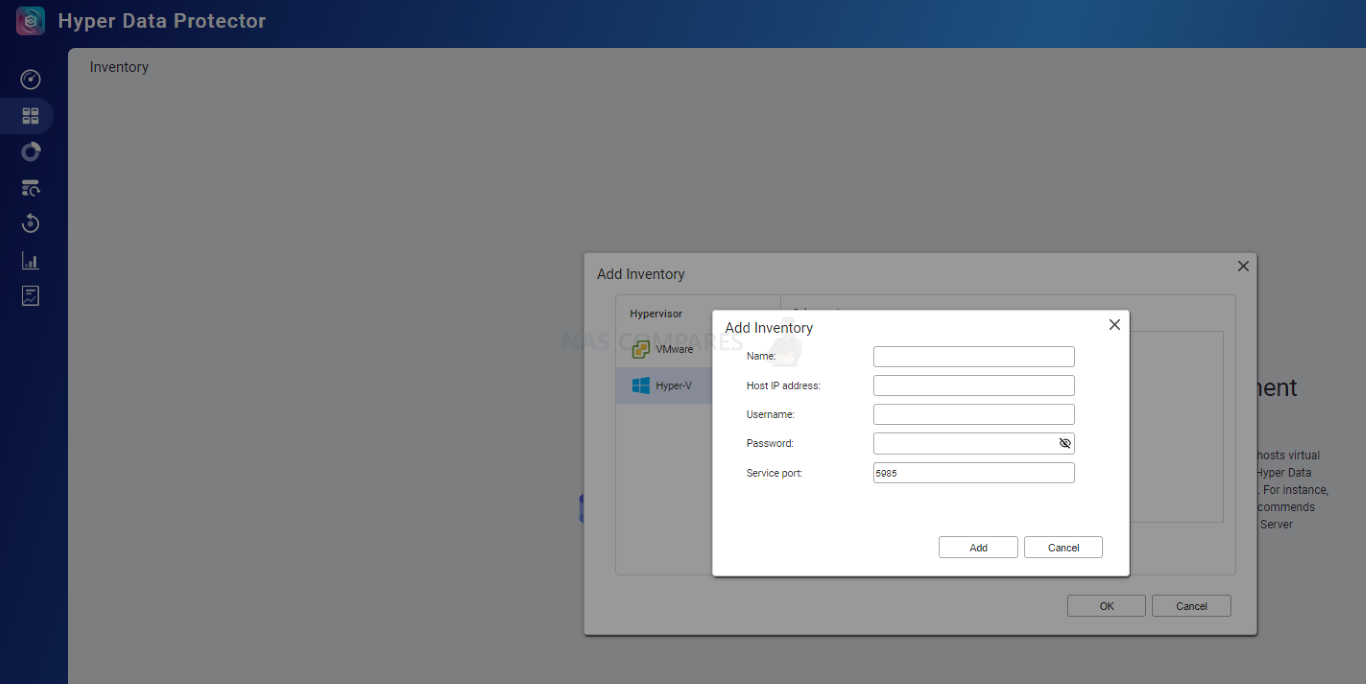


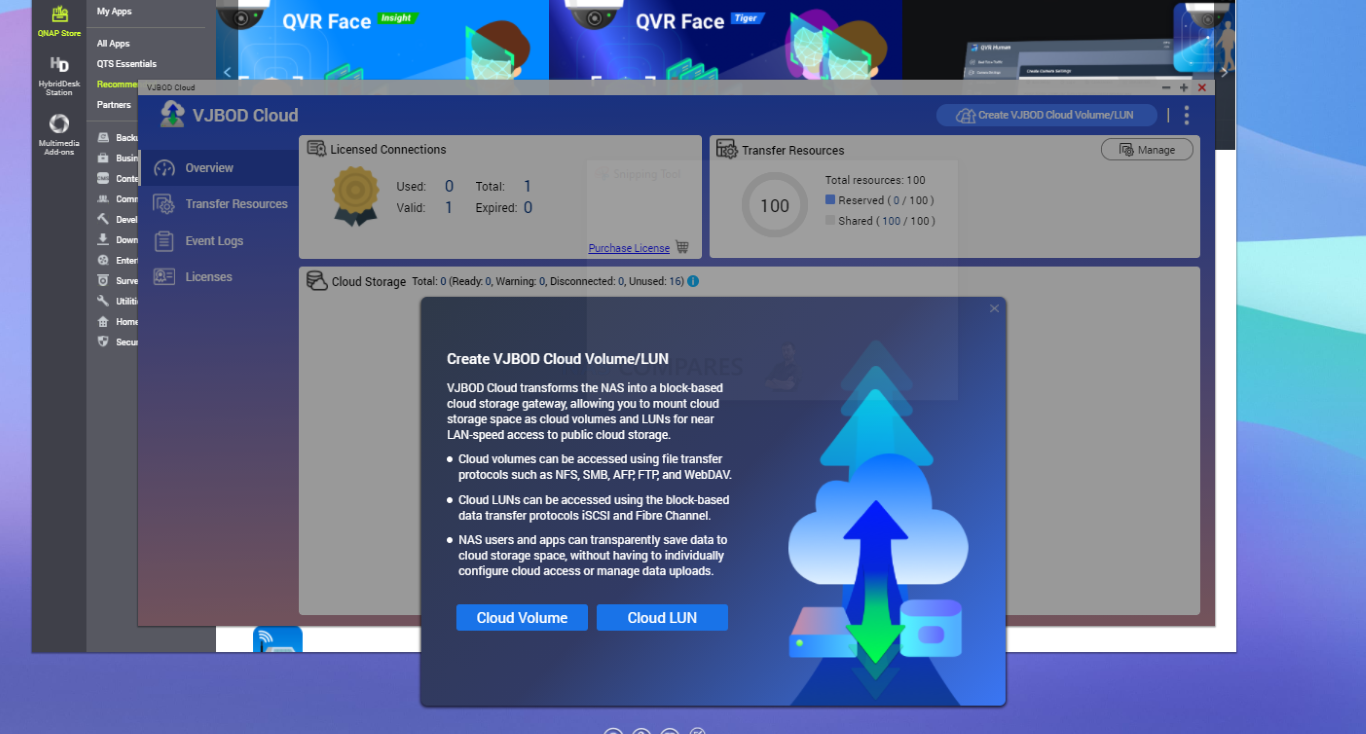

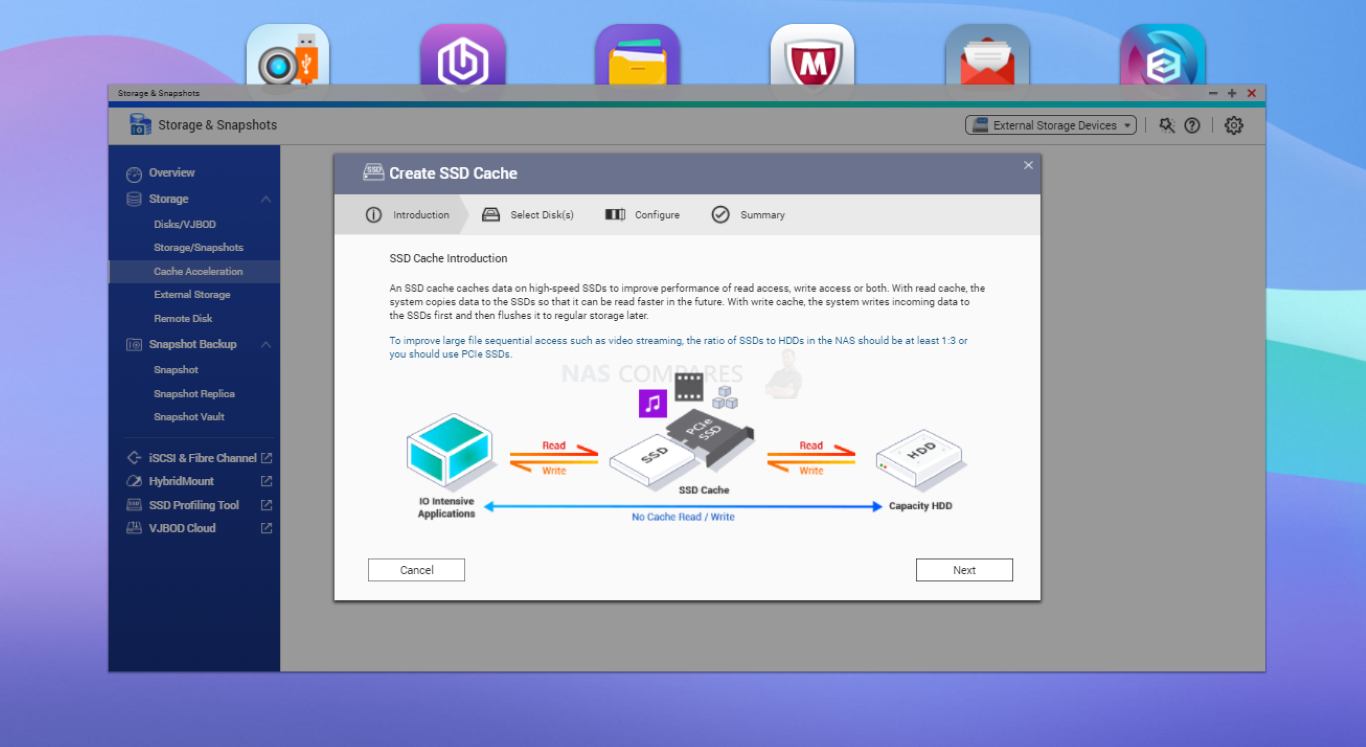
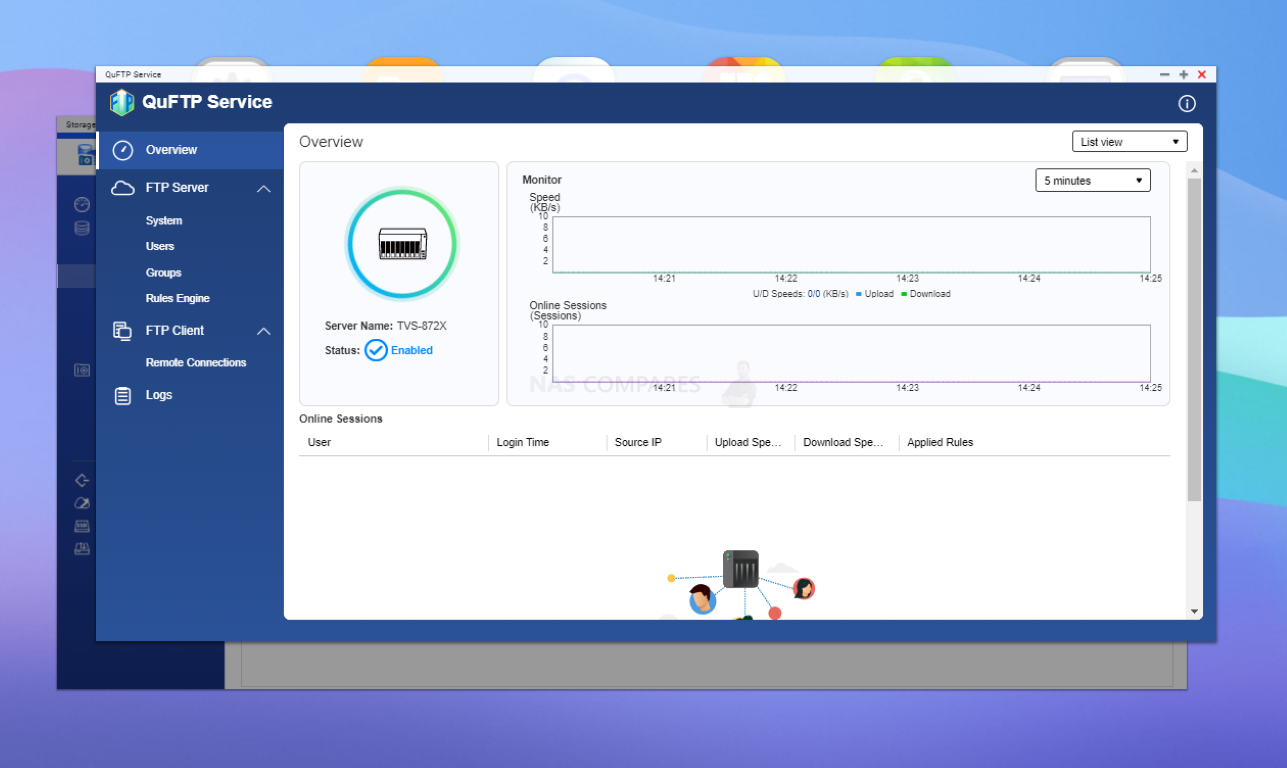
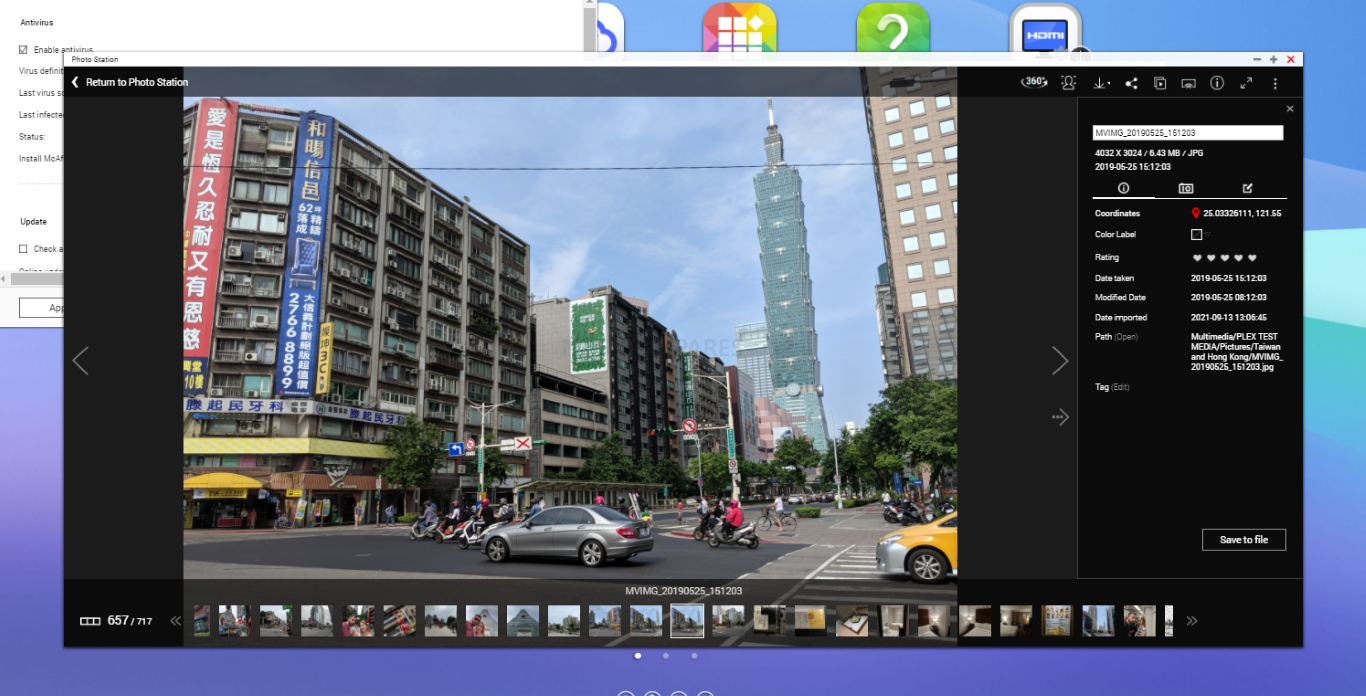
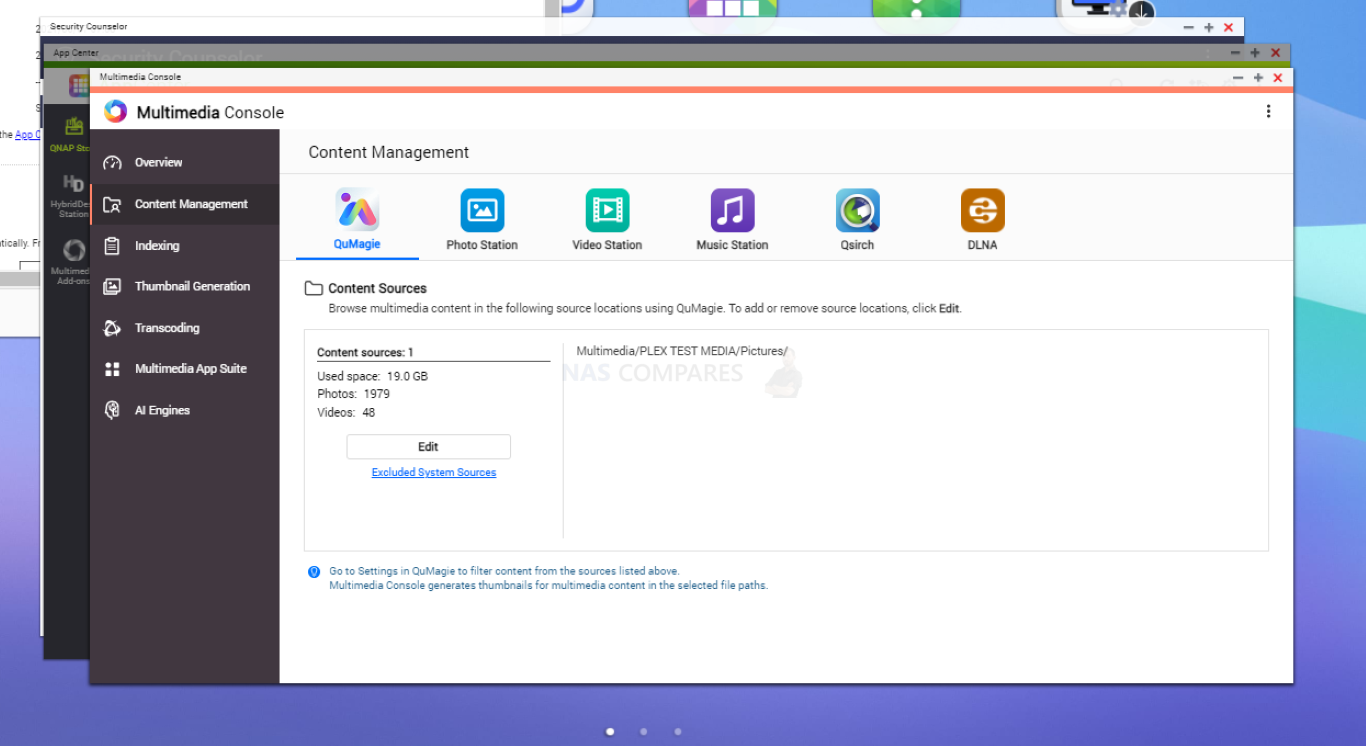


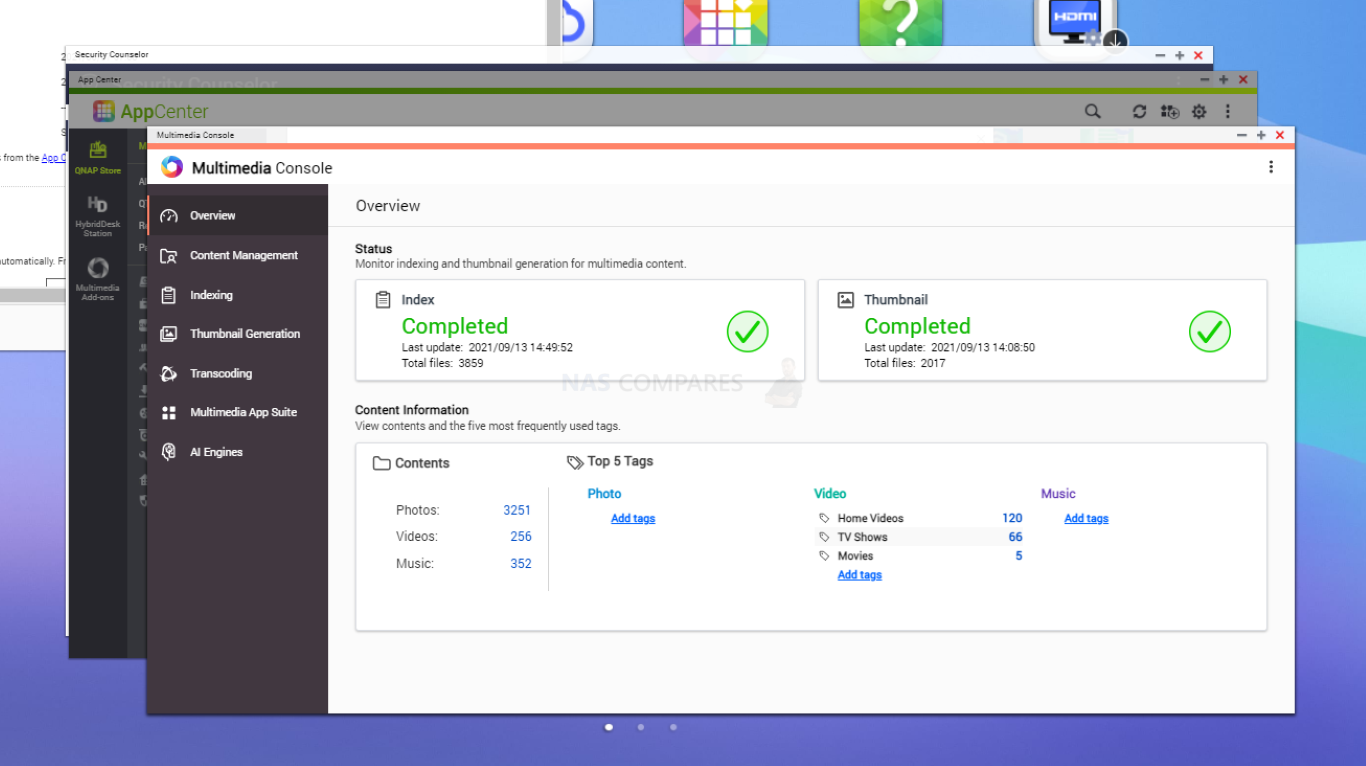
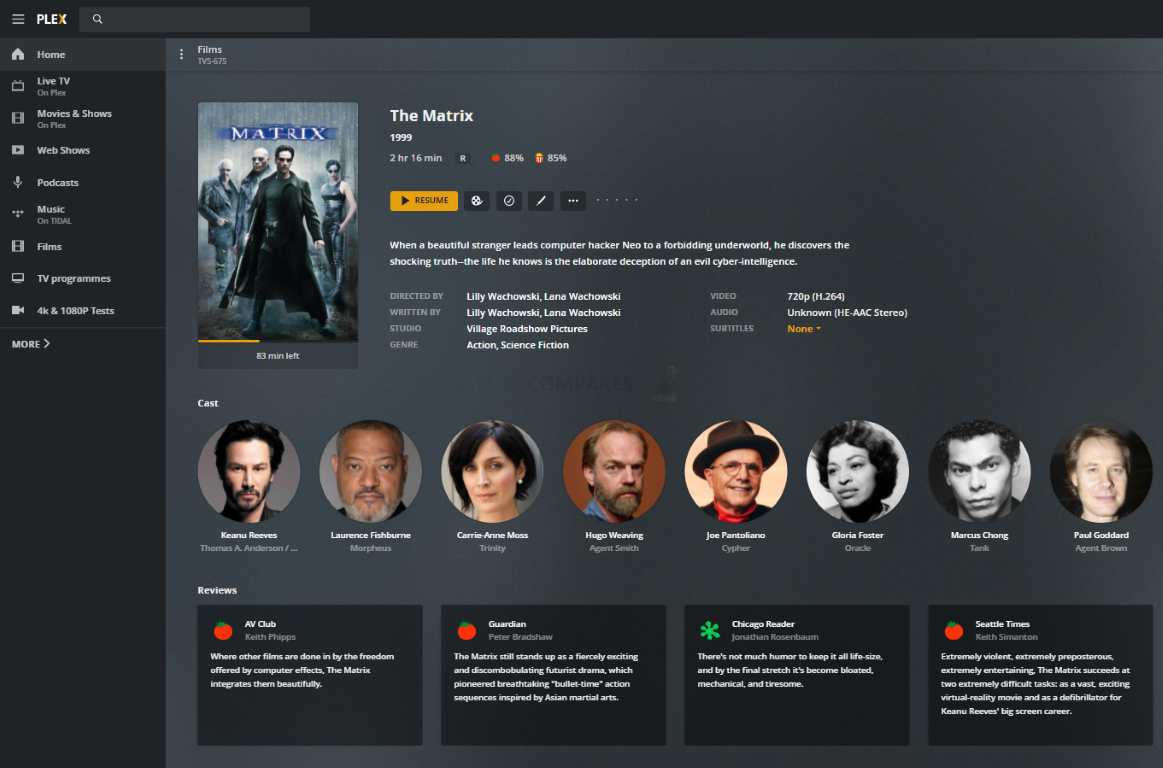
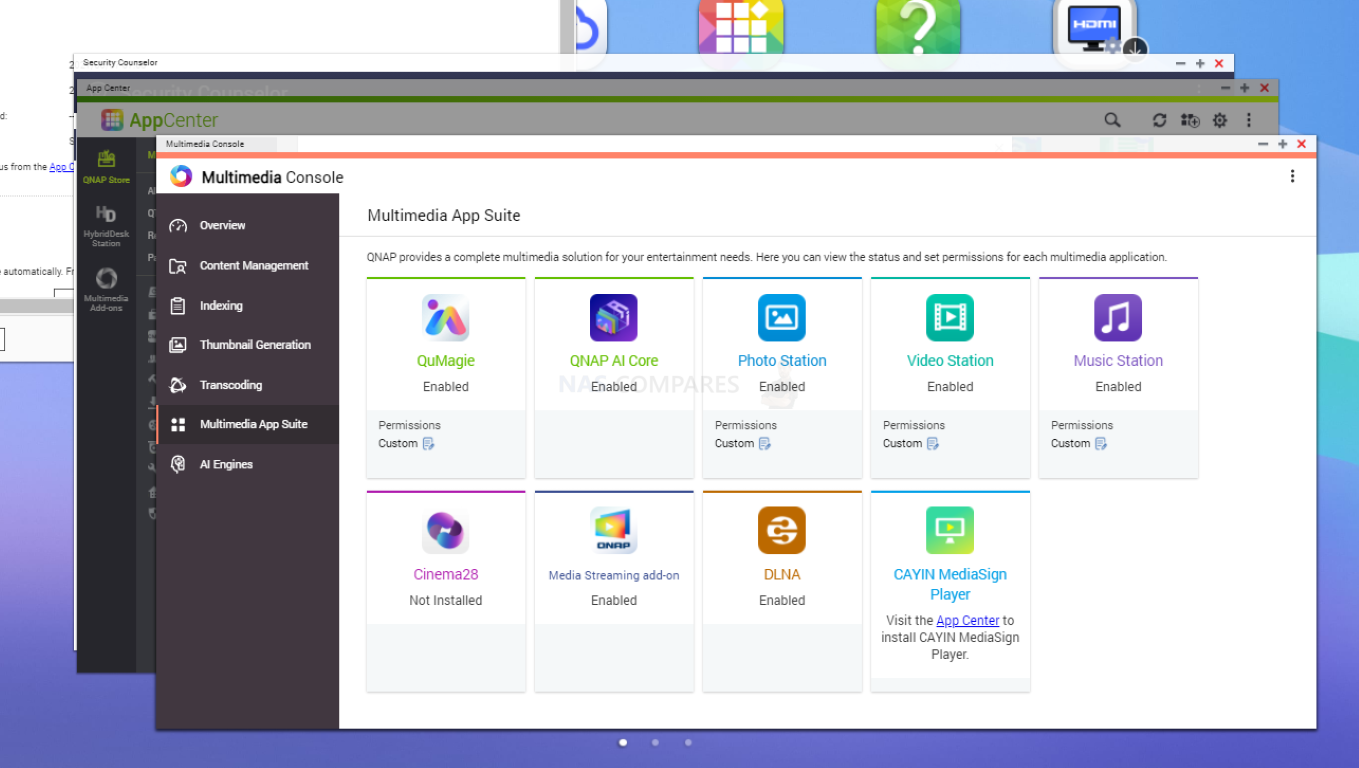
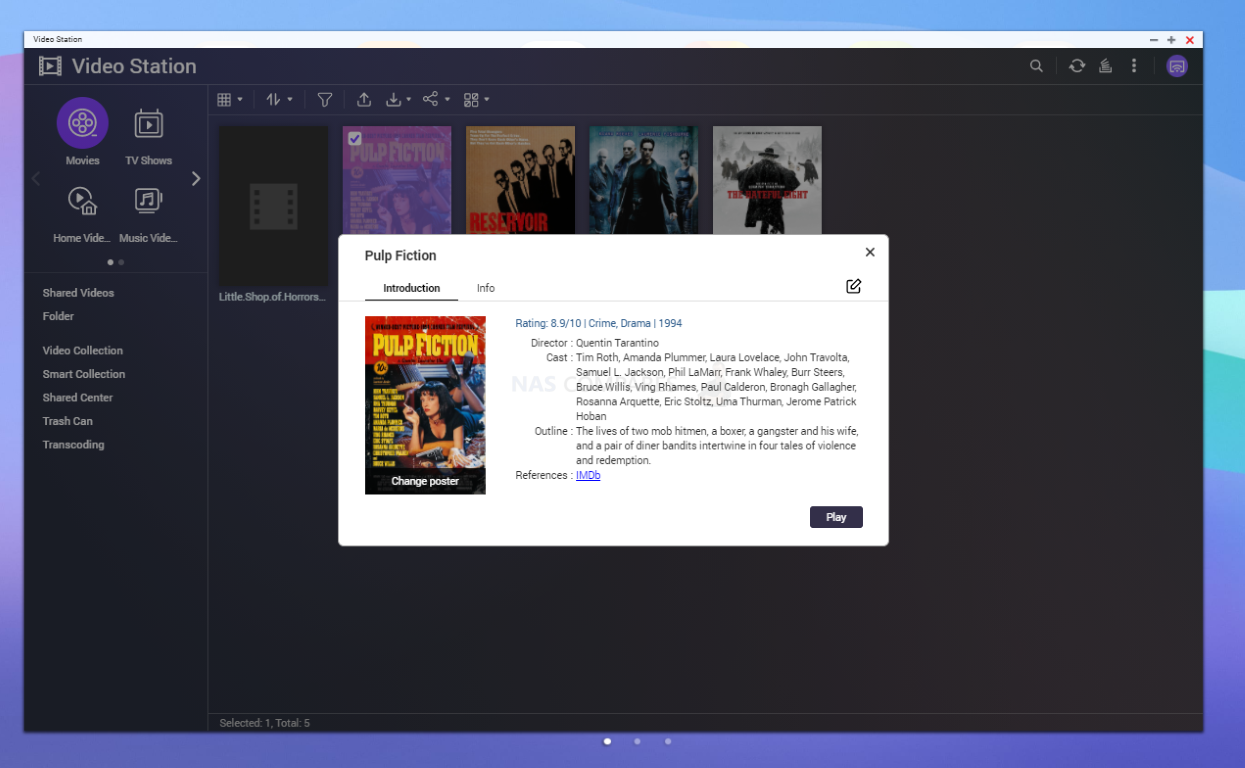


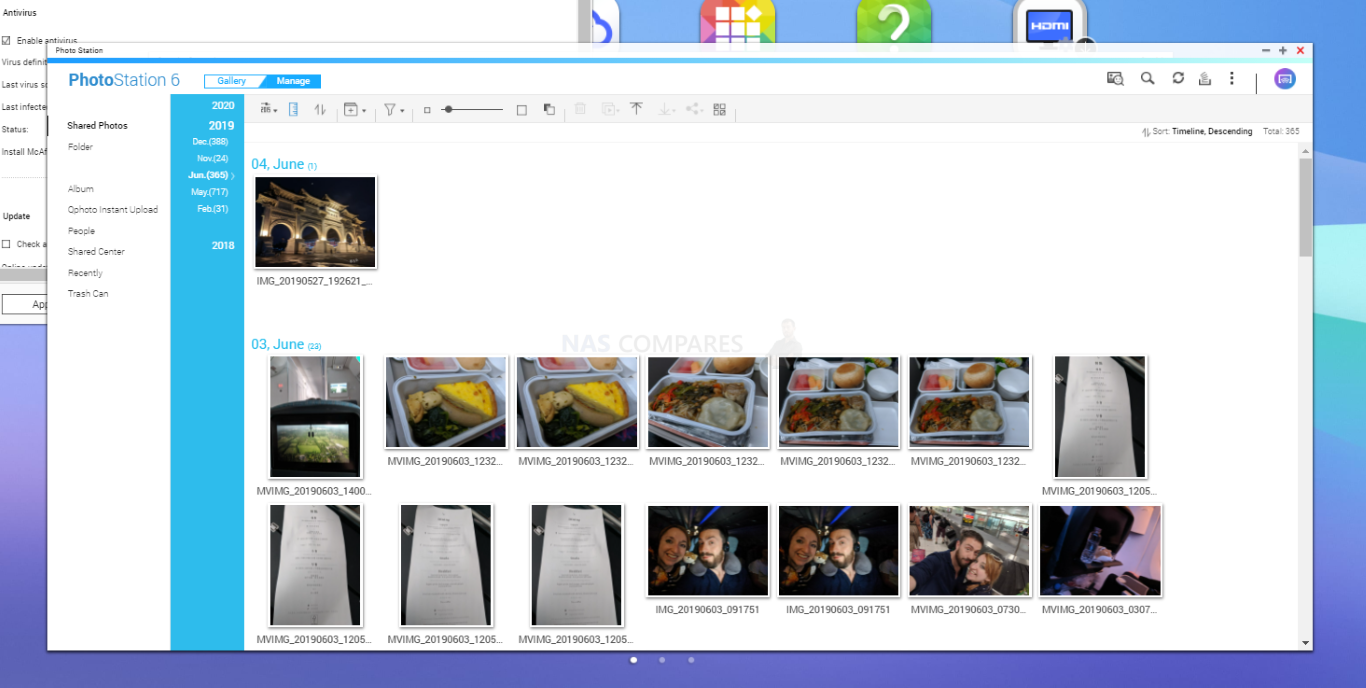

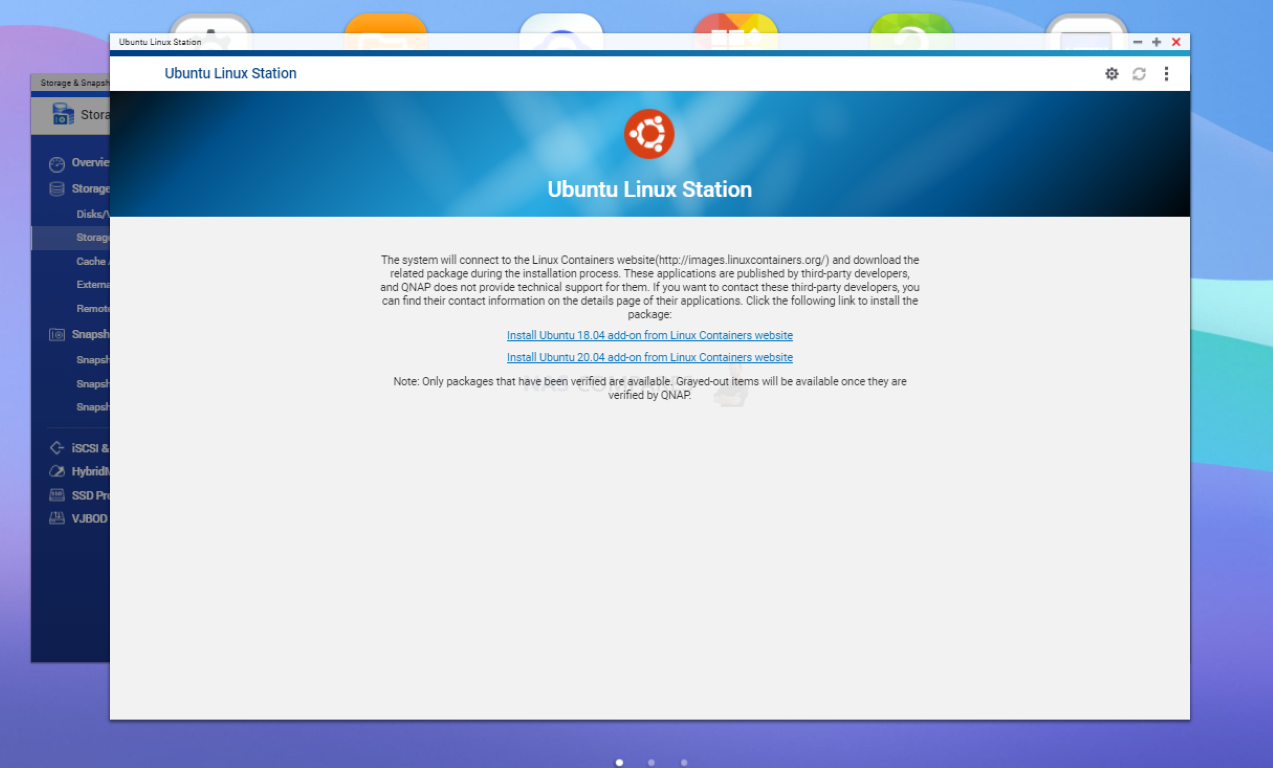
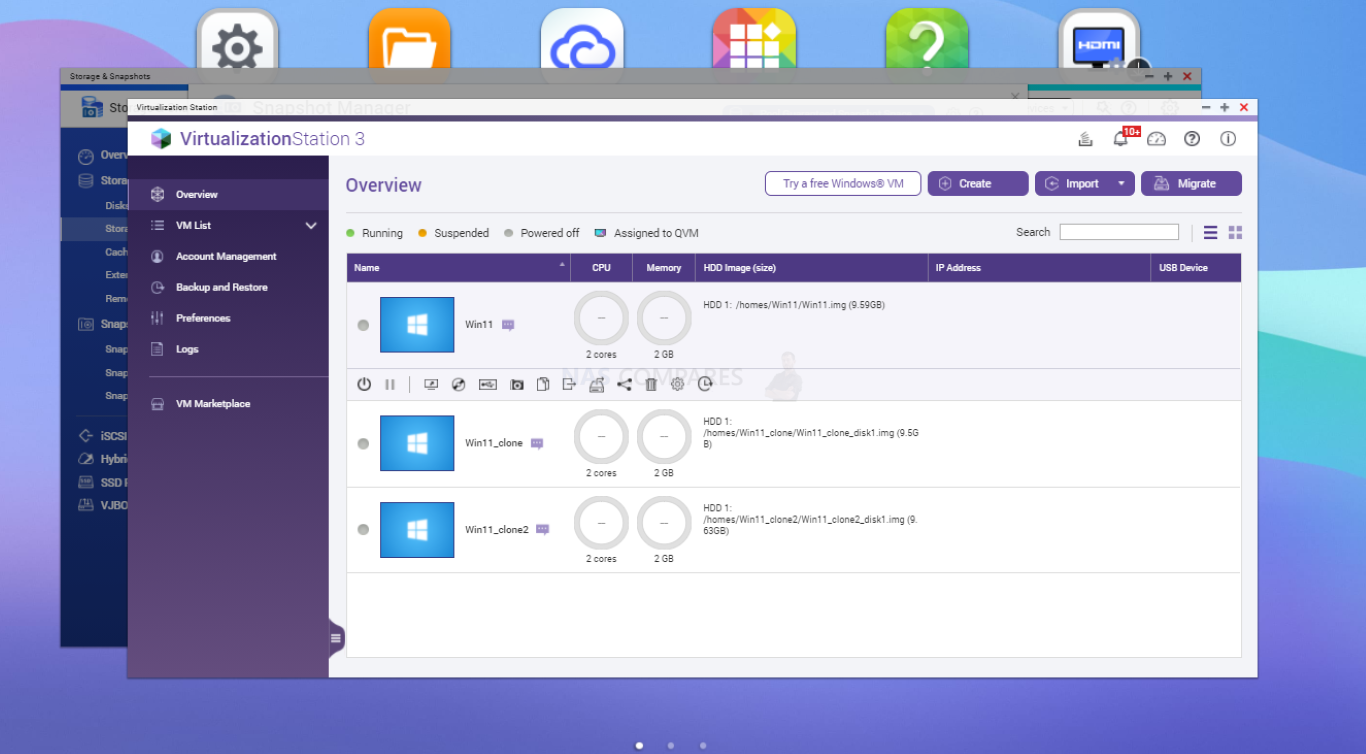
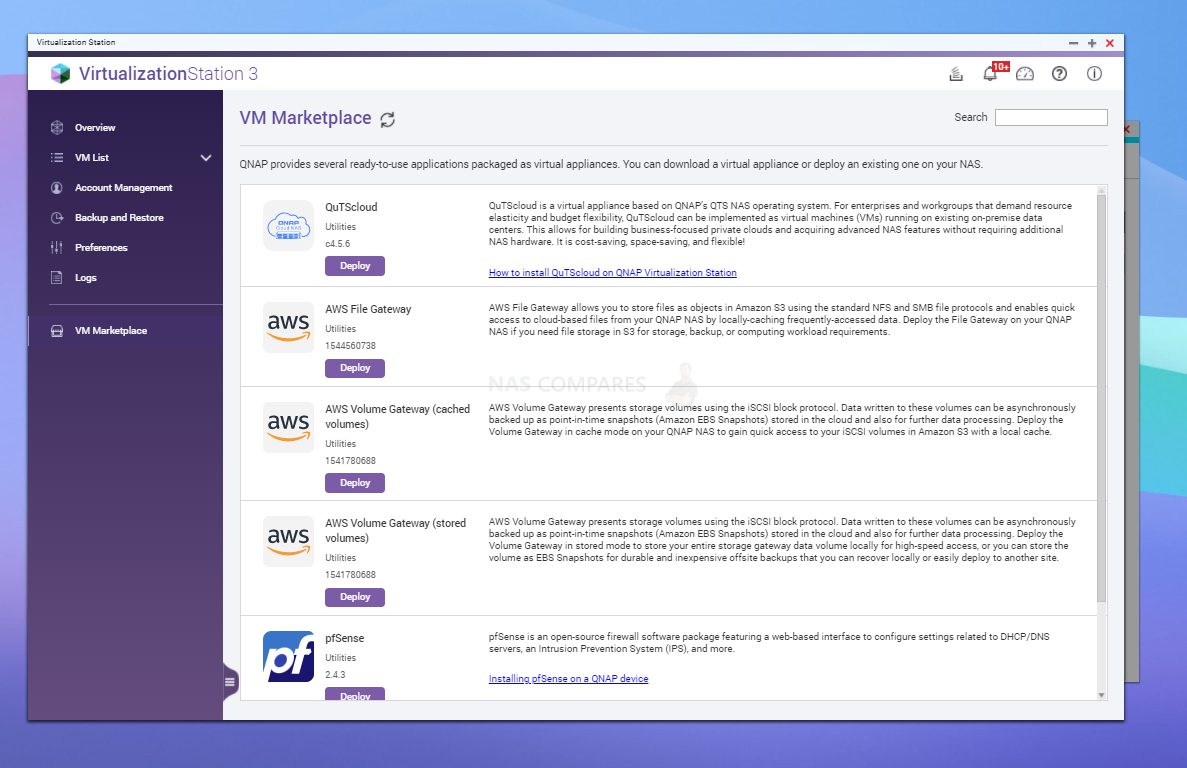
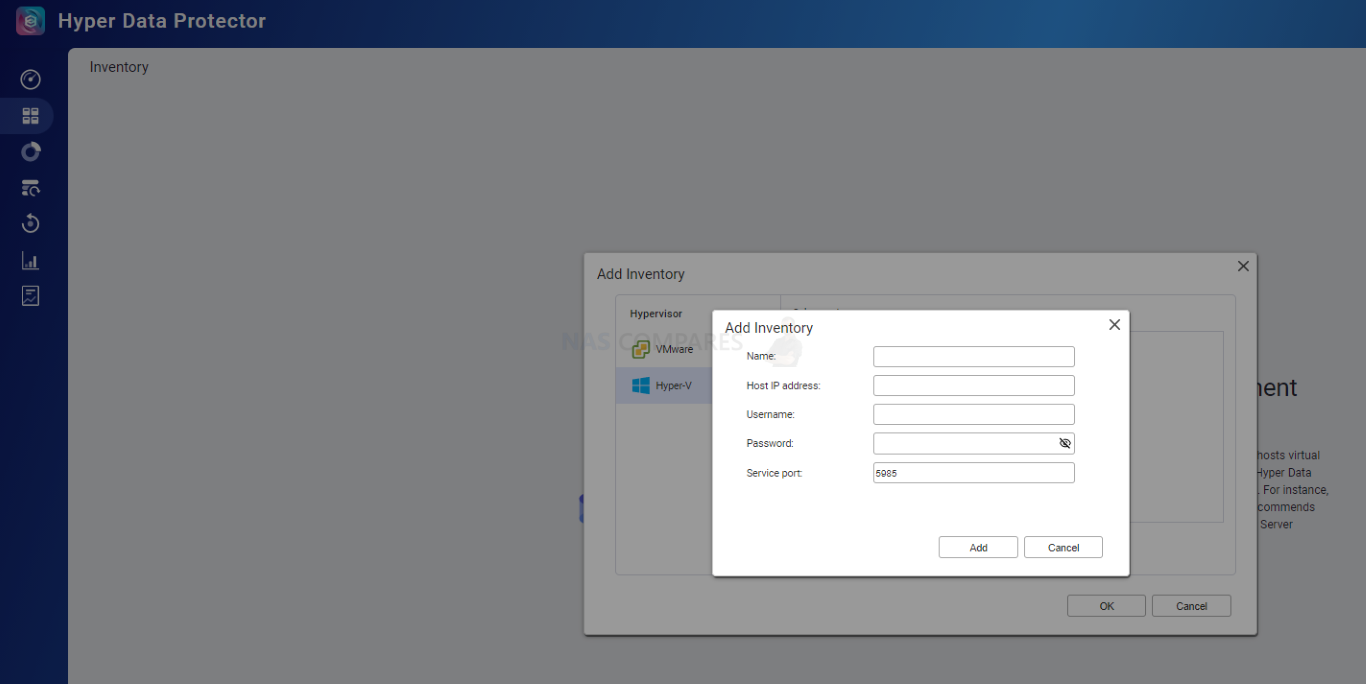
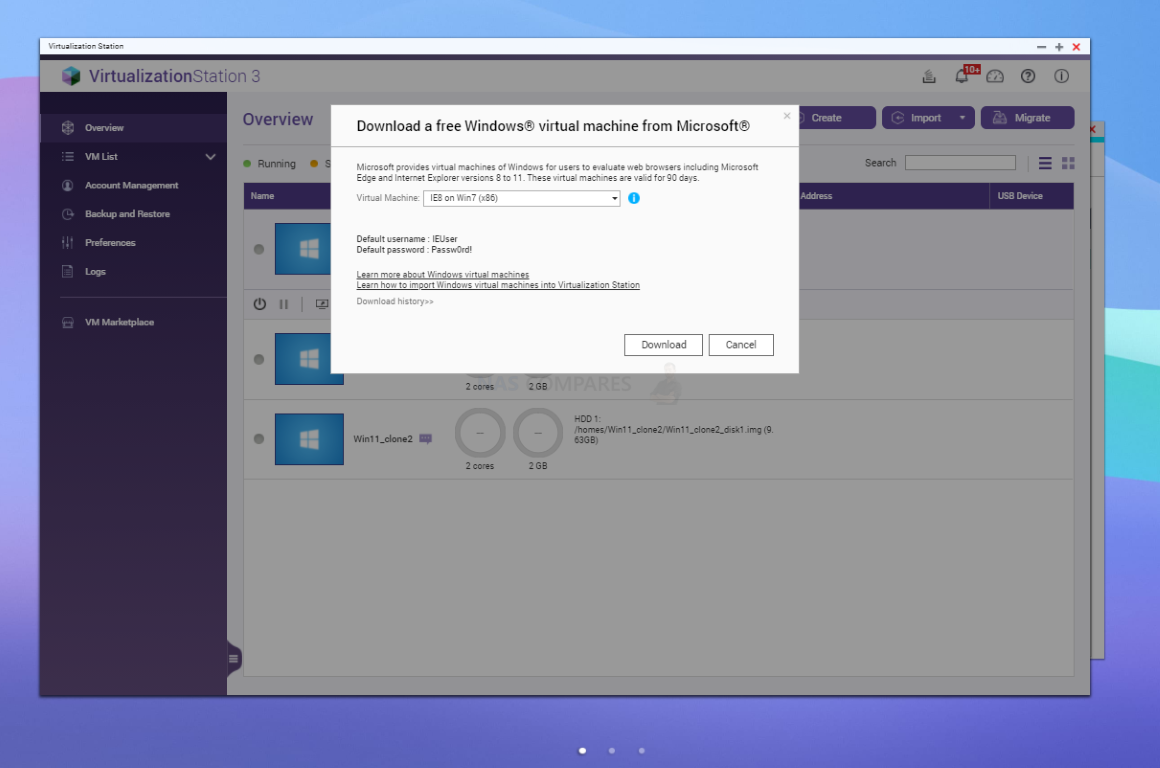
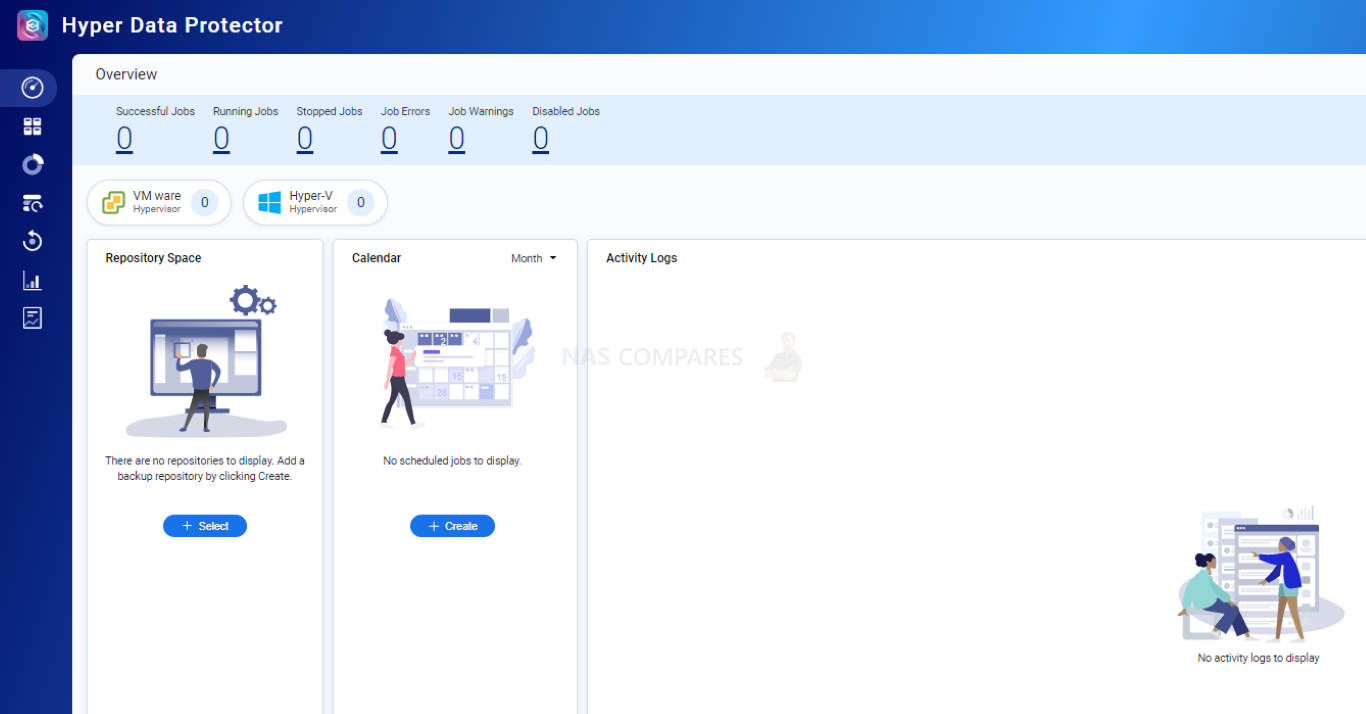
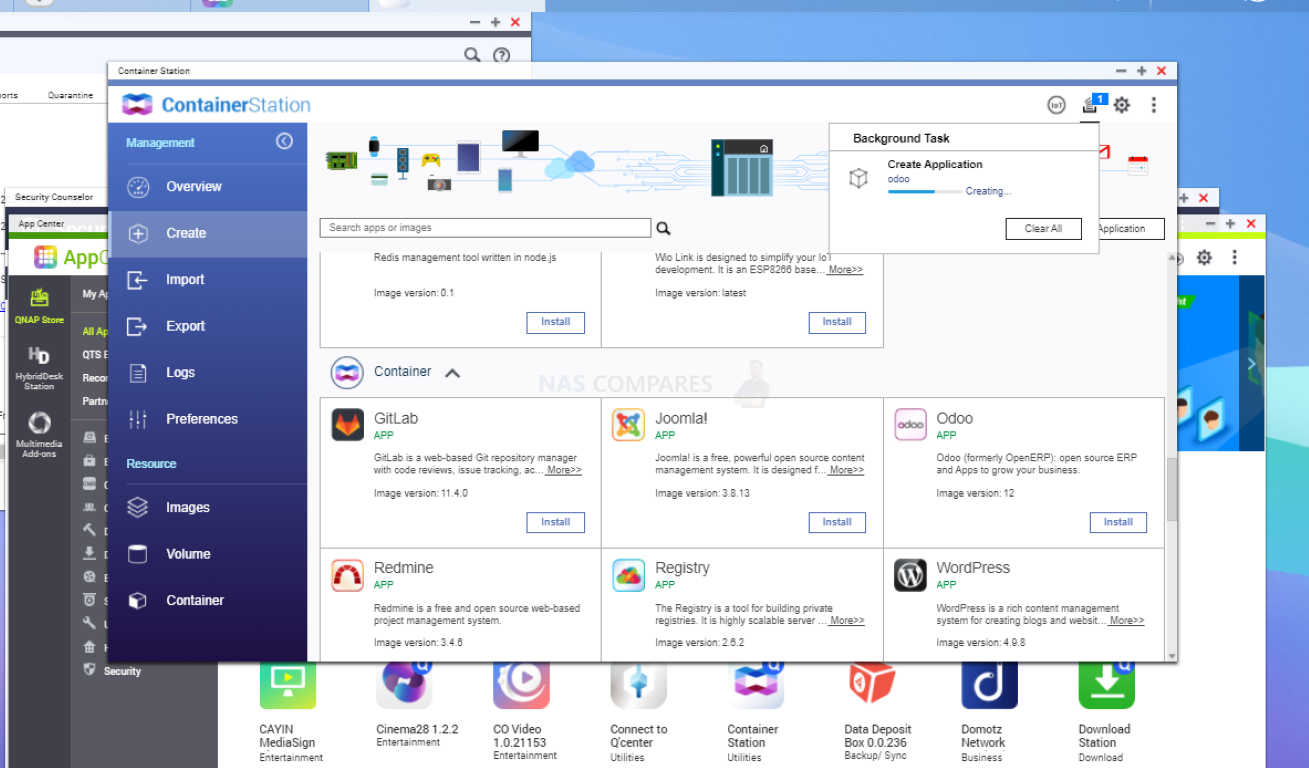
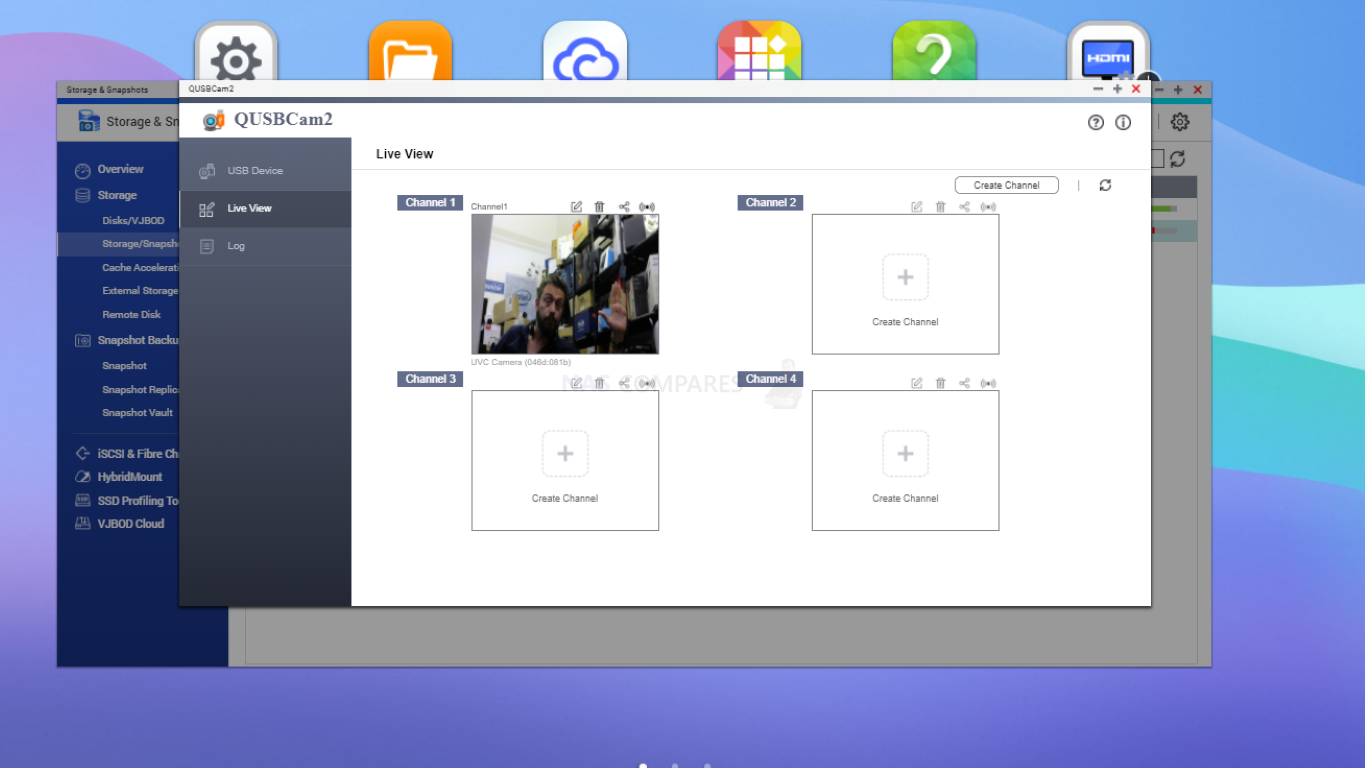
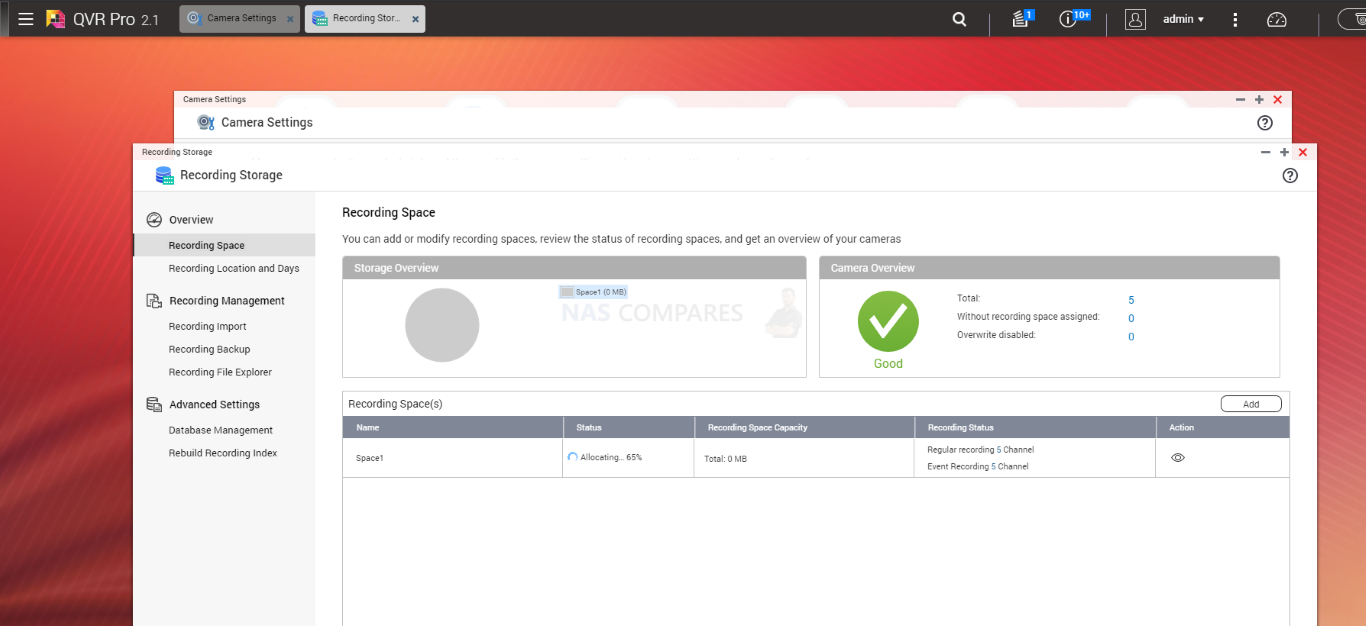
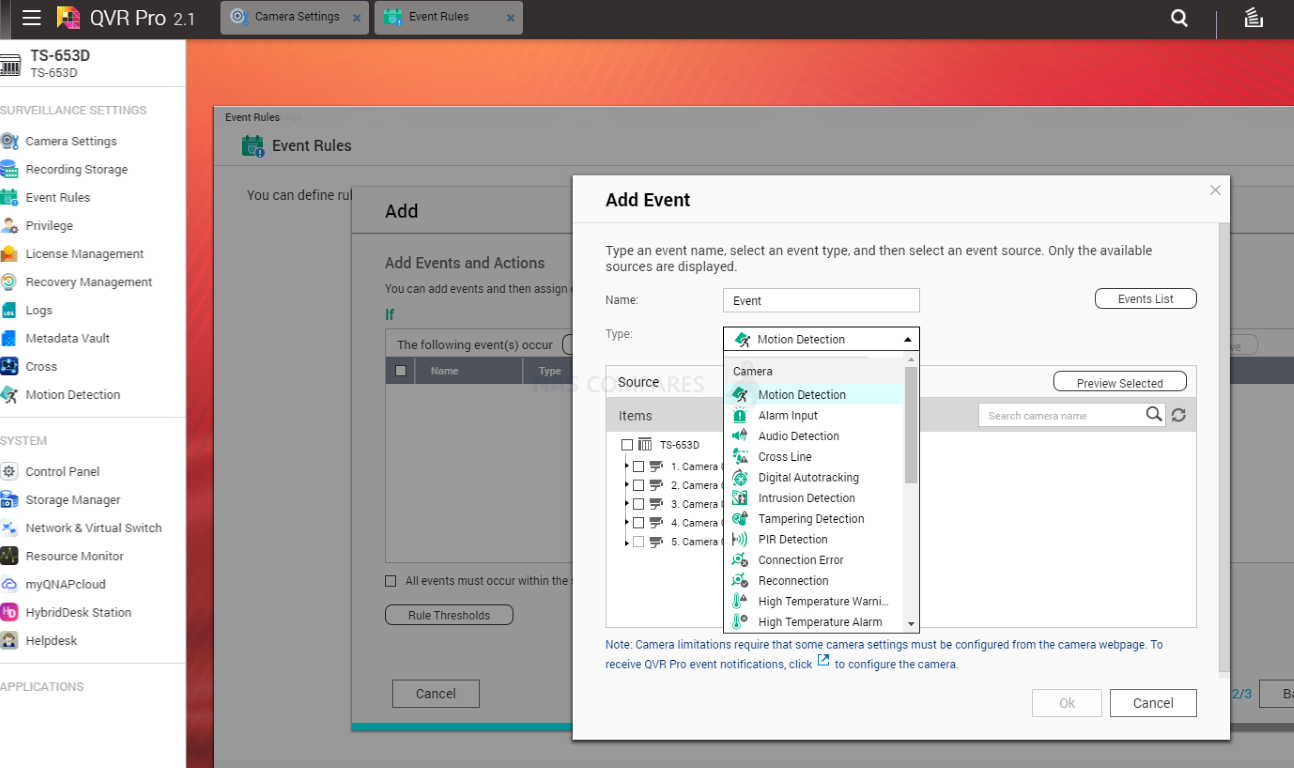
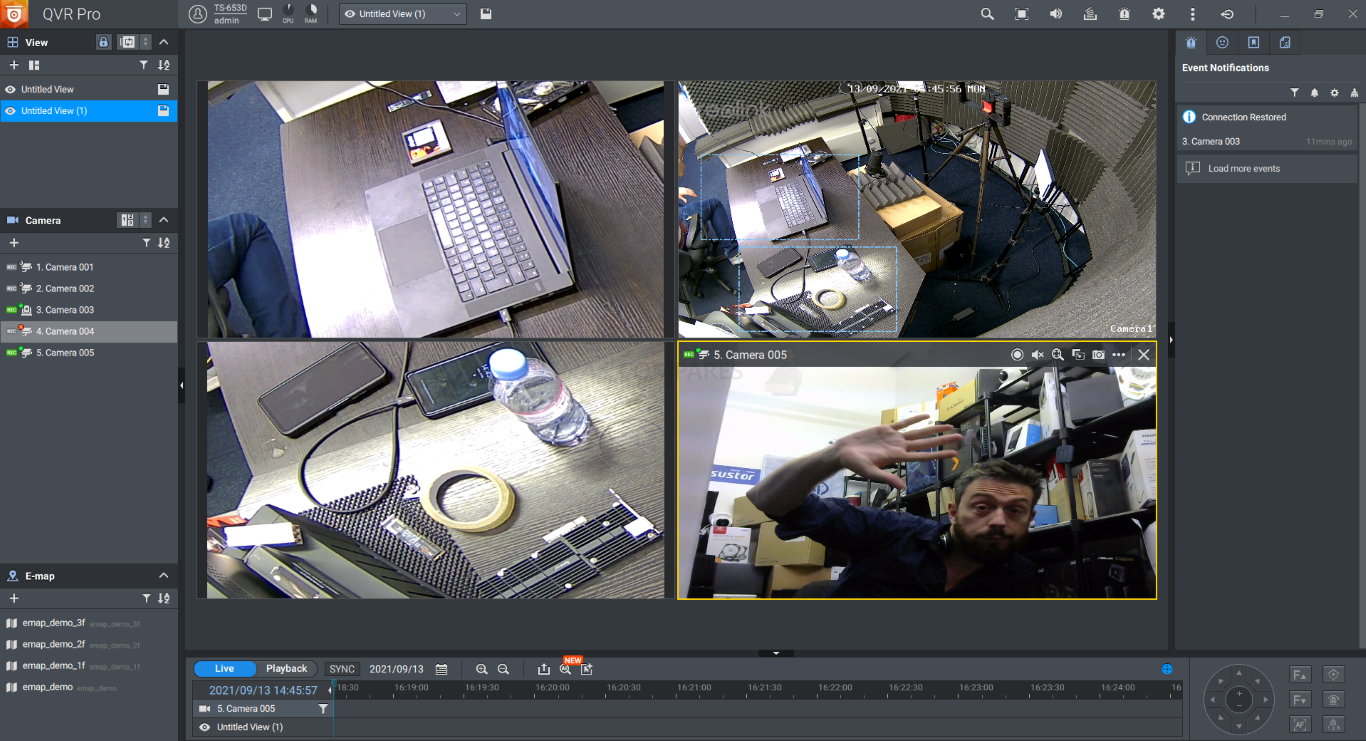
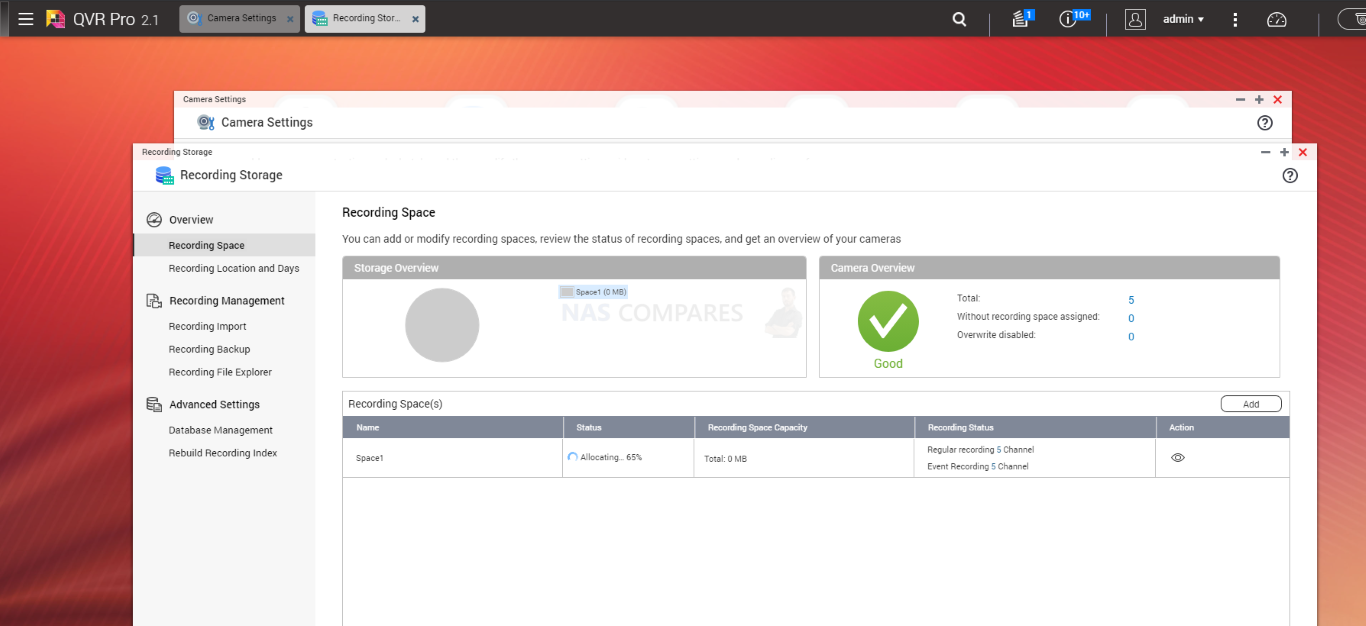
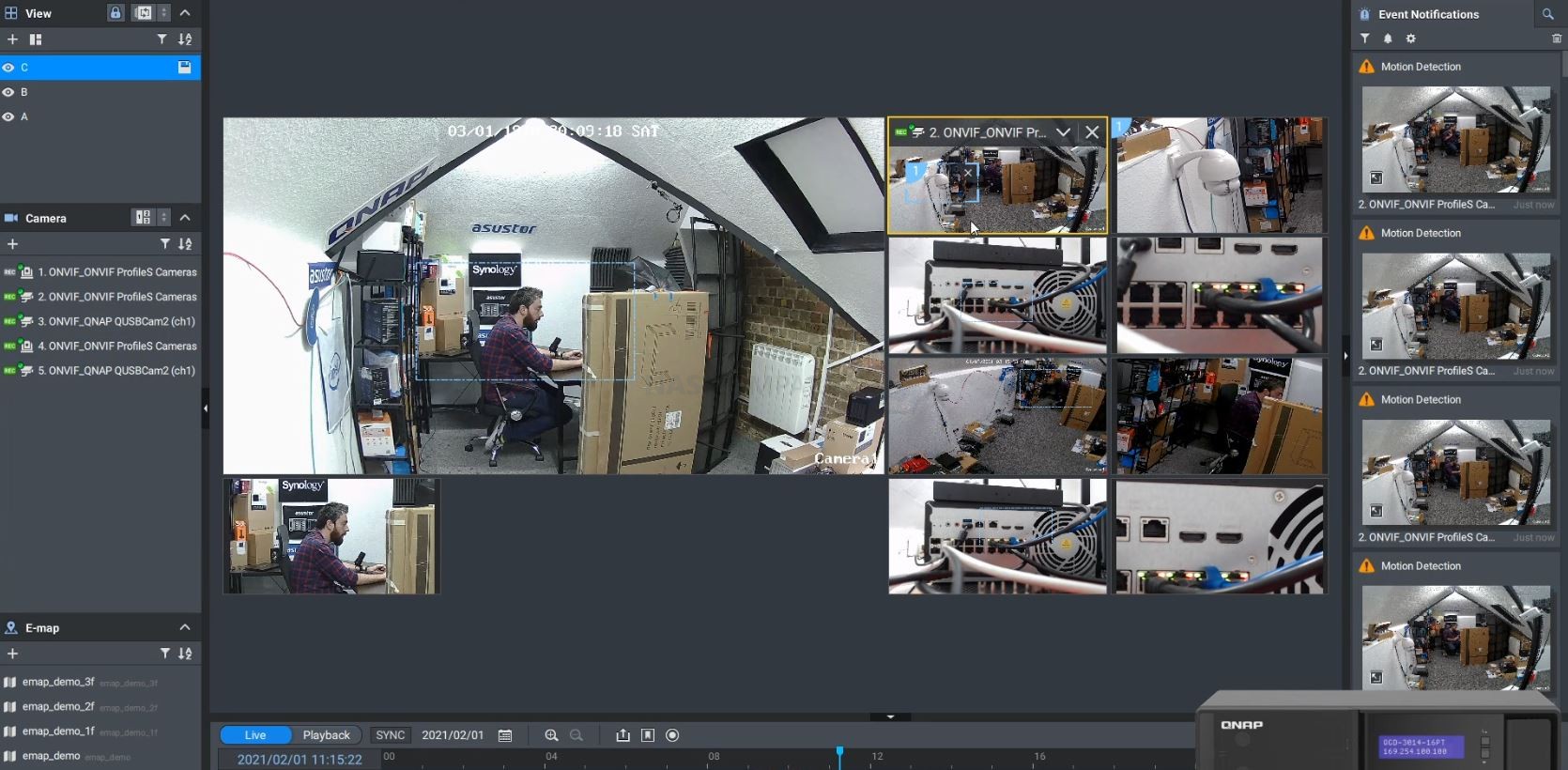

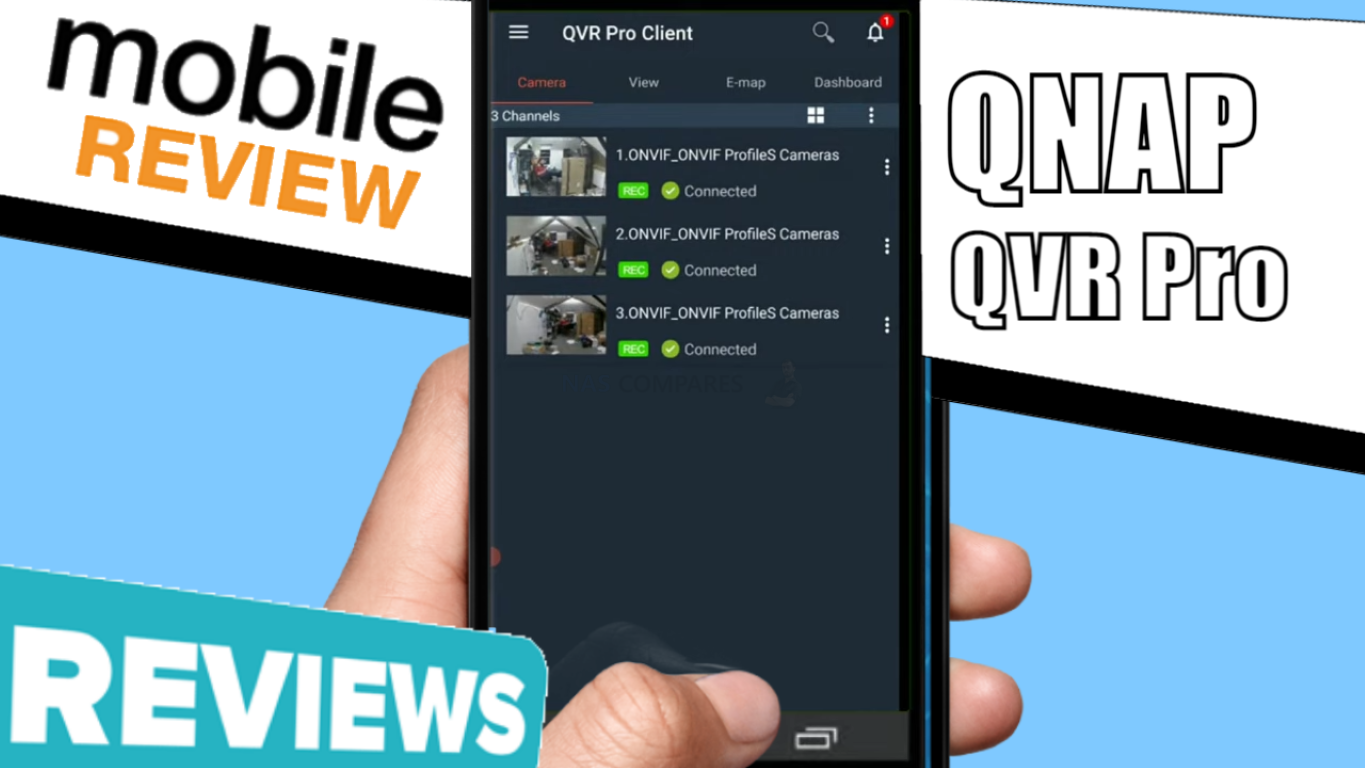





This video must have taken a long time to record and edit. Thanks, it helped me lot.
REPLY ON YOUTUBE
A review without turning it on for us to see and more importantly: hear? I mean you are explaining a lot of good stuff and background information is really interesting. I do feel at some points you talk a lot, but you’re not really giving relevant for us information, like on performance. In my opinion you are really missing some critical points for this to be a good review.
What are the real life read/write/network transfer speeds?
You say you will test software run benchmarks, but I don’t see any links and when searching your channel for this model, this is only thing popping up. So did you never get around to it?
You say it’s meant to be a work horse. My experience is that Arom CPU’s tend to falter quite quickly when you try to run VM’s. Did you test if this “workhorse” can manage a couple of VM’s?
Did you test the tiered pool (hot, warm, cold)? Did you notice (meassure) a noticeable difference in real life with this?
I was really excited when I started watching the review but at the end felt disappointed. You did not even turn it on for us to hear and see. You did not put any real life performance information in it. If you do a follow up, feel free to let me know as there is not much out there on this particular model (which may have added to my disappointment in this review).
I hope you don’t take this badly, I’m trying to give constructive feedback/crticism, not trying to put you down. If I didn’t care about your quality, I would have just clicked on to the next one 🙂
REPLY ON YOUTUBE
Really truly considering the ts 855x for my next NAS this year and you’re right there’s not a lot out there about this beauty yet. I would love to see it fitted with a GPU in one of the
PCIe slots for video transcoding running Plex Media server. Tune-up website says it’s compatible with various 3rd party cards. I may have to do the experiment myself.
REPLY ON YOUTUBE
I would love to see someone run a test on the TS 855x with a 3rd party GPU someday.
REPLY ON YOUTUBE
Way too wordy really needs to be re-edited
REPLY ON YOUTUBE
Great video. Would you recommend this over the TS-H973AX-32G as a NAS to be used on a 10Gbe network for video editing storage?
REPLY ON YOUTUBE
Where are the seagalls?
REPLY ON YOUTUBE
Great video !
Looking to this TS-855X (to replace my old Synology DS413) and not to a new Synology (I already own a DS1821+): this is because Synology wants to oblige their customers to use their own Synology branded NVMe, RAM and disks !
The built-in 10Gb is important for me because I work essentially with large video files, and the 2xSATA bays (with no restriction to create a storage pool on them) is a must have for the VMs.
And I will not be afraid to be in the mess after each operating system update (with Synology I am always afraid that they lock some functions because they detect a non Synology component) !
Now I am about to watch your videos related to QTS and QuTS: still a bit afraid by the “inconstitencies” that you mention in this video…
REPLY ON YOUTUBE
I tried to google what’s the best practice or storage ratio for all the hardware and i couldn’t find anything useful.
I’m looking to install 3x 10 TB HDD and 2 SSD with 2 M.2
What’s the recommended m.2 and ssd storage i should attach to them ? @NASCompares
REPLY ON YOUTUBE
Seeing comments about extremely loud PSU fan. Is that the case?
REPLY ON YOUTUBE
Is it compactable with Dual-Port Thunderbolt 3 Expansion Card ? MFR #QXP-T32P
REPLY ON YOUTUBE
I have an HP Proliant gen 8 server. Pretty good and didn’t cost nearly as much.
REPLY ON YOUTUBE
….but will it LAST anytime past it’s WARRANTY??????? I purchased the QNAP TVS-672XT (in 2020) with all the WIZ BANG “future proof” features at the time and out of NOWHERE the entire system JUST QUITE (NO BOOT). The only “immediate” solution from QNAP (in order to access your data) is to ????PURCHASE A NEW QNAP DEVICE???? and move the hard drives over.
REPLY ON YOUTUBE
What’s next, IBM 286 NASes? This is ridiculous
REPLY ON YOUTUBE
I am not sure if you have done this recently or not.. But i want to know how the qnap software compares to the synology software??? I have a qnap now, but it’s slow as heck and it’s 1 year. I have noticed it being a huge resource hog and the only thing i really run on it is jellyfin which runs way better than plex… I have a drive to drive raid which leaves me with 24TB. of useful drive spare or so. 6 8TB Ironwolf nas drives. Just slow as heck and if Synology is better, i would like to know so i can switch…
REPLY ON YOUTUBE
1399 dollar for an intel atom and 8 gigs of ram? Isnt that a little bit expensive? Because more hardware isnt included.
REPLY ON YOUTUBE
Can i use one drive and after few weeks add second one and create raid 1 without losing data from first drive?
REPLY ON YOUTUBE
In Poland it is available and ready @ stock for 1666Eur.
REPLY ON YOUTUBE
Basically a mini 12/1688X
REPLY ON YOUTUBE
You mentioned that QNAP could have put U.2 bays instead of SATA SSD bays and TS-h973AX has U.2 bays. But TS-h973AX does not have any PCIe slots.
The CPU has limited amounts of PCIe lanes. We can make a PCIe slot or make a U.2 bay. But each 3X4 U.2 bay we make is 1 less 3X4 PCIe slot we can make when it comes to using a CPU with a limited amount of PCIe.
REPLY ON YOUTUBE
Nice review m8 and not a half bad NAS. Still, Atom, I’ll give it a miss. Also IIRC Asustor has a 10 bay NAS in this price range with dual NVMe and 2.5GbE (and Atom SoC). Push comes to shove I’d rather have that then this but Atom SOC’s just aren’t worth it to me.
REPLY ON YOUTUBE
What I would appreciate to understand is if you fully max it out, put it on a 10Gbe switch, what speeds do you get at the end of the line? 4K video editing?
REPLY ON YOUTUBE
Great, detailed review.
Love what you do on your channel!
P.S. BTW, not sure if it is different in the UK, but here in the States the term “kickback” generally means “a payment made to someone who has facilitated an illicit transaction.” Probably not what you meant, though? ????
REPLY ON YOUTUBE
So similar to the QNAP TS-h973AX-8G @ £979 minus the 4 x U.2 NVMe SSD and replaced with 2 x 2,5″ sata drives. Get 4 x U.2 NVMe SSD caddies for M2 NVMe drives and get 2 more bays for £300 approx less? Processor AMD Ryzen Embedded V1000 series V1500B 4-core/8-thread, 2.2 GHz processor with up to 64 GB DDR4 RAM ECC memory.
REPLY ON YOUTUBE
Nice review.
REPLY ON YOUTUBE
Qnap licensing are going to be their killer. They should at least make it free for home use.
REPLY ON YOUTUBE
What about stability between the two?
REPLY ON YOUTUBE
Thanks for all your great videos – I am looking to upgrade my NAS and have settled on a Qnap TS-673A it will be my “home” NAS should I use QTS Hero ZFS or QTS 5 as my OP? Which is best? One of the main things I want to use is MyCloudLink (which I presume I can use on both OP)
REPLY ON YOUTUBE
As a new user you really make what was looking like a dive into the matrix, into something that I can actually folow. Thank you
REPLY ON YOUTUBE
Dose qnap have some sort of hybrid raid ? That back up and save space.
REPLY ON YOUTUBE
Latest QTS 5 firmware update lost every user’s “home” folder when connecting via AFP in a finder window, only shared folders are shown. Even disabling and enabling home folders in users don’t take any effect. Only In browser UI the home folder is working properly.
REPLY ON YOUTUBE
I have TS253be and update to QTS 5.0 but NAS force me to initialize NAS (Reset NAS set up)
My raid was gone (Raid 1) while I Initialized NAS to start 5.0 and I try to back up my data to external hdd
but my 2nd disk was gone while back up I can recovery data 70% (Lost forever 30%) T.T
Do you have problem to upgrade like me?
REPLY ON YOUTUBE
Do you have an ETA for full release QuTS Hero 5.0?
REPLY ON YOUTUBE
I had to roll back.
5.0.0. gave me two weird issues.
1. The fans went to 100% and stuck there, regardless of any setting or actual system temp.
2. (And this one is really weird) IR remote button pushes would be registered twice, but only around 25-33% of the time.
I rolled back AND forward three times to check and double check these issues. I’m staying with 4.5.x until I know 5.x.x has the bugs ironed out.
REPLY ON YOUTUBE
i have found the file permission are better but….. in my case the everyone group has no rights assigned to it when checking on qnap.not denied not ro or rw. when you create a user via qnap and assign rights via windows. somewhere along the line everyone has now changed to denied access…..simply just remove anyone from the resource…but not the right way?
REPLY ON YOUTUBE
FULL Written Review of QNAP QTS 5 – https://nascompares.com/2021/10/08/qnap-qts-5-0-nas-software-review-worth-your-data/
01:50 – Disclaimers & Review Considerations
05:25 – Start – QTS Change of Focus
07:00 – QTS 5 vs QTS 4.5 GUI, Design, The Good, the Bad & the Awkward
10:13 – Responsiveness
10:44 – Things That Have Not Changed
11:30 – Security, Notifications & Control
14:25 – Control Panel
15:39 – Storage Manager
17:25 – Remote Mounting & Cloud Gateways
18:40 – File Management
20:30 – Multimedia Control & Sharing
27:00 – Storage Continued – Health & Checks
29:00 – Synchronization & Backup Tools
36:35 – Virtual Machines, Containers & Ubuntu VMs
41:05 – VMware, Hyper-V and SaaS Backups
43:14 – HDMI Services & HD Station
45:00 – Surveillance Tools & Services
49:00 – Licenses, Good & Bad
51:00 – QSirch, QFile, Teamviewer, Hybrid Mount and the Conclusion
REPLY ON YOUTUBE
Add chapters to this video
REPLY ON YOUTUBE
I have a TVS 873e when i seach for the upgrade to QTS 5 on the QNAP site it is not showing it for me. the highest firmware is 4,5,4 1800 am i not able to run V5?
REPLY ON YOUTUBE
Why the full release of QTS 5.0 is not arrived yet on TS-X53D series ?
REPLY ON YOUTUBE
awesome, perfect video as always; you’re the best source for nas – especially on qnap, i would say. Possessor of the – NOWADAYS pretty old – ts231+P and i still use it as my daily driver; with the new qts 5 now, seems even more faster
REPLY ON YOUTUBE
That robot reminds me of the old MS office “clippy”… Luckily he doesn’t ask “it appears you are trying to…” ????
REPLY ON YOUTUBE
That robot in the corner…. Reminds me of clippy… kill it with fire!
REPLY ON YOUTUBE
How did you get this installed on a TVS-872X? I am trying to get it on my TVS-872XT and this model is not officially supported on this initial 5.0 release.
REPLY ON YOUTUBE
First! Always love the content!
REPLY ON YOUTUBE